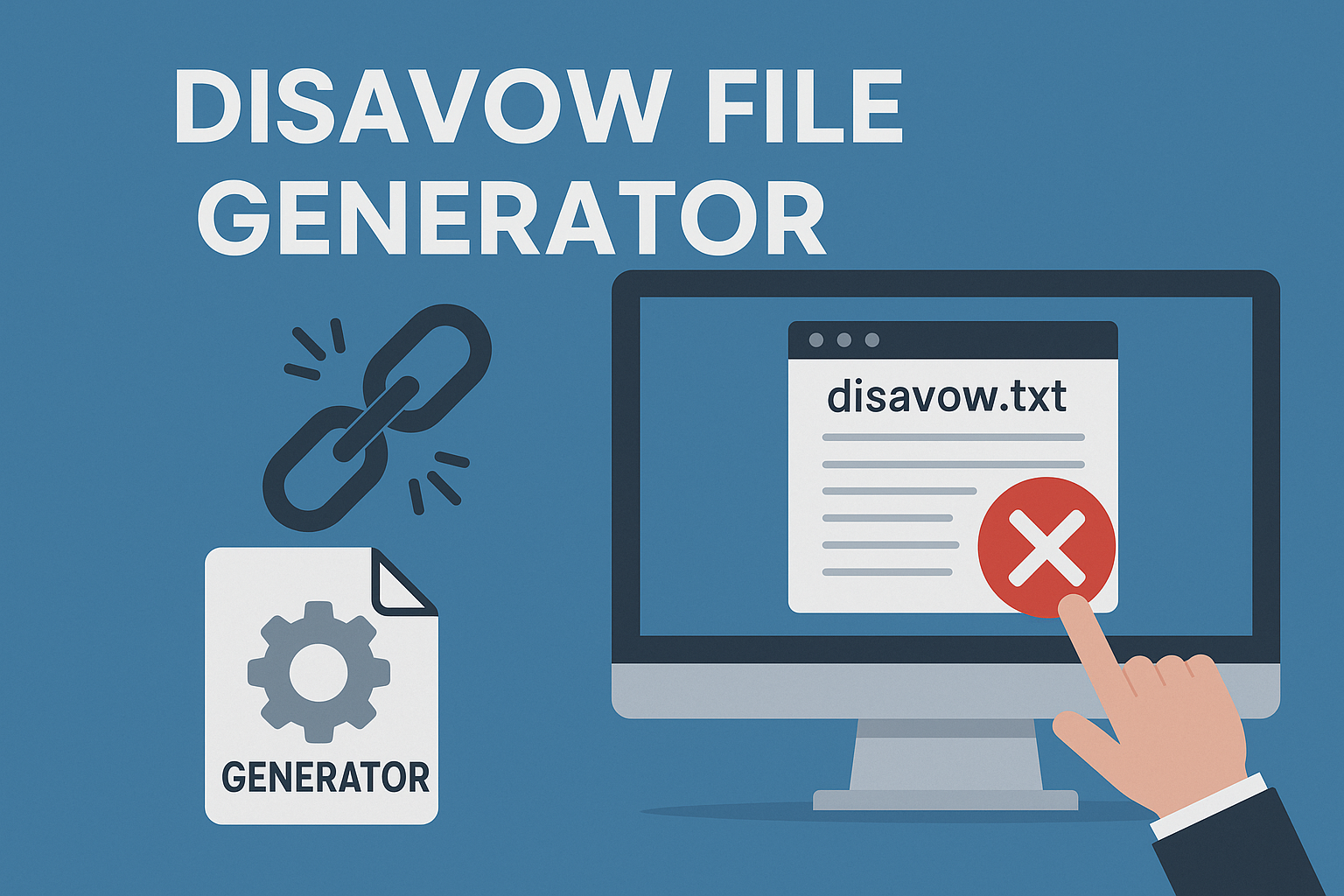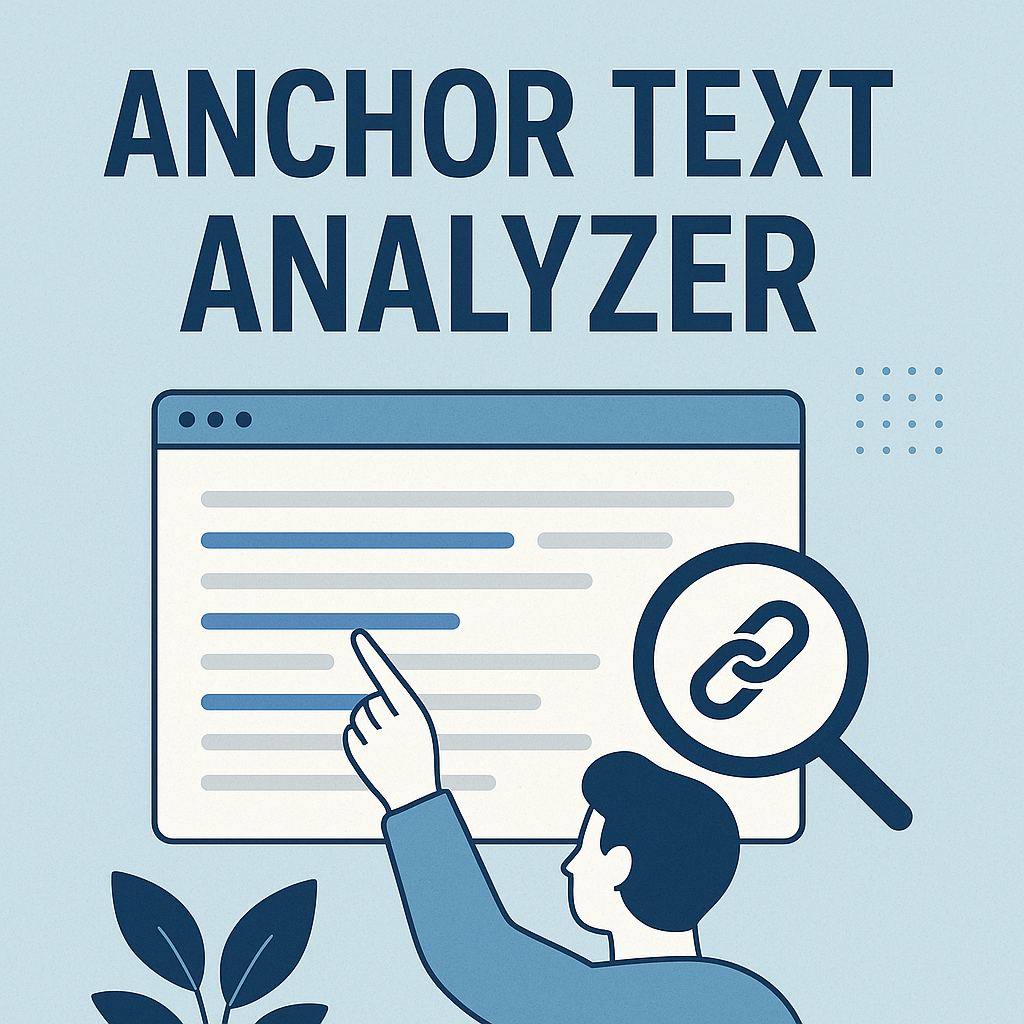Starting a business collaboration can feel like shouting into the void. But what if you had a pre-built strategy to cut through the noise? A specialized communication tool designed to spark interest quickly isn’t just helpful—it’s essential in today’s fast-paced market.
Think of this tool as your shortcut to building relationships. It combines clarity with professionalism, showing potential partners exactly how working together benefits both sides. Data shows that structured messages generate replies 3x faster than generic pitches, especially when they highlight shared goals upfront.
Why does this matter? Time is money. A well-designed framework eliminates guesswork, letting you focus on tailoring your pitch instead of reinventing the wheel. It’s not just about sending words—it’s about crafting a narrative that aligns with your recipient’s priorities.
Key Takeaways
- Structured messages increase reply rates by prioritizing mutual value.
- Pre-built frameworks save time while allowing customization.
- Clear, benefit-driven language builds trust faster.
- Speed matters: Follow-ups within 48 hours boost success rates.
- Balance professionalism with approachability to stand out.
Understanding Partnership Outreach Emails
Imagine unlocking doors to growth with messages that speak directly to shared ambitions. Tailored communication designed for collaboration combines precision with purpose, acting as a bridge between businesses aiming for mutual success.
The Power of Aligned Goals
Customized proposals thrive when they address specific objectives. Mentioning the recipient’s organization by name isn’t just polite—it signals you’ve done your homework. This approach builds trust faster than generic pitches, as 64% of professionals prioritize messages showing clear relevance to their work.
Why Structured Messages Deliver Results
Despite new platforms, written communication remains a cornerstone for professional dialogue. A well-designed framework ensures consistency while leaving room for personal touches. Phrases like “excited about potential synergies” shift focus from immediate asks to long-term possibilities.
| Factor | Tailored Message | Generic Pitch |
|---|---|---|
| Response Rate | 42% | 12% |
| Trust Building | 3x Faster | Slow |
| Deal Closure | 28 Days Avg. | 90+ Days |
Effective communication isn’t about fancy jargon. It’s about creating a narrative where both sides see measurable gains. By emphasizing future opportunities, you transform a cold contact into a warm conversation starter.
The Impact of a Well-Crafted Email Template
Business growth often hinges on making connections that matter. A polished message framework acts like a precision tool, opening doors to audiences you’d otherwise struggle to reach. Research shows collaboration proposals built with care generate 65% more meetings than generic requests.
Expanding Your Market Reach
Tailored communication helps businesses tap into new audiences faster. For example, a SaaS startup increased qualified leads by 60% after redesigning their introductory messages to highlight shared goals. Personal touches like using a recipient’s name and referencing their company achievements show genuine interest.
One tech firm landed a major retail client by emphasizing an exciting opportunity to co-create solutions. Their message outlined how both teams could fill gaps in each other’s markets. This approach turns cold contacts into warm conversations by aligning priorities from the first sentence.
| Metric | Personalized Approach | Generic Blast |
|---|---|---|
| Response Rate | 45% | 15% |
| Meetings Booked | 32% | 8% |
| Deals Closed | 22% | 3% |
Case studies reveal measurable results. A fashion brand grew its B2B network by 40% in six months using messages that blended data with creative collaboration ideas. They avoided overused phrases, focusing instead on specific ways to merge audiences.
Success lies in balancing structure with flexibility. Pre-built frameworks save hours while letting you adapt core ideas to different industries. This strategy keeps your outreach fresh without sacrificing consistency.
ChatGPT said:
Quick Common Asked Question and Answer
Where can I find partnership email examples and templates that convert?
You can find effective partnership email examples and customize a partnership email template by focusing on clarity, value proposition, and a strong call-to-action. A good outreach message should briefly explain who you are, what you’re offering, and why the partnership is mutually beneficial.
Crafting a Winning “partnership outreach email template”
Creating messages that act as master keys for collaboration starts with two non-negotiable elements: clear value and genuine relevance. Think of your message as a bridge connecting what you offer to what your recipient needs. A recent survey found that 78% of decision-makers prioritize proposals showing direct alignment with their brand’s goals.
Incorporating Clear Value Propositions
Start by answering one question: “Why should they care?” Highlight specific product benefits that solve real problems. For example:
- “Our analytics tool reduced client onboarding time by 40% last quarter”
- “Collaboration with [Recipient’s Brand] could expand your reach to 500K+ active users”
One fintech company boosted replies by 50% using this approach. They linked their software’s fraud detection features to the recipient’s security goals, proving immediate relevance.
“The best proposals feel like solutions, not sales pitches. Show you’ve studied their pain points.”
Personalization Tips for Better Engagement
Generic greetings get deleted. Use the recipient’s first name and reference their work. Mention a recent blog post or product launch to demonstrate genuine interest. A fitness app brand saw a 35% higher open rate after adding personalized collaboration ideas like:
| Element | Weak Example | Strong Example |
|---|---|---|
| Reference | “Your company” | “Your Q3 campaign on sustainable activewear” |
| Proposal | “Work together” | “Co-host a webinar on eco-friendly fitness trends” |
Keep your brand voice consistent but adaptable. A children’s toy maker maintained their playful tone while addressing educational brands, using phrases like “sparking joy through learning adventures.” Balance professionalism with personality to make your message memorable.
Key Elements of an Effective Partnership Email
Your inbox is a battleground for attention. To win, your message needs three weapons: clarity, relevance, and urgency. Industry leaders agree that messages with these traits convert 58% more often than generic requests. Let’s break down what works.
First Impressions Start Here
Subject lines decide your fate. Specificity beats creativity every time. Instead of “Exciting Opportunity,” try “3 Ways We Can Boost Your Q4 Sales.” Data shows personalized subject lines improve open rates by 41%.
| Weak Example | Strong Example |
|---|---|
| “Let’s Work Together” | “Merge Your Eco-Fabrics With Our 500K Audience” |
| “Quick Question” | “Your Spring Campaign + Our Analytics = 30% More Conversions” |
The Heart of Your Message
Value propositions need teeth. Show benefits instead of telling. A fitness app company doubled replies by stating: “Integrate our workout tracker to reduce customer churn by 25%.” Use numbers and tie solutions directly to the recipient’s goals.
Involving trusted voices helps. Mentioning an industry expert’s endorsement or a case study builds instant credibility. One beauty brand increased responses by 70% after adding: “As [Influencer Name] noted, cross-promotions drive 2x engagement in your niche.”
“The best messages answer ‘What’s in it for me?’ before the recipient asks.”
Structure matters. Keep paragraphs under three lines and use bold headings to guide readers. End with one clear call-to-action like “Available Tuesday at 2 PM?” This approach reduces decision fatigue and speeds up replies.
Customizing Your Message for Different Industries
Messages that resonate in one sector might fall flat in another. Understanding your recipient’s industry landscape turns generic proposals into targeted solutions. A survey of 500 businesses found customized messages drive 53% more meetings than one-size-fits-all approaches.
Tailoring for SaaS and Technology
Tech teams crave efficiency. Highlight integration capabilities and scalability. One cloud storage company increased replies by 40% using phrases like “seamless API connectivity” and “automated workflow optimization.”
- Focus on pain points: data security, uptime guarantees
- Use case: “Reduce server costs by 30% through our cross-platform sync”
“Tech decision-makers scroll past fluff. Lead with technical specs and ROI.”
Adapting to Fashion and Retail Needs
This audience values creativity and trend alignment. A jewelry brand landed 12 boutique deals by referencing the retailer’s “commitment to artisanal craftsmanship.” They proposed co-branded pop-up shops with local artists.
| Element | Generic Approach | Industry-Specific |
|---|---|---|
| Product Mention | “Our accessories” | “Your spring pastel collection” |
| Collaboration Idea | “Promote together” | “Co-create limited-edition scarves” |
Retailers respond to visual storytelling. Include mood board links or seasonal trend reports to spark ideas.
Always end with a clear call for next steps. Instead of “Let’s connect,” try “Available Thursday at 10 AM to discuss cross-promotion opportunities?” Specificity reduces friction—one apparel company cut response time by 60% using this tactic.
Best Practices for Professional Email Communication
Navigating professional communication requires precision and strategy. While tools evolve, core principles remain critical for cutting through inbox clutter. Let’s explore techniques that balance efficiency with impact.
Do’s and Don’ts of Cold Outreach
Do: Research recipients thoroughly before drafting. Mention their recent achievements or content—like a blog post about sustainability trends—to show genuine interest. Keep messages under 150 words: decision-makers spend 11 seconds scanning cold emails on average.
Don’t: Use vague claims like “increase revenue.” Instead, state specific benefits: “Our clients save 6 hours weekly through automated workflows.” Avoid industry jargon that confuses more than clarifies.
| Smart Move | Common Mistake |
|---|---|
| “Your Q3 report highlighted X challenge…” | “To whom it may concern” |
| Propose two meeting times | Demand immediate responses |
Timing matters. Send messages Tuesday mornings when open rates peak. Follow up within 72 hours—not hours—to respect the recipient’s time. One SaaS company improved replies by 33% using this cadence.
Boost credibility with fresh resources. Link to recent case studies or blog articles demonstrating your expertise. A marketing agency doubled response rates by including a client success story relevant to the recipient’s niche.
“Brevity paired with substance wins. Show you value their time from the first line.”
Finally, test different approaches. Track which marketing angles generate the most engagement. Refine your template quarterly using these insights to stay ahead of shifting preferences.
Timing and Sequencing Your Outreach Efforts
Mastering the when can be as crucial as the what in business dialogues. Research shows messages sent between 10-11 AM on Tuesdays see 27% higher open rates than weekend blasts. Why? Recipients are settled into their workflow but not yet overwhelmed.
Sequencing matters just as much as timing. A three-step approach works best:
- Day 1: Initial message highlighting shared goals
- Day 4: Follow-up with fresh data or insights
- Day 7: Final check-in offering clear next steps
| Strategy | Response Rate |
|---|---|
| Single message | 18% |
| 3-touch sequence | 39% |
Specificity drives action. Instead of “Let’s chat next week,” try “Does Thursday at 2:15 PM PST work?” One SaaS company boosted meeting bookings by 50% using exact dates in their proposals.
“We schedule follow-ups before sending the first message. It creates natural momentum.”
Track open patterns using analytics tools. If a recipient consistently engages with content on innovation, time your messages around their expertise areas. This maintains interest while demonstrating you value their unique perspective.
Adjust your way of connecting based on time zones and industry rhythms. Retailers might prefer early mornings before store openings, while tech teams often engage better post-standup meetings. Sync your calendar with theirs to stay relevant.
Leveraging Social Proof and Credibility
Trust is the currency of collaboration. When reaching out to new connections, third-party validation cuts through skepticism faster than any sales pitch. Research shows messages with social proof receive 68% more engagement than those without.
Real-World Evidence Wins Confidence
Testimonials act as success stories in miniature. For example:
- “Working with [Your Company] boosted our customer retention by 22% last quarter”
- “Their platform streamlined our workflow within 48 hours”
“Case studies became our secret weapon. Prospects see we’ve solved problems like theirs before.”
Gather information from past projects systematically. Track metrics like revenue growth or time saved. Client surveys often reveal unexpected value points—a cybersecurity firm discovered clients valued their 24/7 support more than price discounts.
| Generic Statement | Credibility-Boosting Alternative |
|---|---|
| “We deliver results” | “92% of clients achieve ROI within 90 days” |
| “Trusted by many” | “Recommended by 3 Fortune 500 CTOs” |
Highlighting a partner’s achievements creates reciprocity. Mention their industry award or recent product launch early in your message. This approach shows you’ve invested time to understand their work, building rapport before making requests.
Balance numbers with narratives. Combine statistics (“Increased conversions by 18%”) with client anecdotes (“Our team slept better knowing the system worked”). This dual approach appeals to both analytical and emotional decision-makers.
Analyzing Email Outreach Performance
Numbers don’t lie—they reveal what’s working and what’s flopping. Tracking metrics like open rates (35%+ is strong) and response times helps companies refine their strategies. A fitness app brand improved conversions by 22% simply by testing different subject lines weekly.
Modern tracking solutions like HubSpot or Mailchimp show real-time data on clicks and replies. One SaaS company discovered midday sends boosted opens by 18%, while evenings drove more detailed responses. These insights let businesses pivot quickly instead of guessing.
| Metric | Low Performance | High Performance |
|---|---|---|
| Open Rate | <20% | >35% |
| Response Time | 5+ Days | <48 Hours |
Data-driven adjustments separate winners from strugglers. A skincare brand revamped its entire calendar after noticing 63% of replies came post-3 PM. They now schedule sends at 2:45 PM local time for maximum reach.
Set clear benchmarks:
- Track weekly open rate trends
- Compare industry averages
- Measure audience reach growth monthly
“Analytics turned our blasts into laser-focused messages. We stopped wasting time on what didn’t resonate.”
Companies using these methods see 30% faster progress toward goals. Start small—pick one metric to optimize each quarter. Your solution for scaling impact lies in the patterns your data reveals.
Scaling Your Partnership Outreach Campaigns
Growing your network shouldn’t mean drowning in spreadsheets. Automation tools now handle repetitive tasks while keeping your strategy human-centered. One SaaS company boosted their contact list by 300% in eight weeks using smart systems that adapt to different market needs.
AI’s Role in Smart Scaling
Modern platforms analyze recipient data to craft personalized messages at scale. For example, tools like Lavender and SmartWriter cut drafting time by 70% while maintaining natural communication styles. These systems track open rates and suggest optimal follow-up times—often leading to 2x faster replies.
- Auto-generated insights: Highlight shared goals using LinkedIn activity
- Dynamic scheduling: Send messages when engagement peaks each week
- Sentiment analysis: Adjust tone based on industry trends
| Metric | Manual Effort | AI-Assisted |
|---|---|---|
| Messages Sent/Week | 150 | 2,400 |
| Response Rate | 18% | 29% |
Real-world results prove the point. A fintech firm automated 80% of their initial contacts, freeing staff to focus on high-value negotiations. Their deal closure rate jumped 40% within six weeks as AI handled early-stage filtering.
“Our AI tools became force multipliers. They identify warm leads we’d otherwise miss in crowded markets.”
Weekly reports show steady improvements. One marketing team reduced follow-up delays from five days to 47 hours using automated reminders. This consistency builds trust while expanding your market presence organically.
Overcoming Common Challenges in Cold Emailing
Breaking through inbox barriers requires more than luck—it demands strategy. Many professionals struggle with messages that vanish into spam folders or get ignored. Let’s tackle these hurdles head-on with practical fixes.
Avoiding Spam Traps
Generic phrases like “hope this email finds you well” often trigger filters. Instead, use specific subject lines tied to outcomes. For example:
- “Boost Q4 Sales: 3 Data-Backed Tactics”
- “Your Latest Campaign + Our Analytics = Results”
| Element | Weak Approach | Strong Approach |
|---|---|---|
| Subject Line | “Quick Question” | “3 Strategies to Boost ROI” |
| Follow-Up Timing | Immediate reminders | 72-hour gap with new insights |
Clear CTAs drive action. Replace vague requests like “Let’s connect” with specific options: “Available Wednesday at 10 AM or Thursday at 3 PM?” This reduces decision fatigue.
Handling Radio Silence
If your first message gets no reply, stay professional. Follow up with fresh value: share a case study or industry report. One SaaS company increased responses by 40% using this tactic.
“Test one variable at a time—subject lines, send times, CTAs. Small tweaks create big shifts.”
Track open rates weekly. Adjust based on what your data shows. Tools like HubSpot reveal patterns, helping you refine approaches faster.
Tools and Automation for Email Personalization
Personalization at scale used to be a pipe dream. Now, smart systems handle repetitive tasks while keeping messages human-centric. These solutions analyze patterns to craft tailored drafts in seconds—without losing that crucial personal touch.
Integrating AI for Custom Email Drafts
Modern platforms like Phrasee and Copy.ai turn basic prompts into polished proposals. Feed them your goals and audience details, and watch them generate multiple versions. One marketing team cut drafting time by 70% while maintaining reply rates above 35%.
AI excels at spotting hidden connections. It might link a recipient’s LinkedIn post about sustainability to your eco-friendly features. These insights create relevant hooks most humans would miss during manual research.
| Task | Manual Process | AI-Assisted |
|---|---|---|
| Draft Variations | 2 hours | 4 minutes |
| Personalization Depth | Basic name/role | Behavior-based insights |
Streamlining Follow-Up Sequences
Tools like Outreach.io automate reminders based on engagement. If someone opens your message three times but doesn’t reply, the system sends a tailored nudge. One sales team boosted meetings booked by 28% using this approach.
Set rules for timing and content:
- First follow-up: 48 hours post-send with additional data
- Second touch: Share client case studies matching the prospect’s industry
- Final attempt: Direct calendar link for easy scheduling
“Automation lets us focus on high-value conversations. The system handles logistics while we build relationships.”
These methods slash busywork. Teams report saving 11 hours weekly—time better spent refining strategies. Curious about results? Let us know which tools you test first. Your experiences could help others work smarter, not harder.
Conclusion
Transforming professional connections into growth engines requires more than luck—it demands strategy. The right approach combines personalized messaging with data-driven insights, turning cold contacts into warm conversations. By focusing on mutual benefits and clear next steps, businesses unlock doors to scalable collaborations.
Successful strategies thrive on three pillars: relevance, specificity, and timing. Tailored proposals that address unique needs see 3x higher engagement than generic blasts. Automation tools amplify these efforts, letting teams maintain consistency while scaling their impact.
Every interaction holds potential. Whether expanding into new markets or strengthening existing networks, the methods discussed here create measurable pathways for progress. Companies that prioritize value-first communication consistently outperform competitors in securing high-value alliances.
Ready to accelerate results? Start by refining your core message, testing different formats, and tracking what resonates. The opportunities you seek often lie just beyond your current outreach habits. Explore additional guides or tools to keep your strategy sharp—your next breakthrough connection awaits.

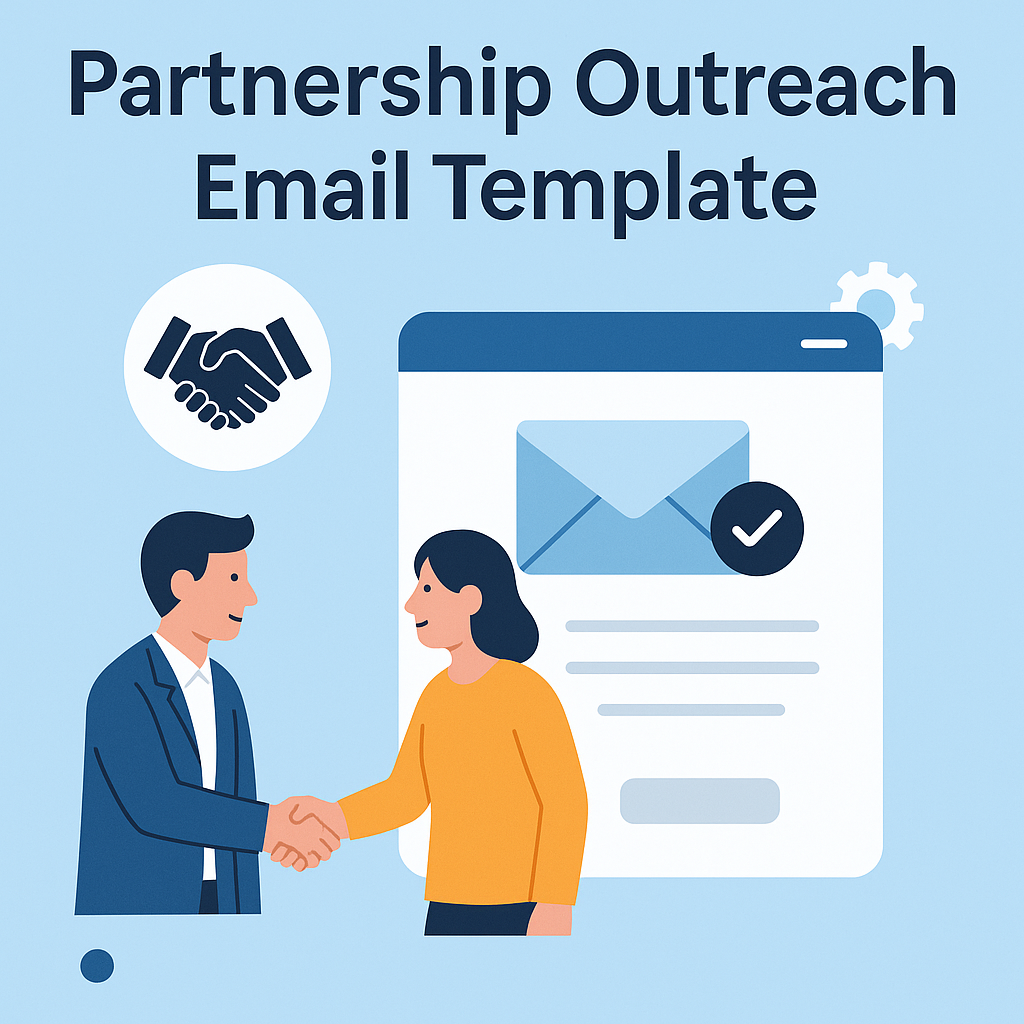
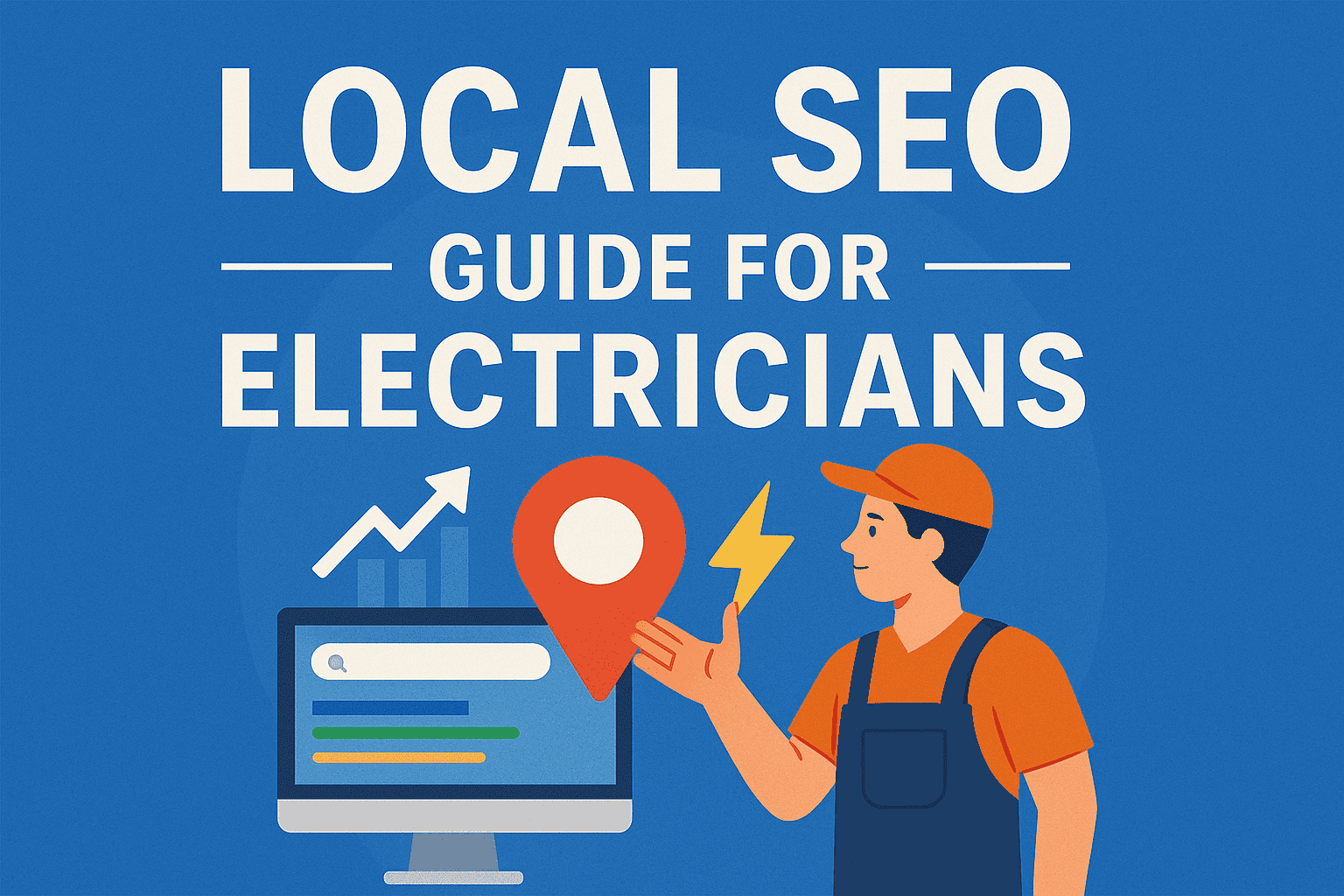
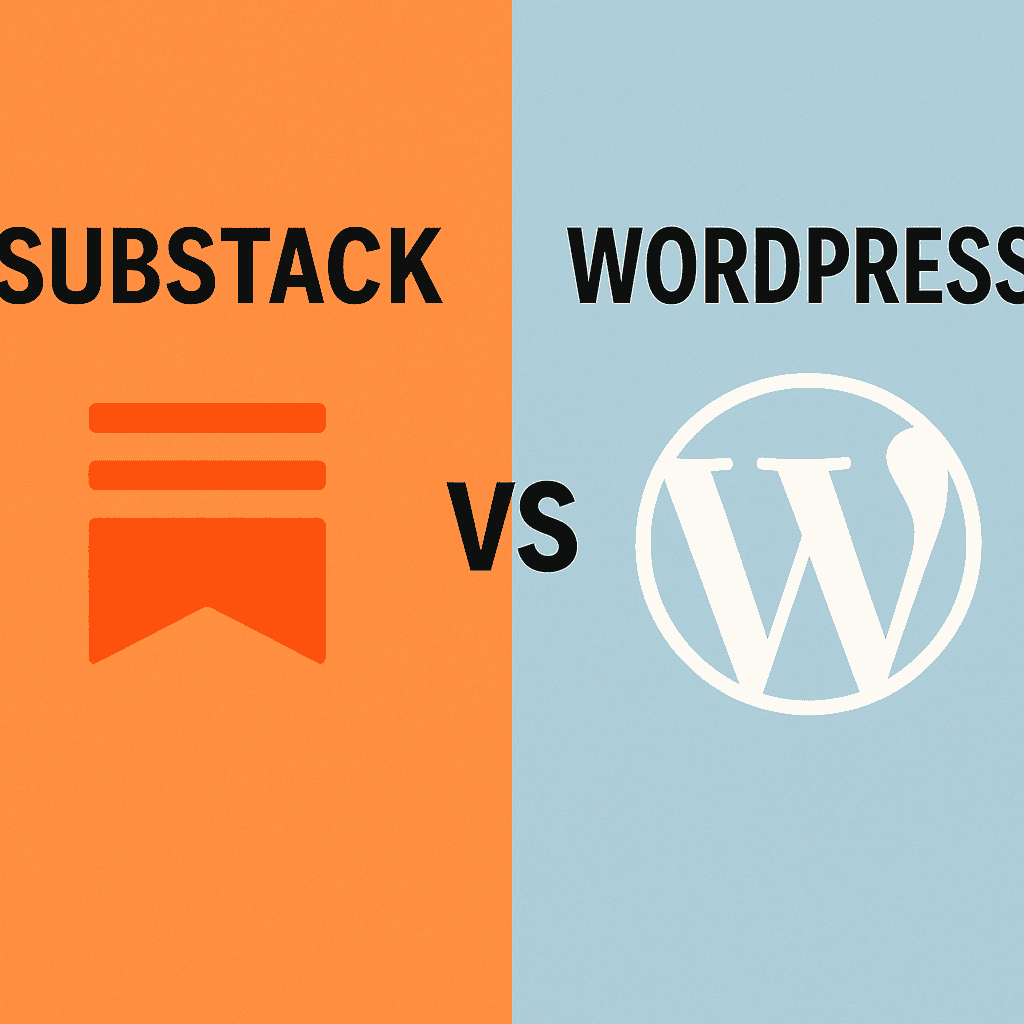
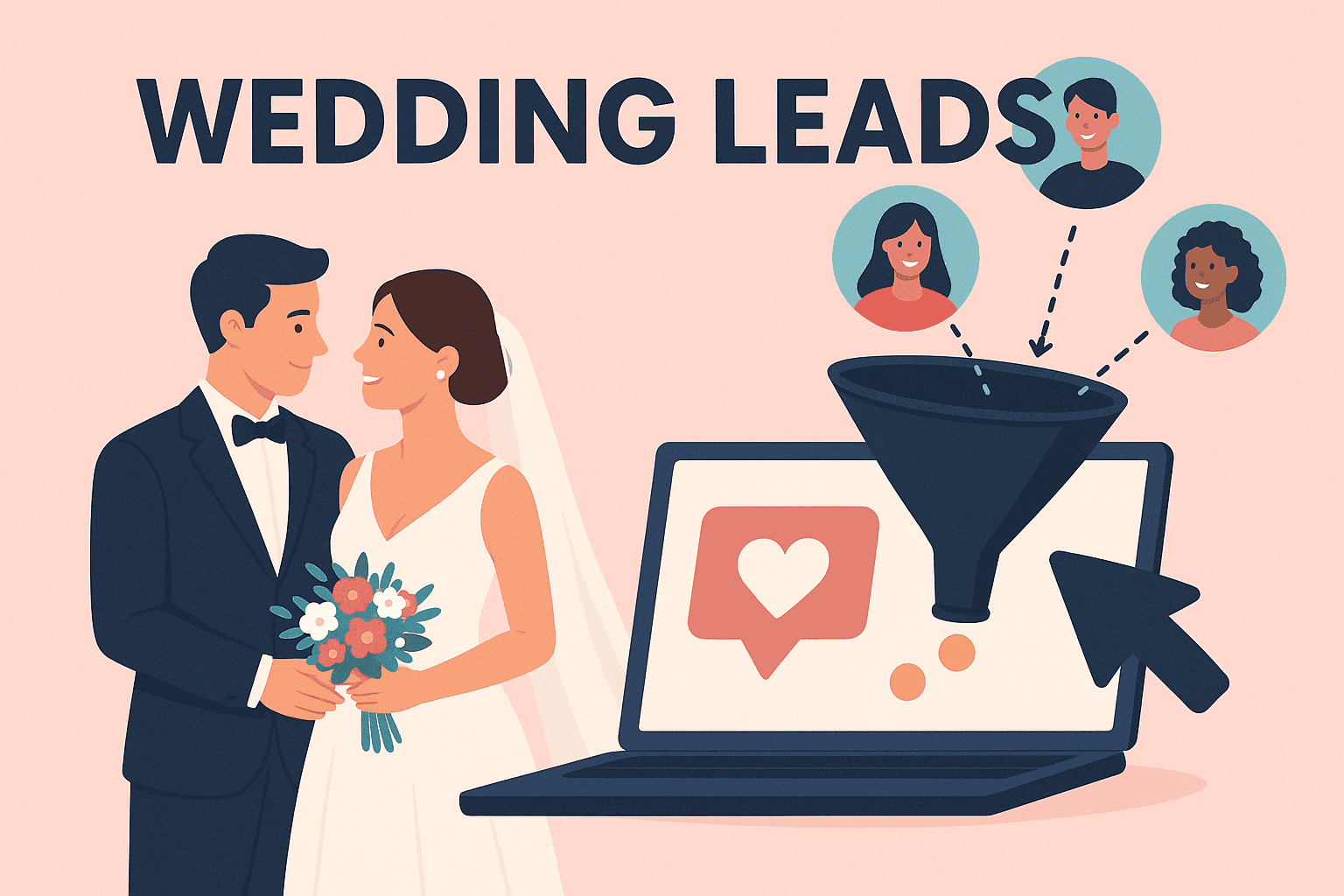
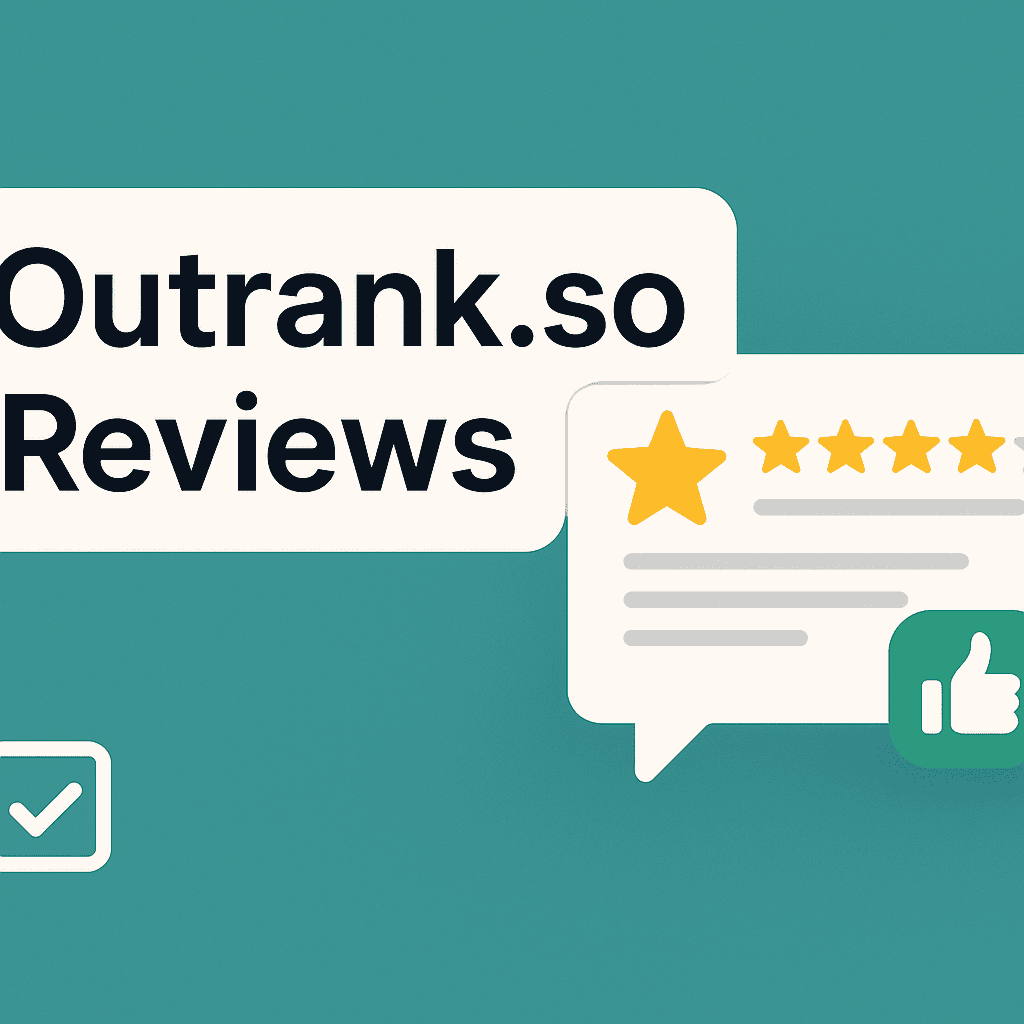
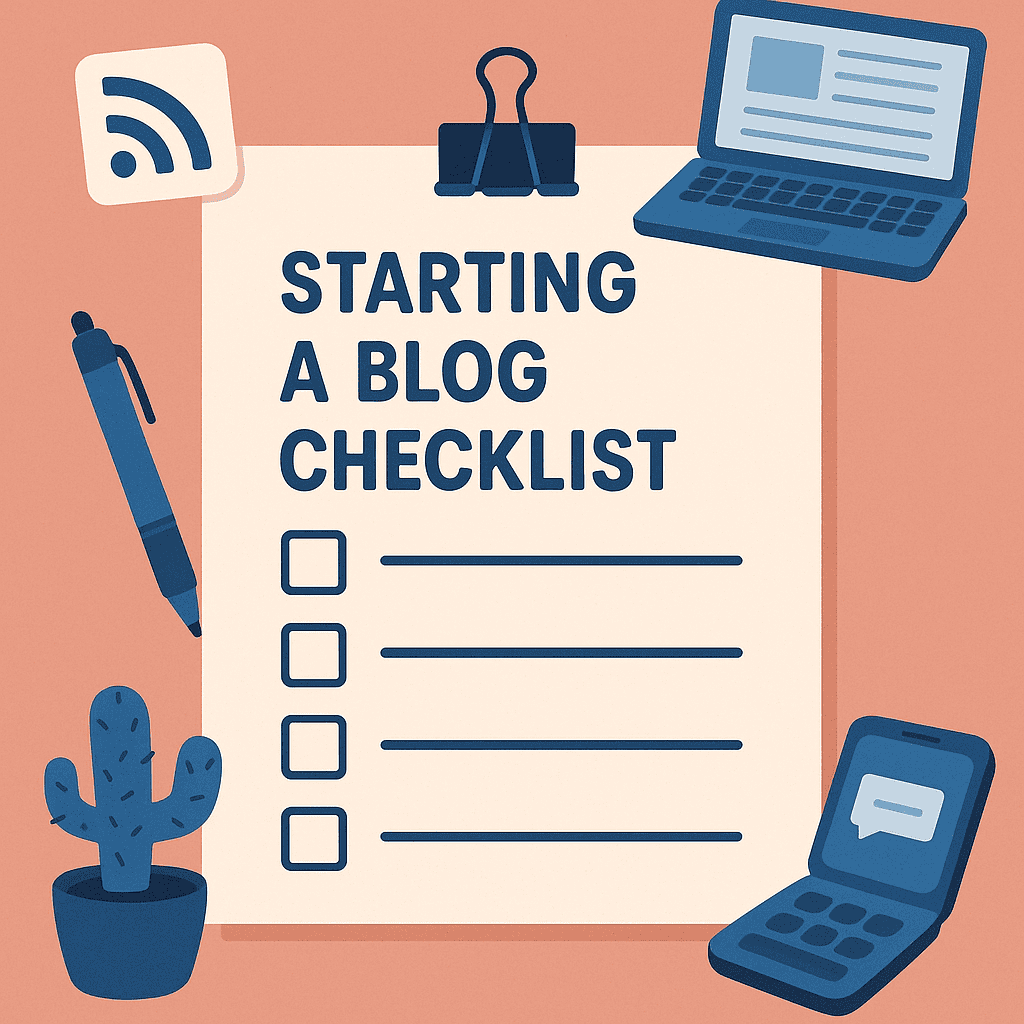

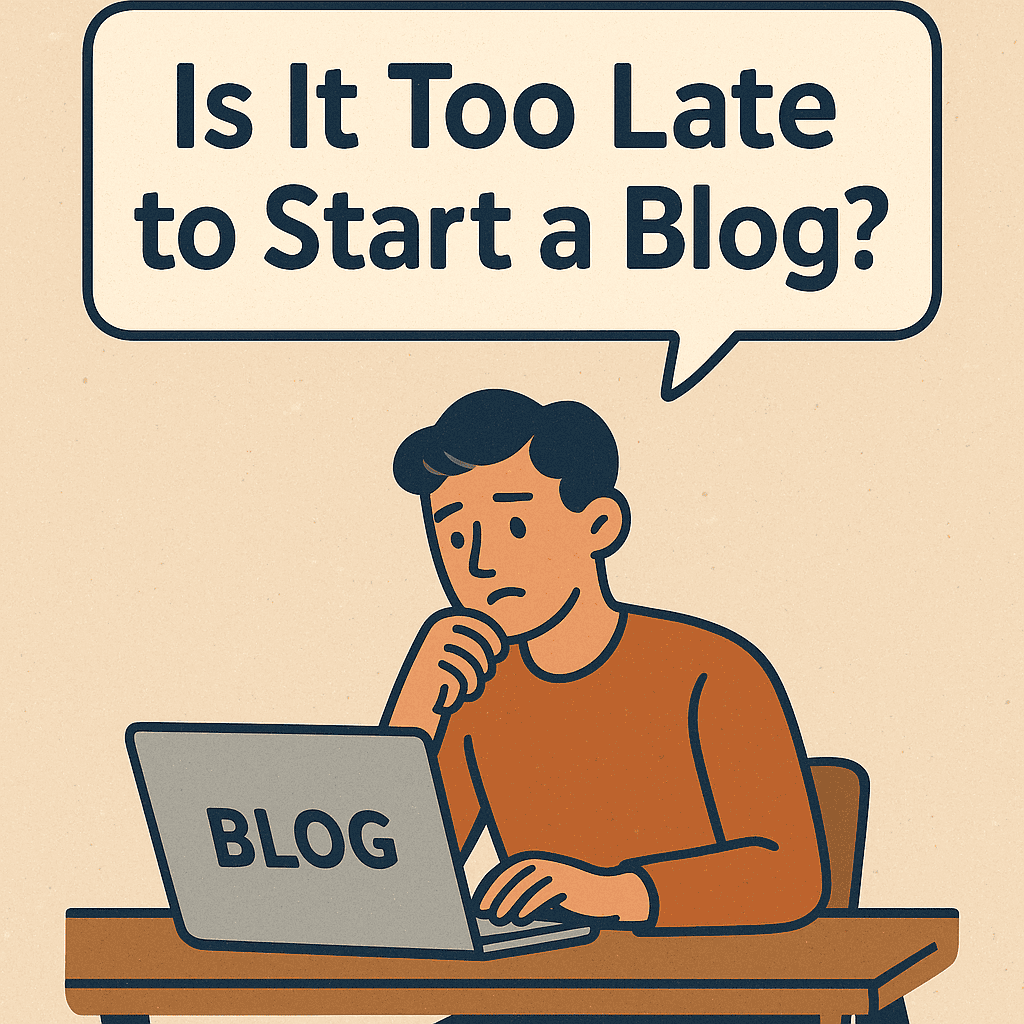
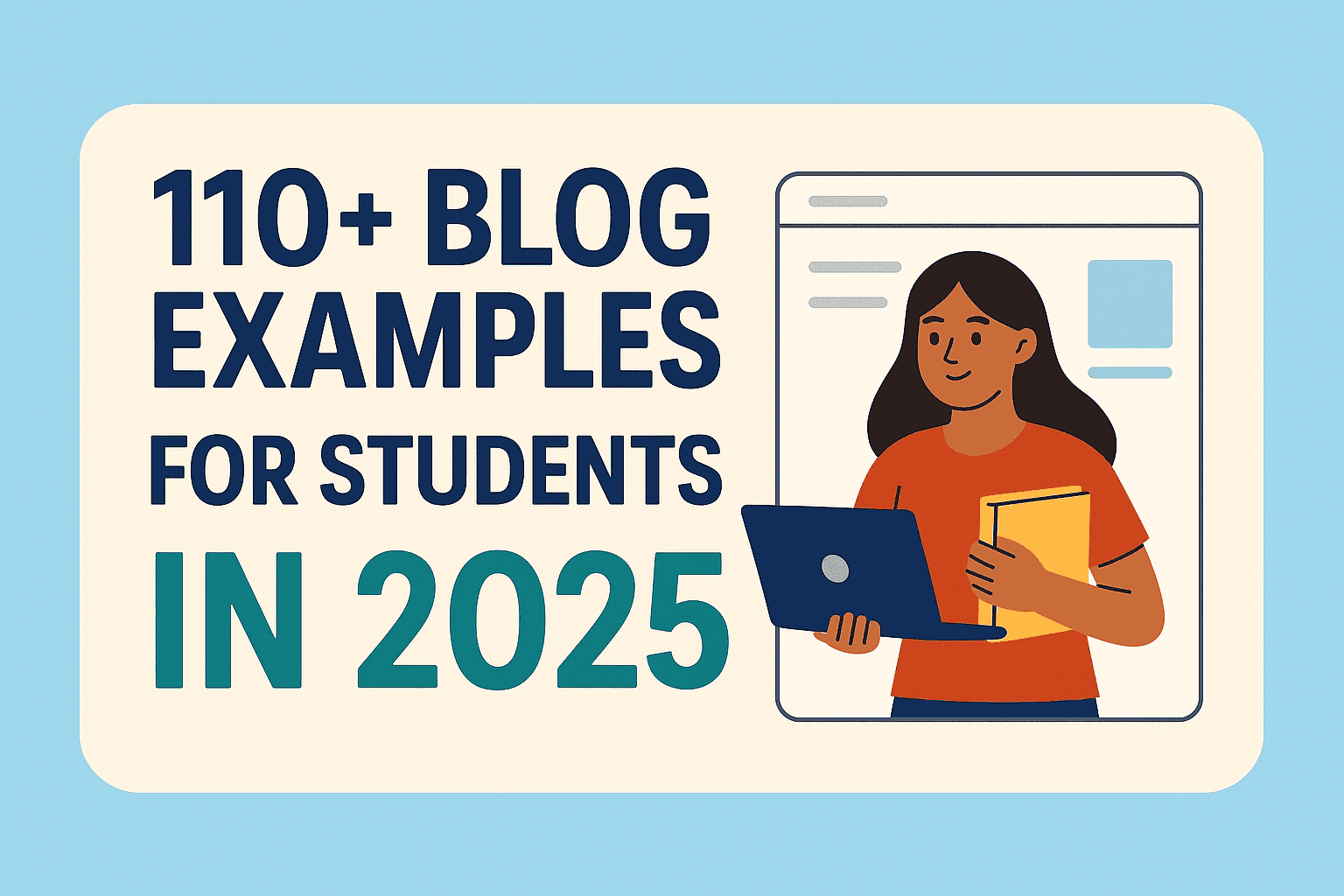

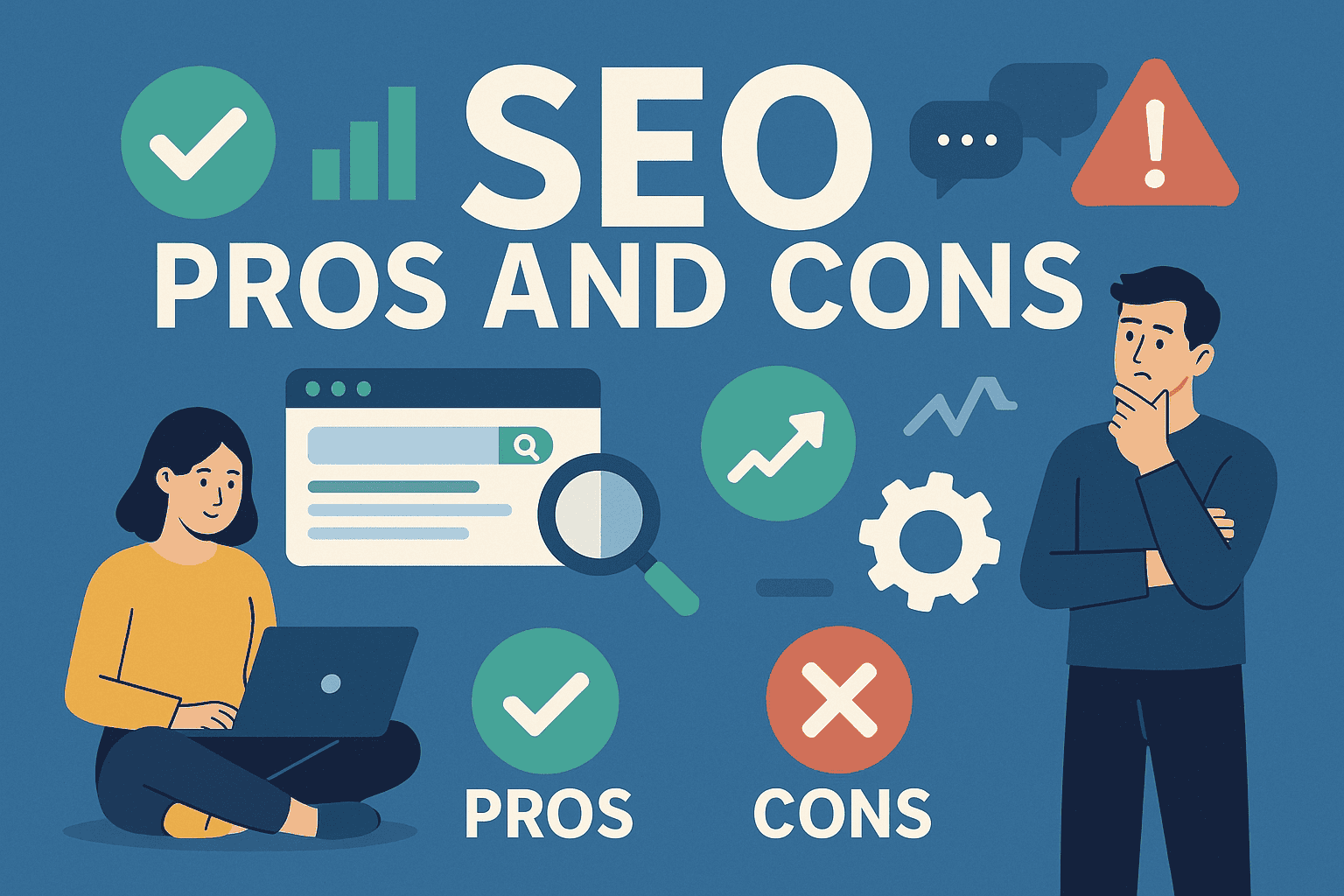



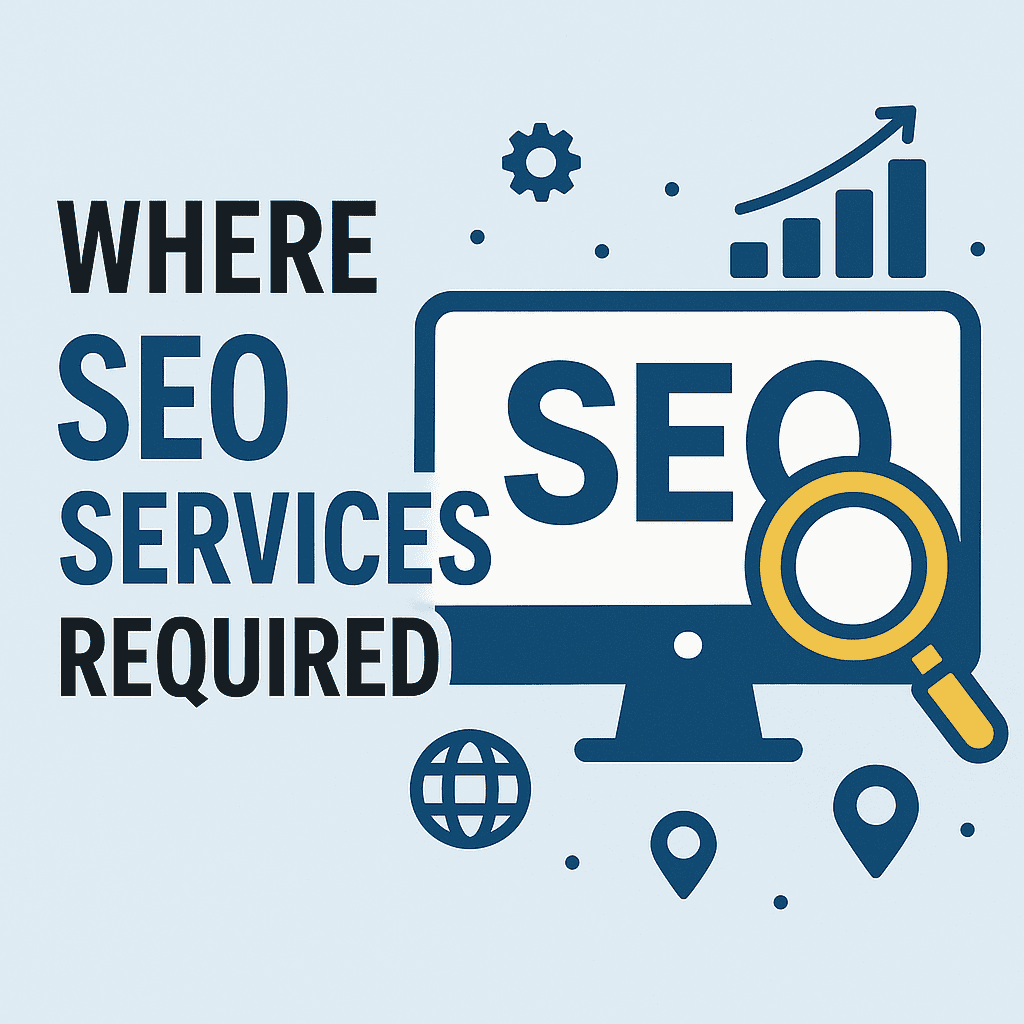
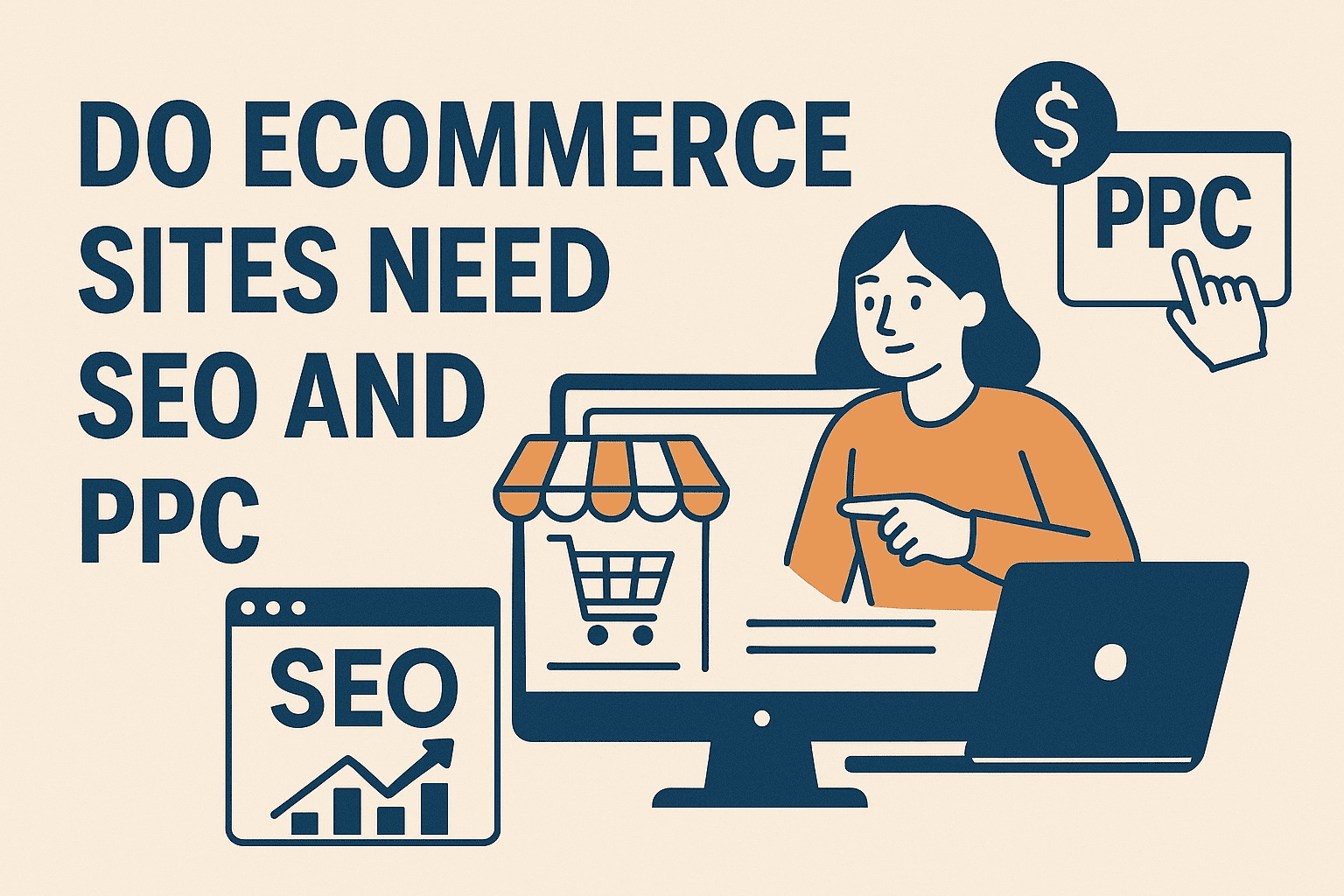
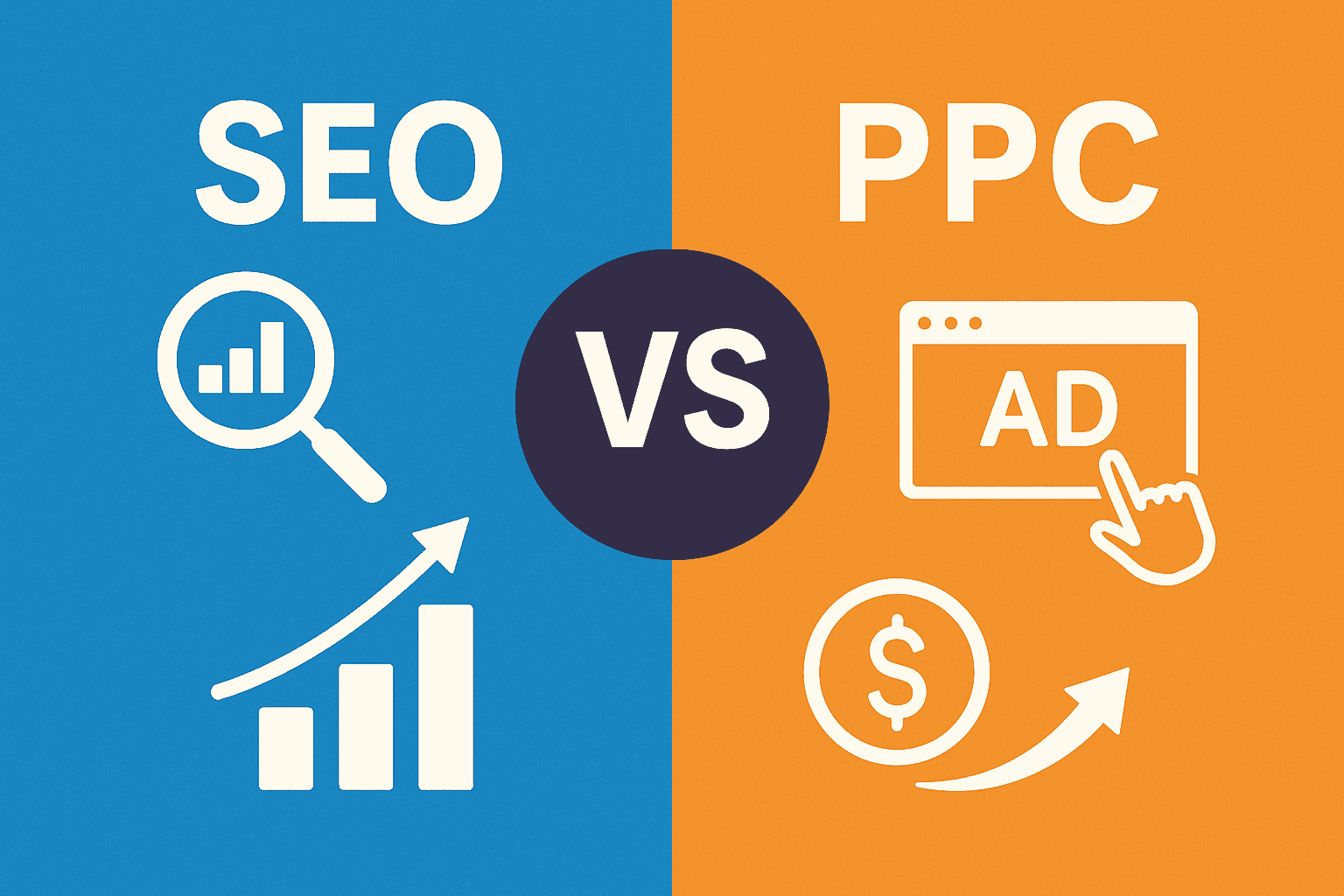

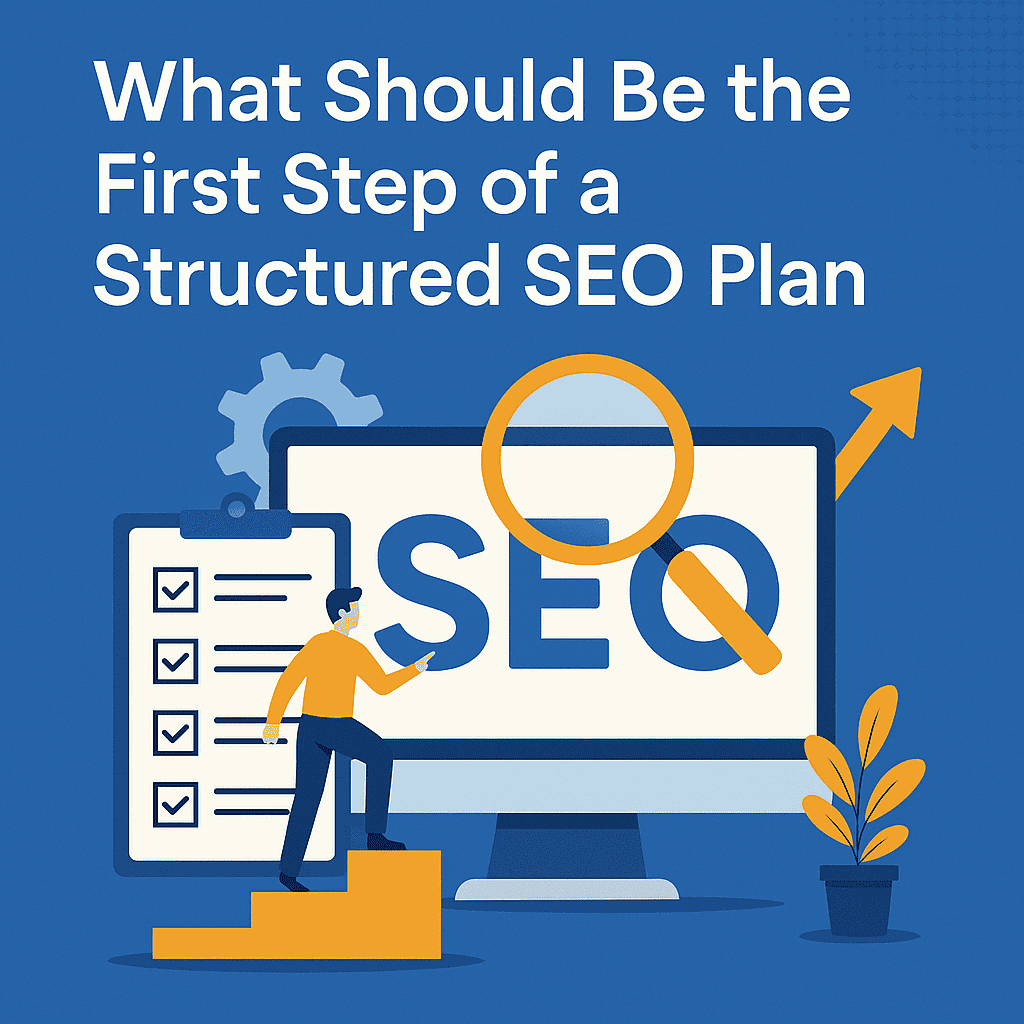
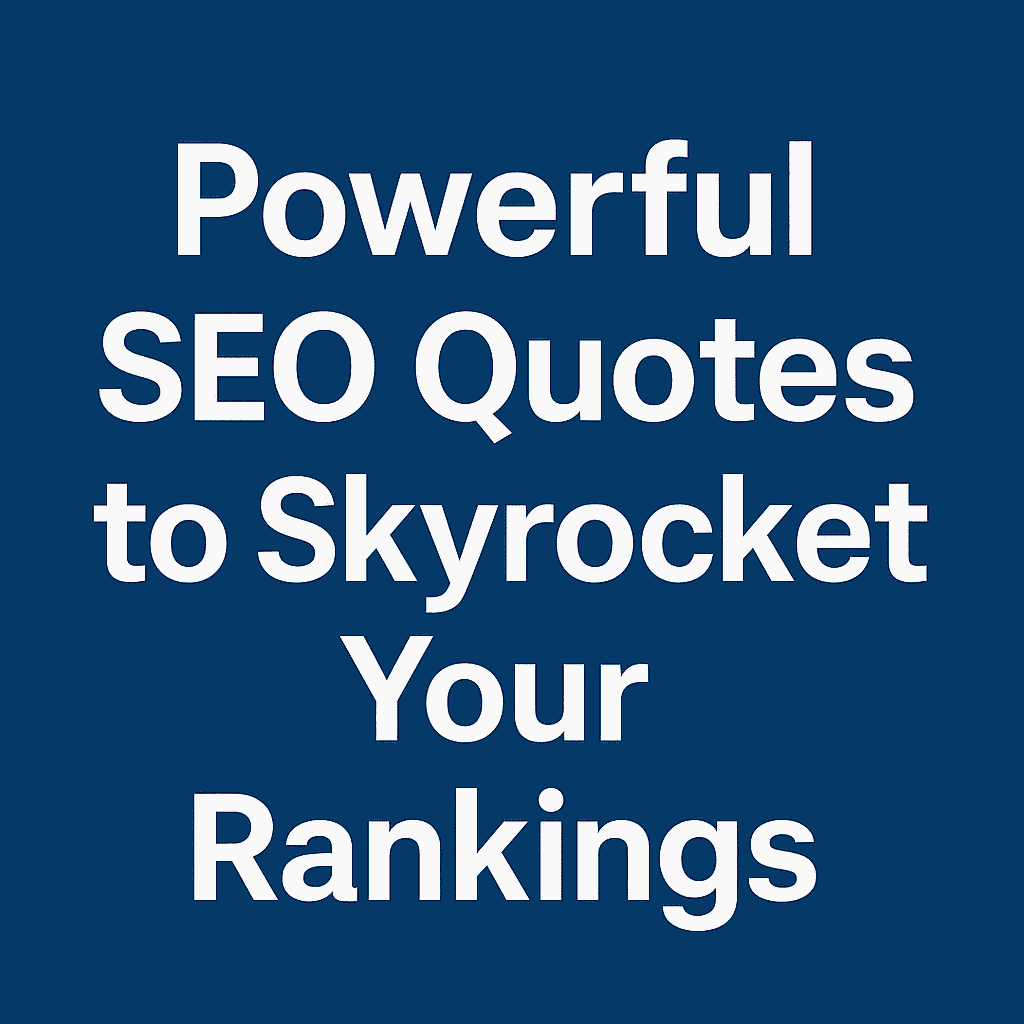

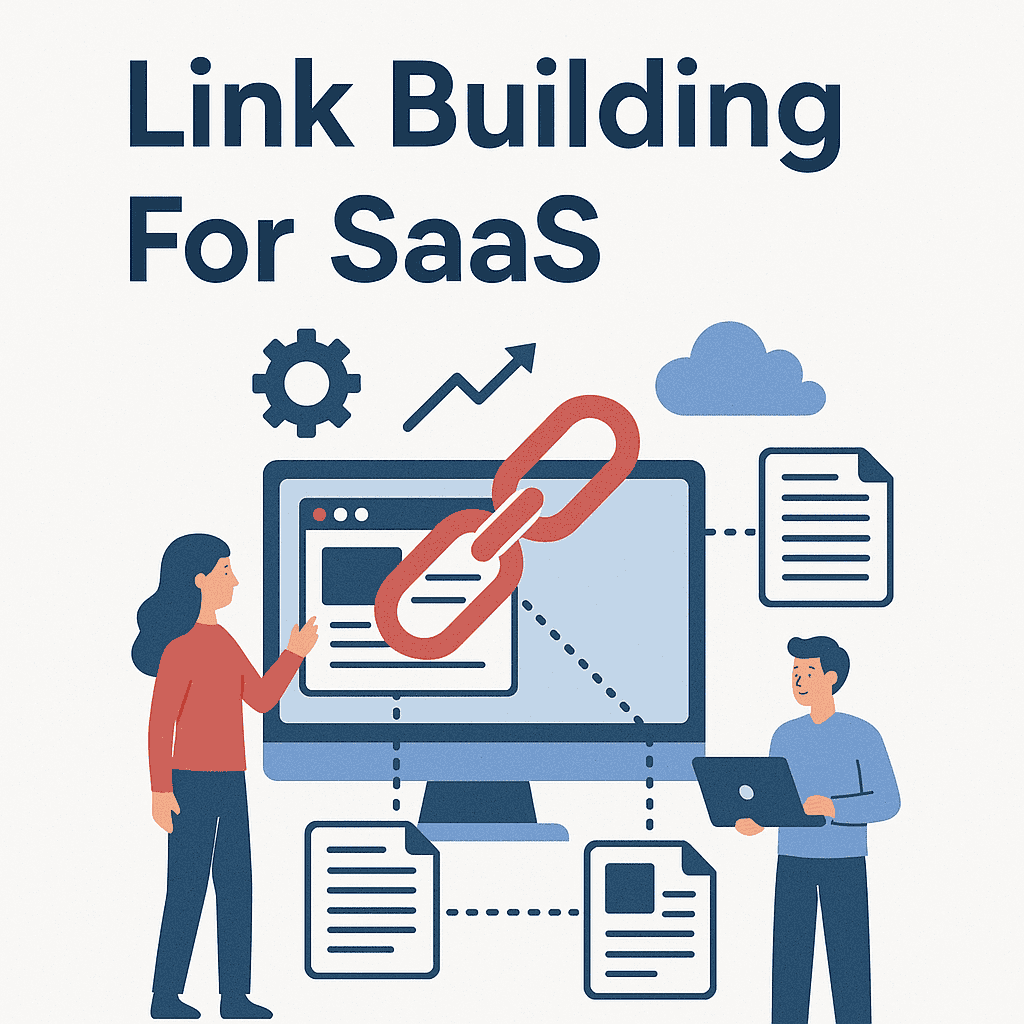
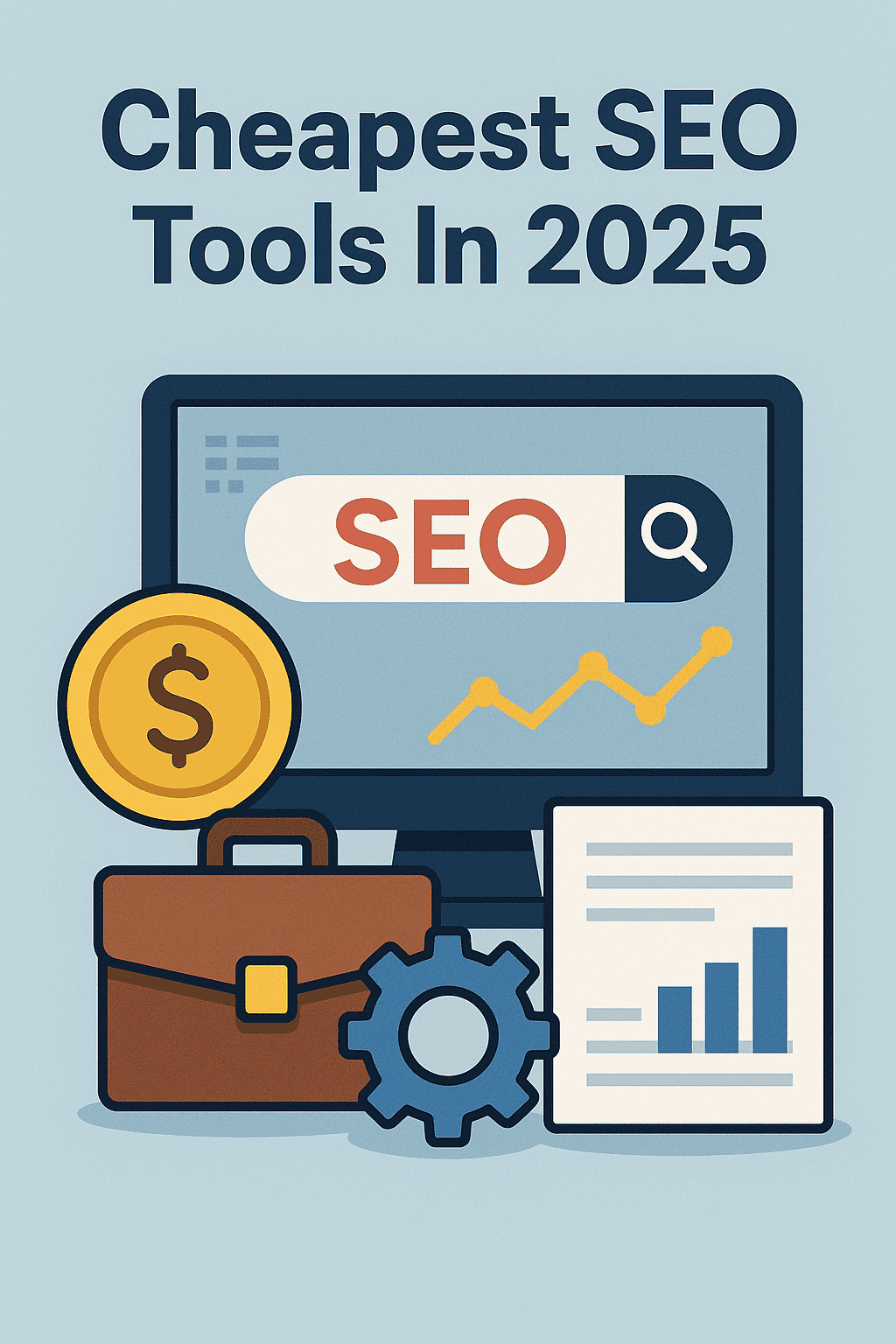
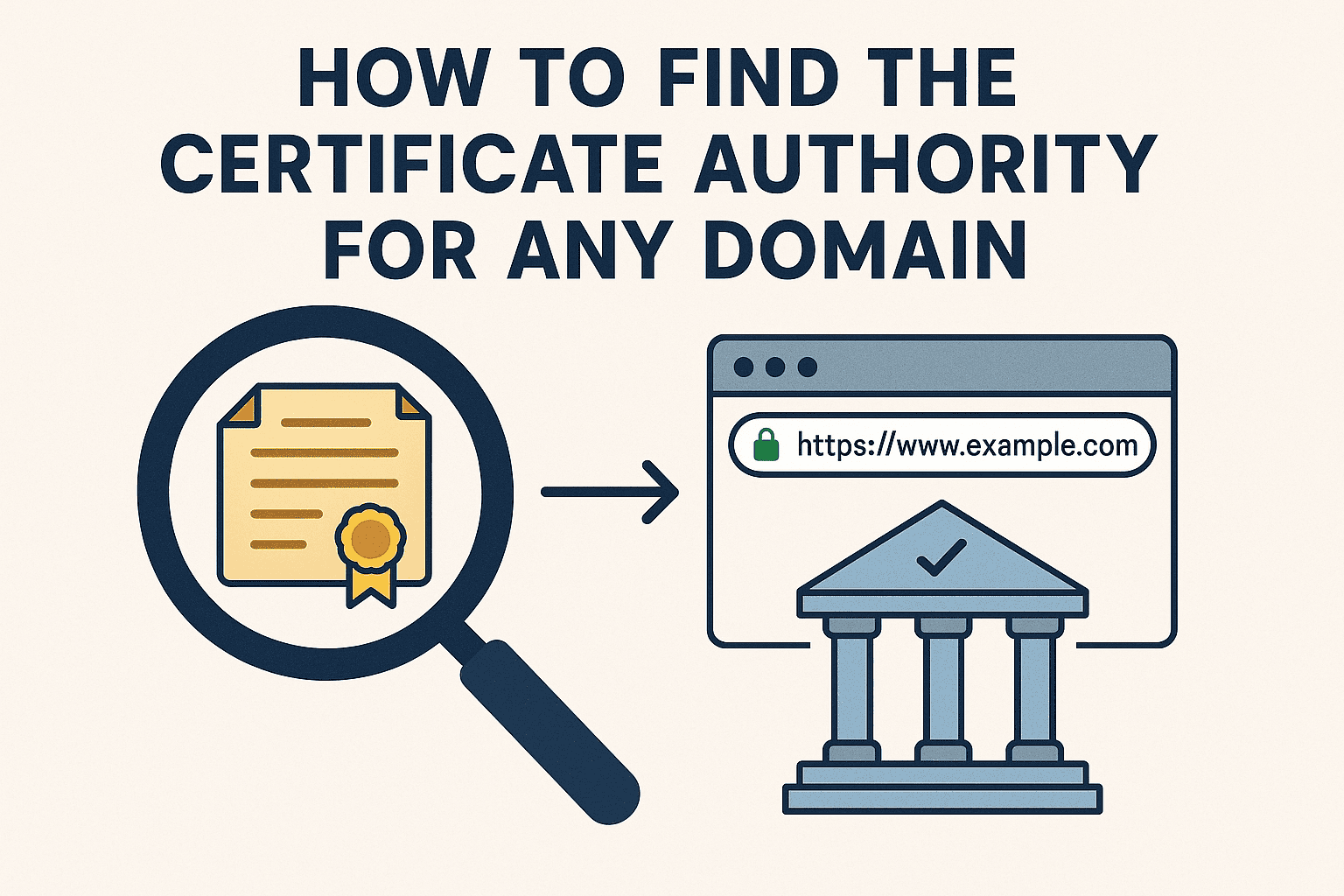
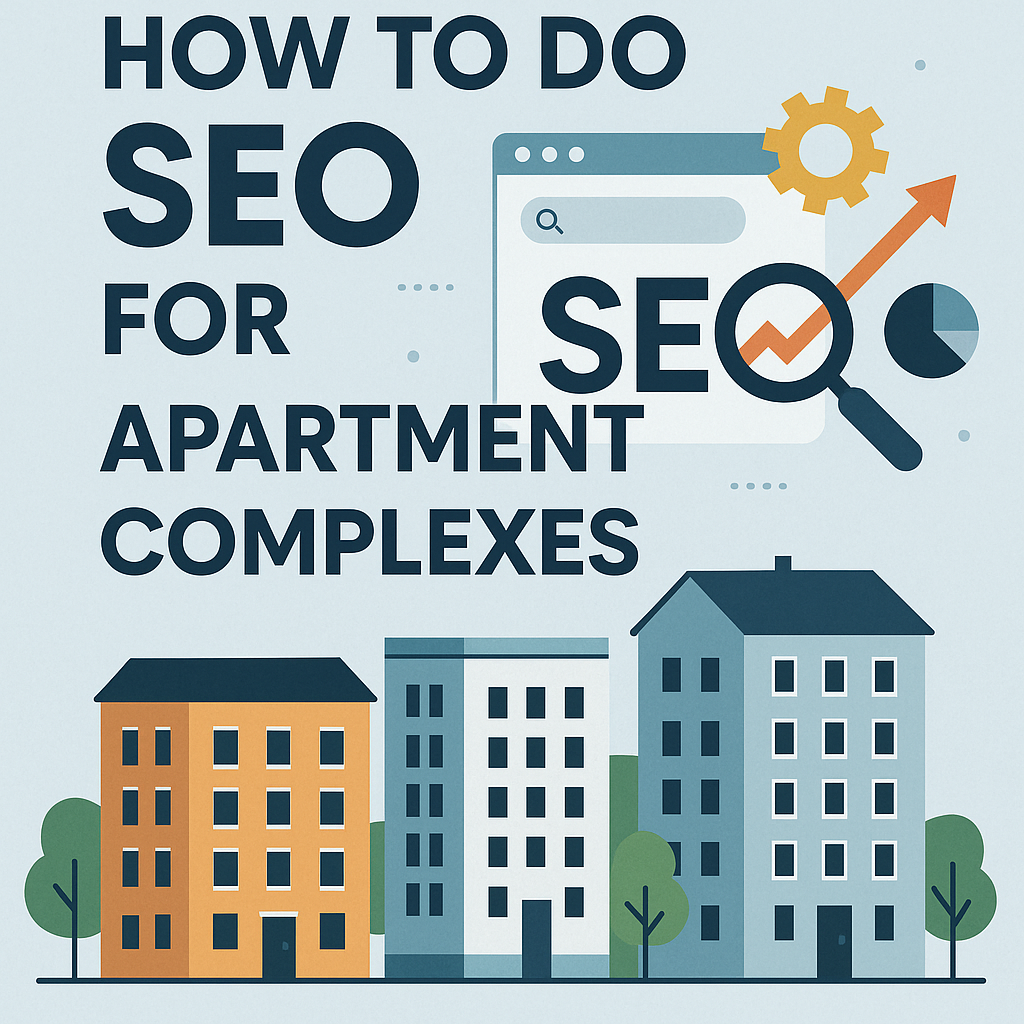
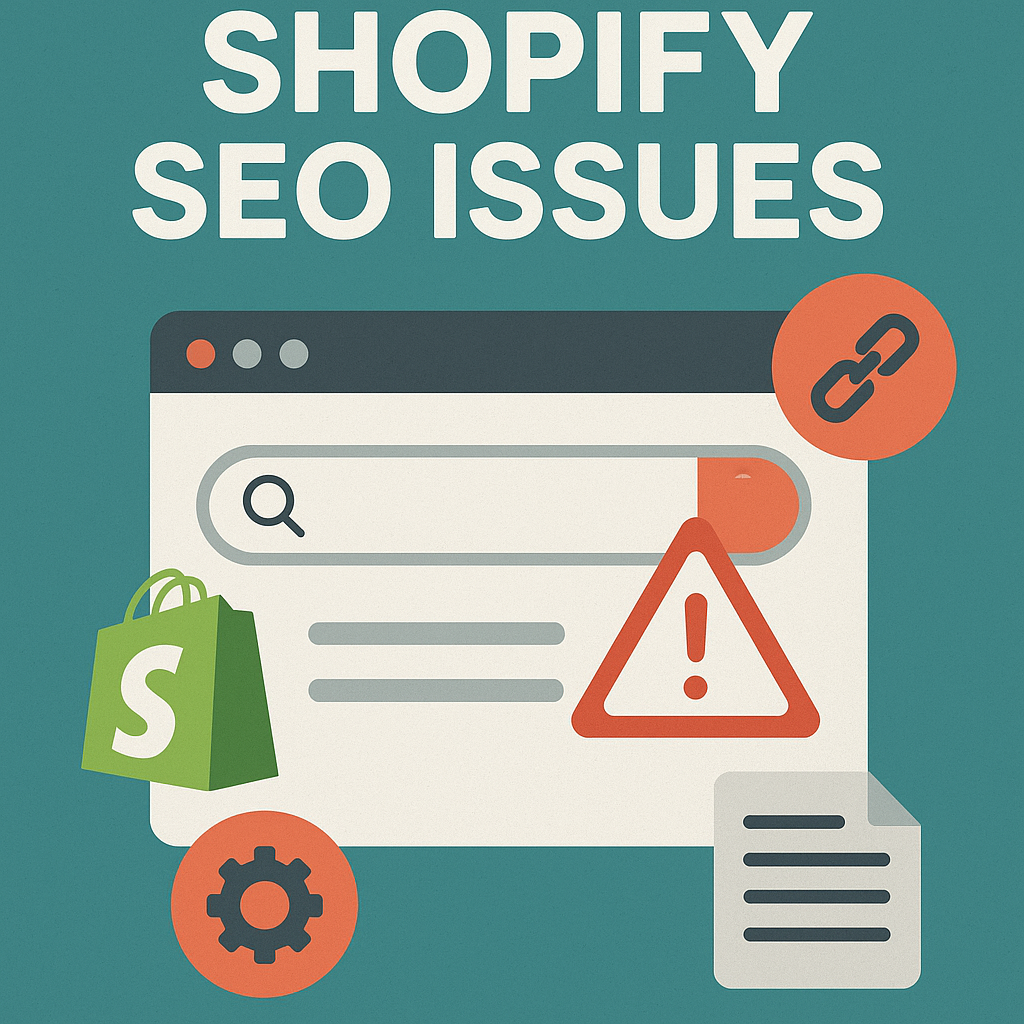


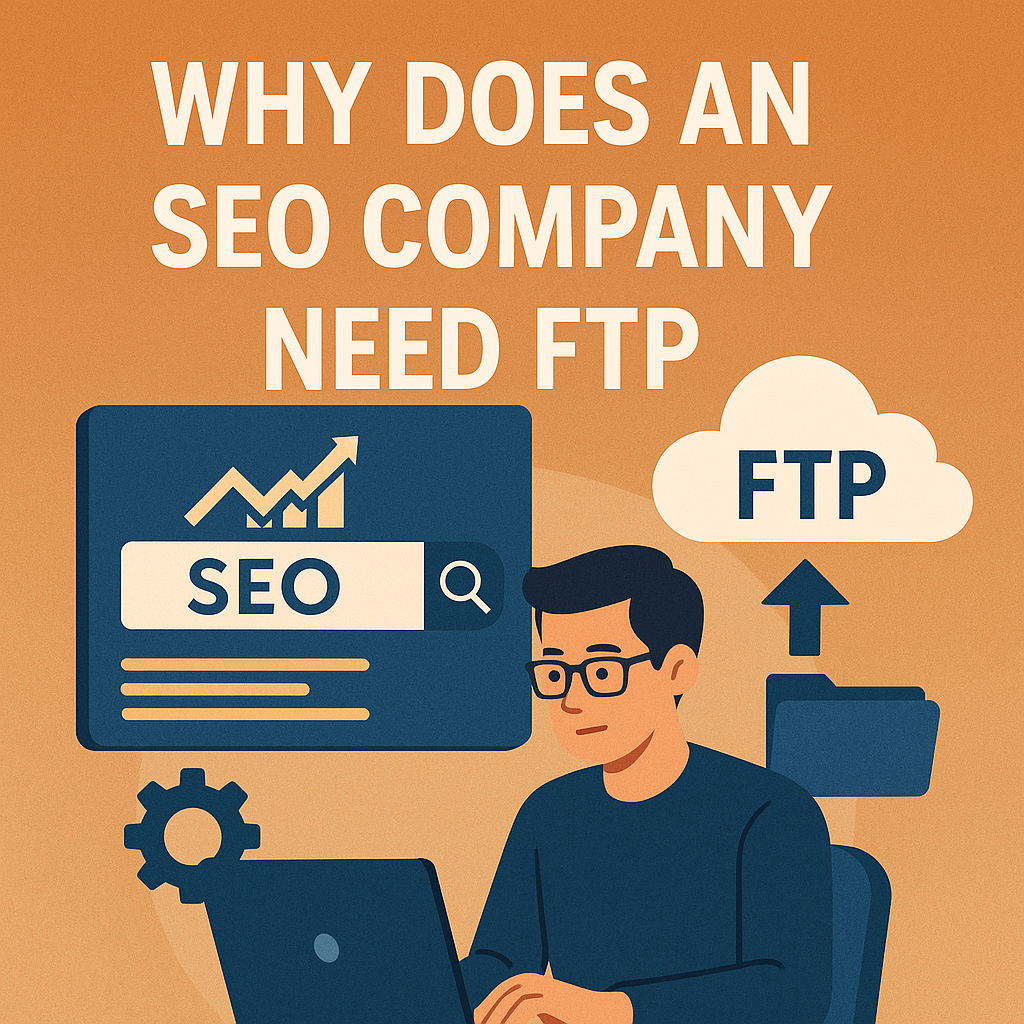
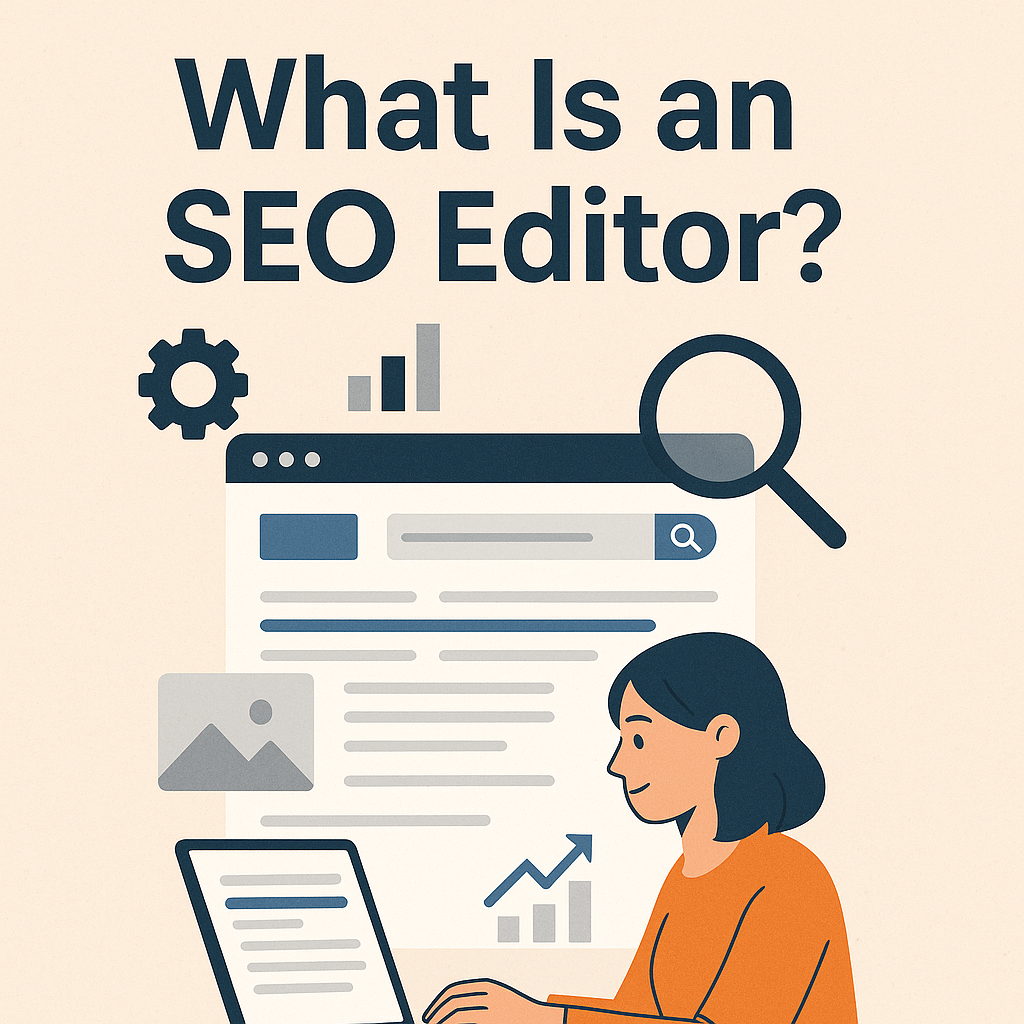
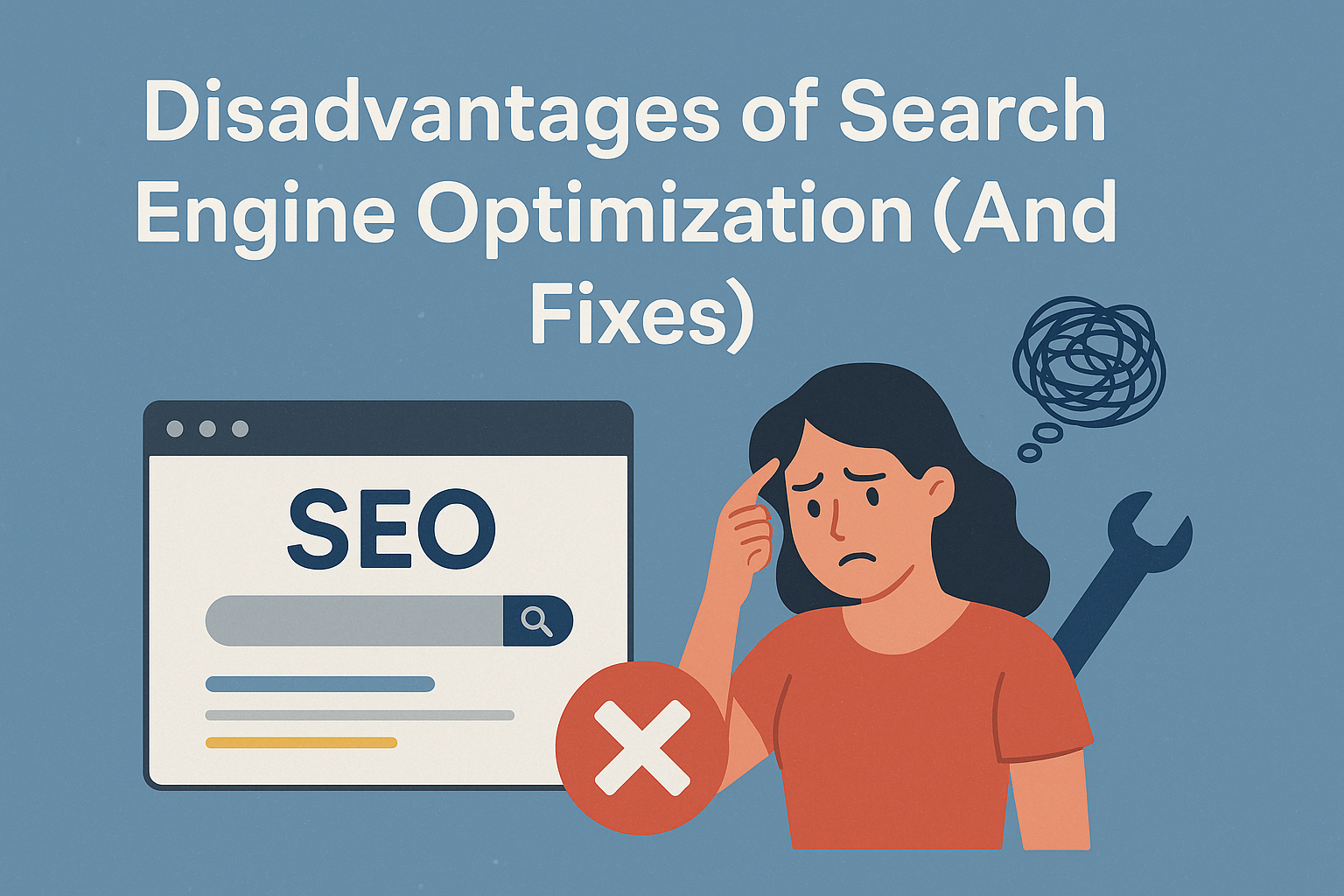
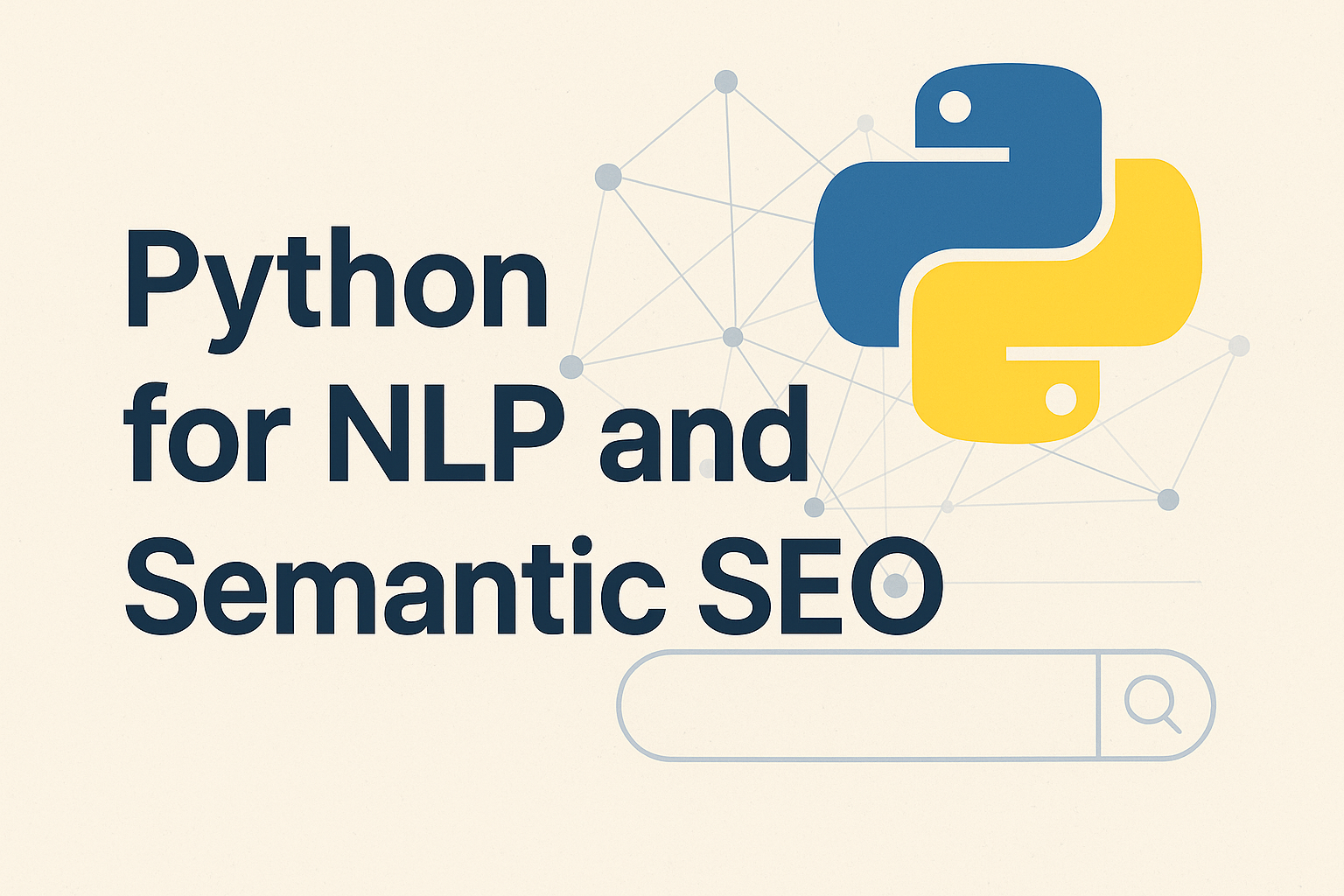
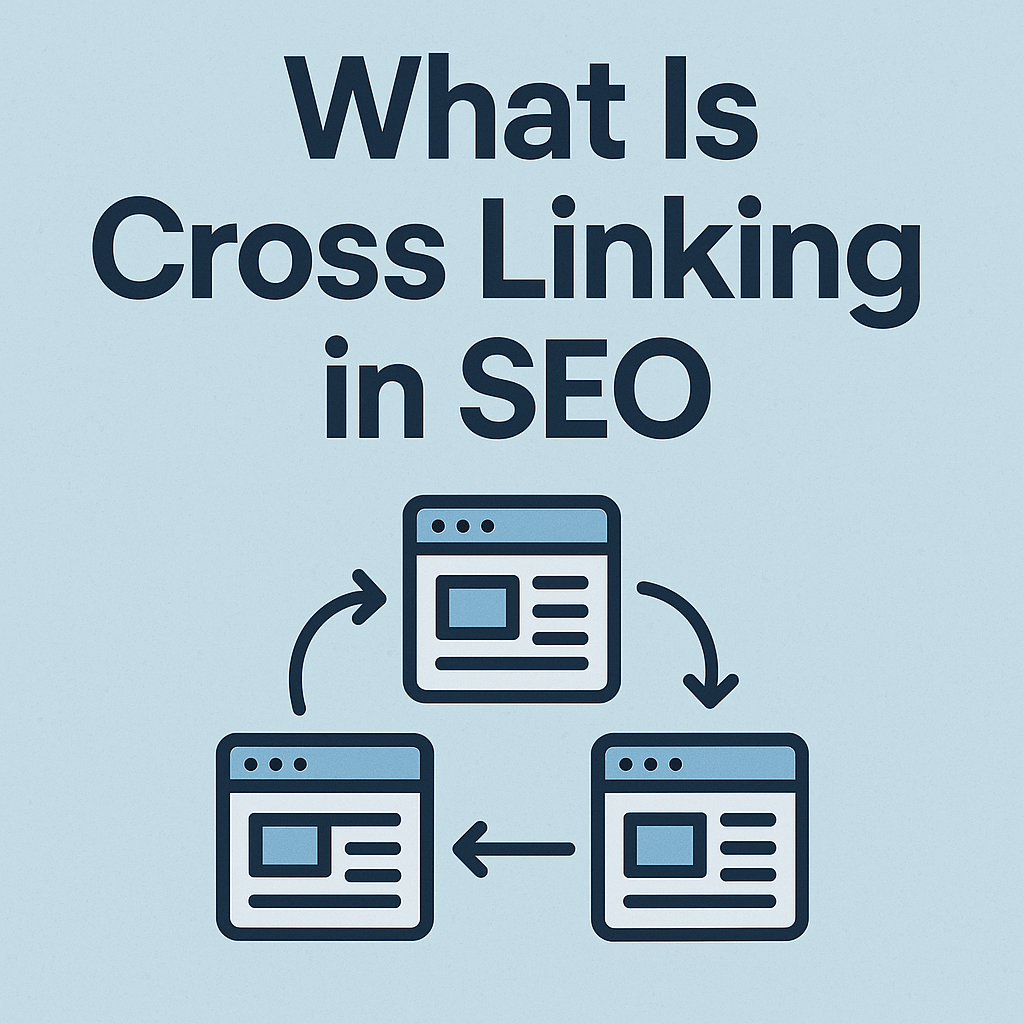

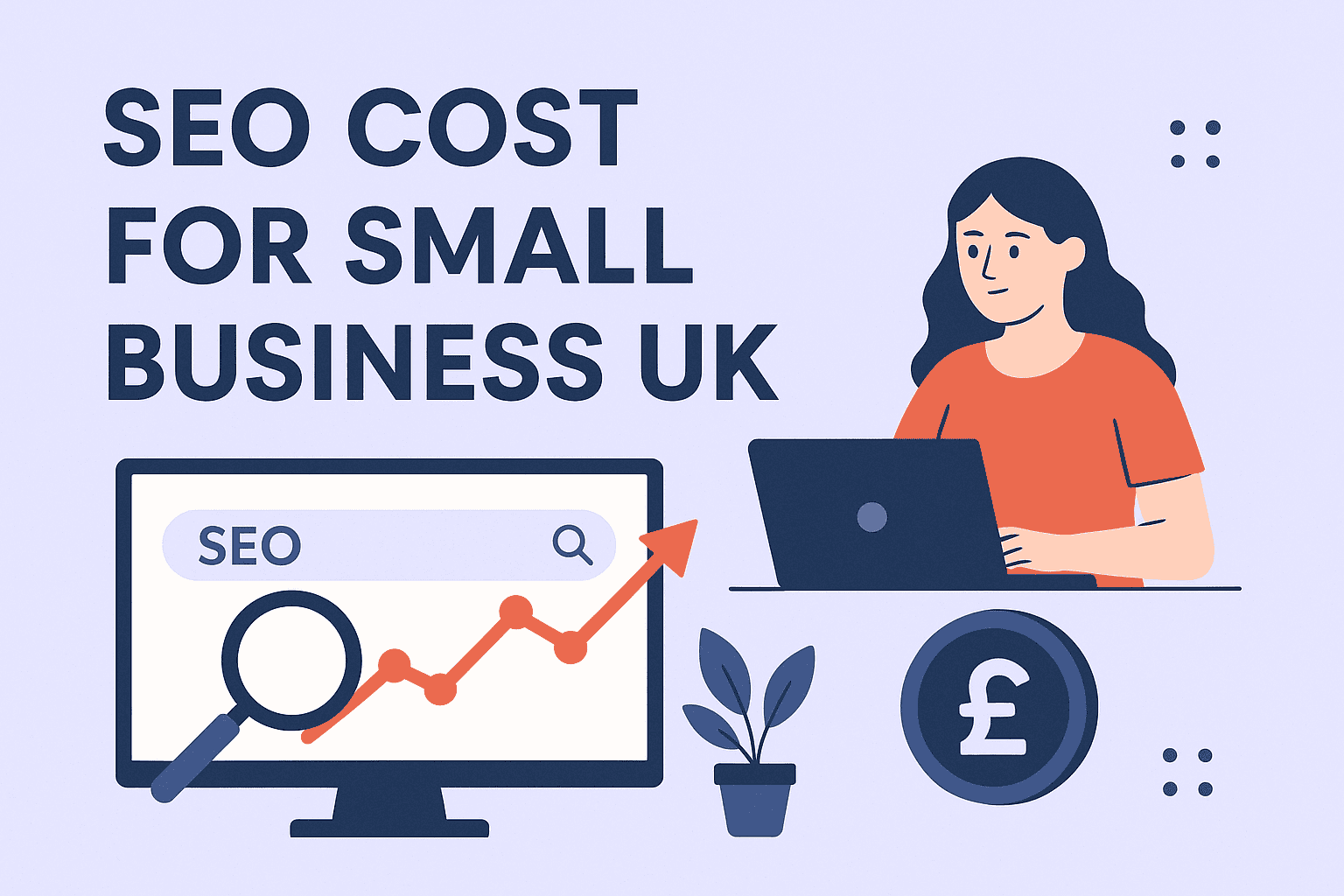

![How Many Outbound Links Per Blog [2025 Updated]](https://backlinkmanagement.io/wp-content/uploads/2025/06/How-Many-Outbound-Links-Per-Blog.png)
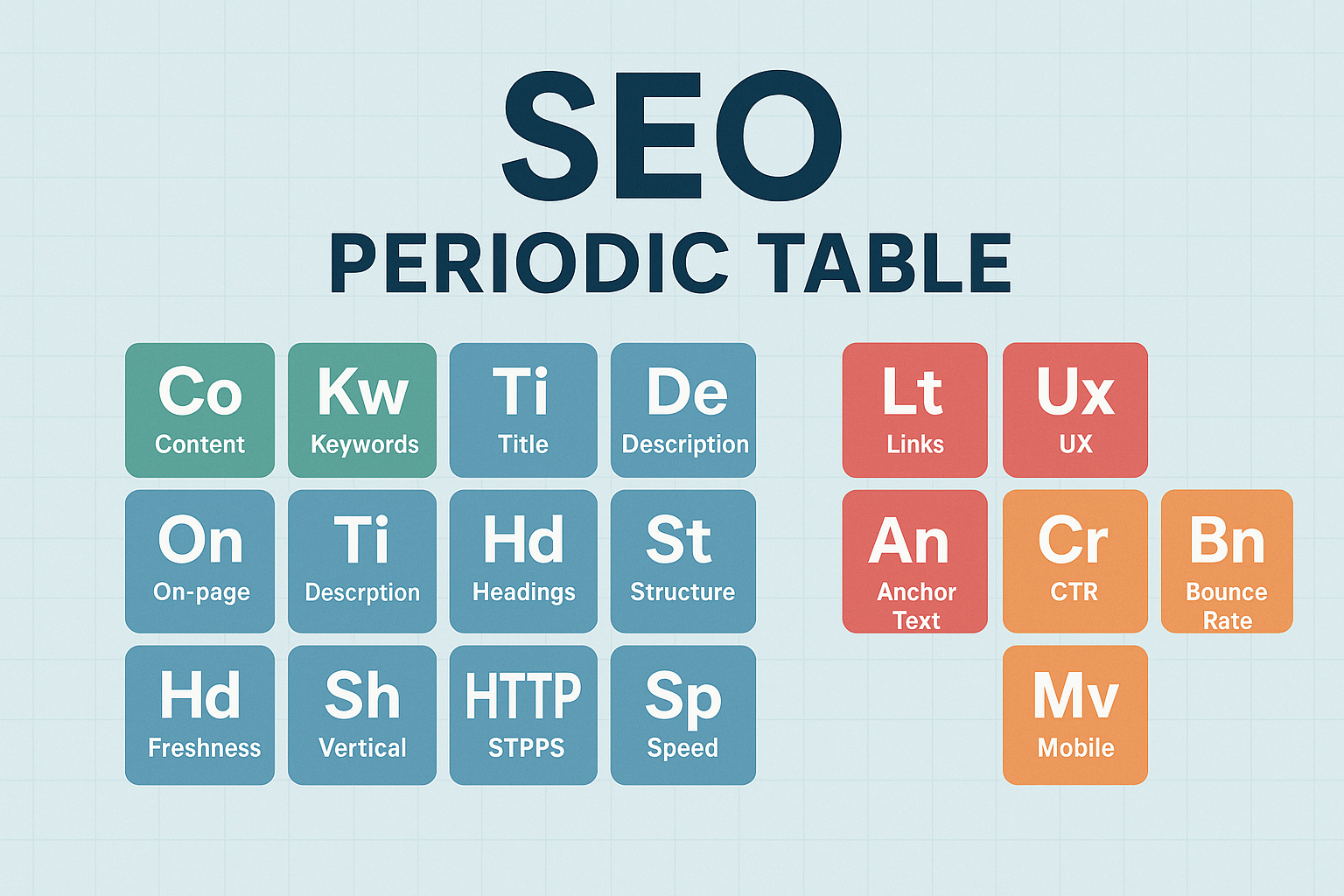
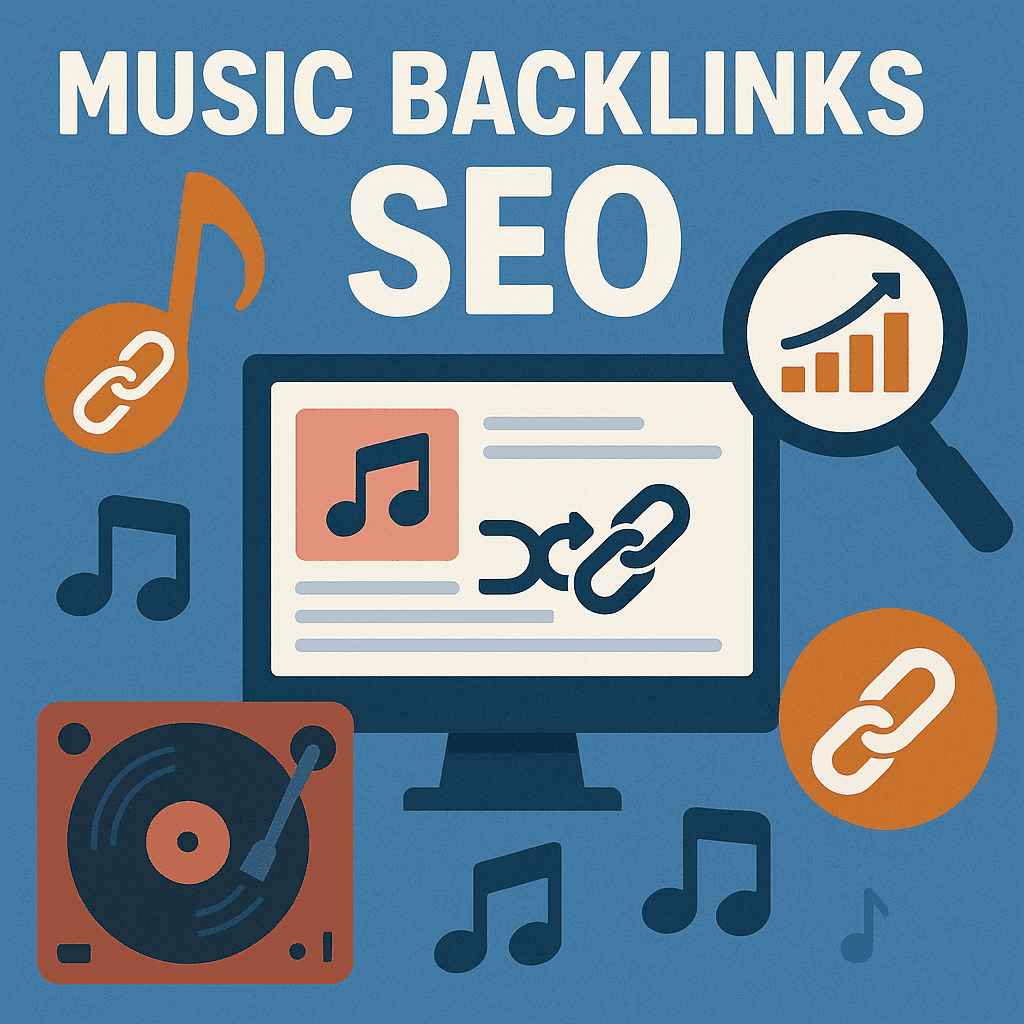
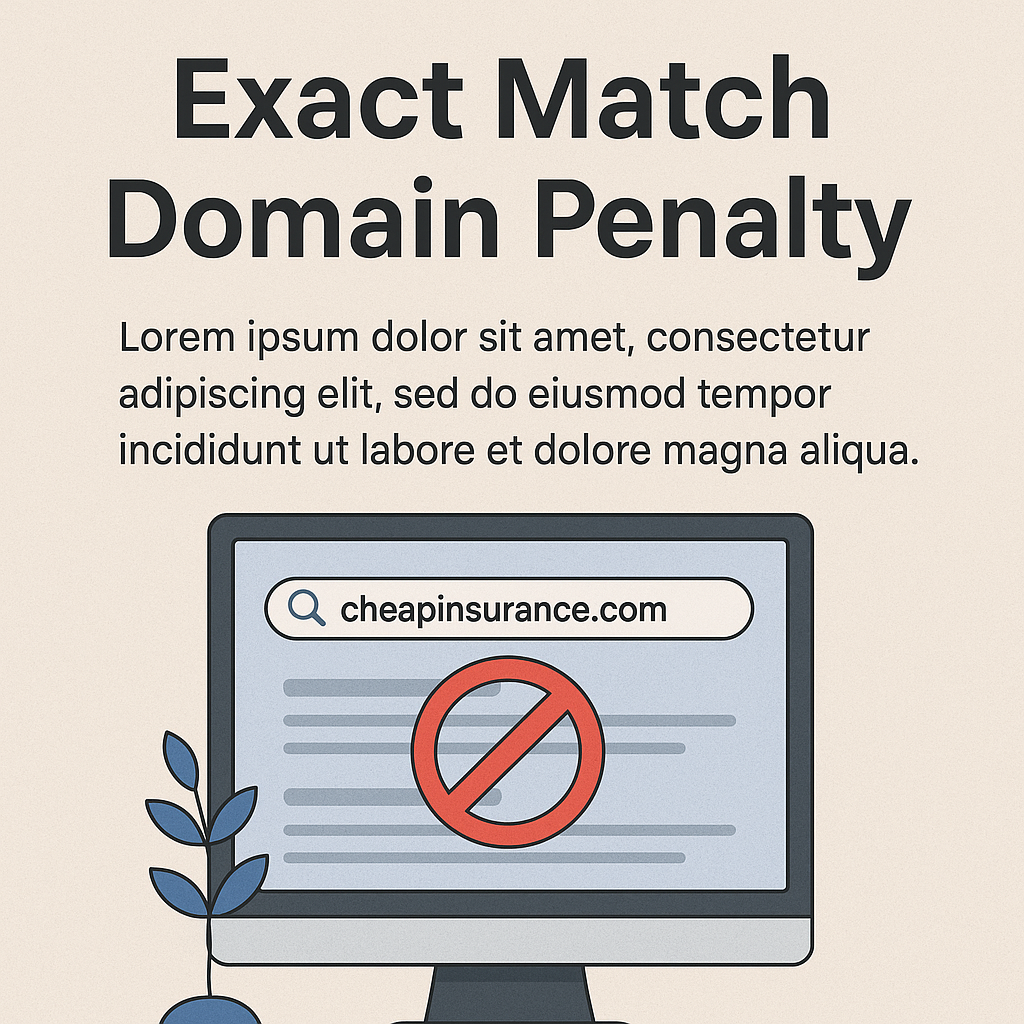
![B2B and B2C Website Examples [2025 Updated]](https://backlinkmanagement.io/wp-content/uploads/2025/05/B2B-and-B2C-Website-Example-.png)
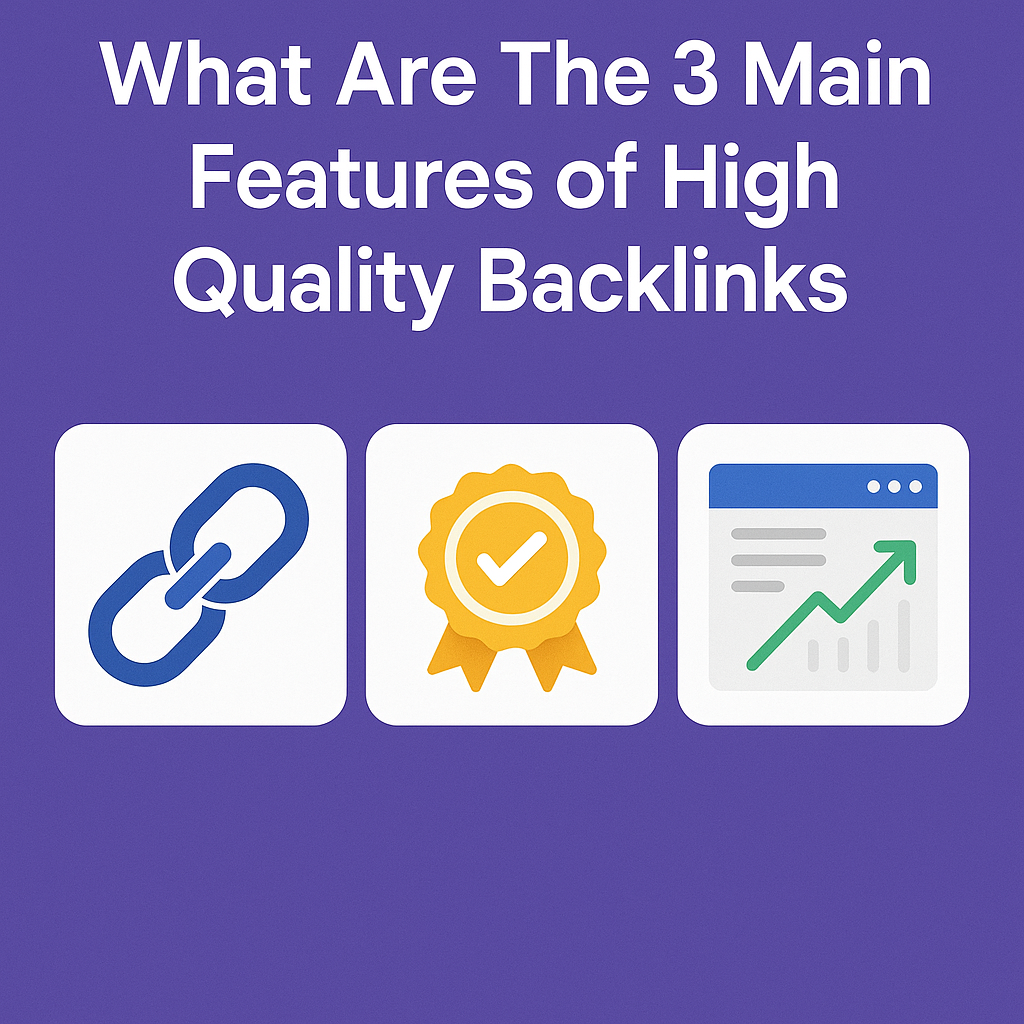
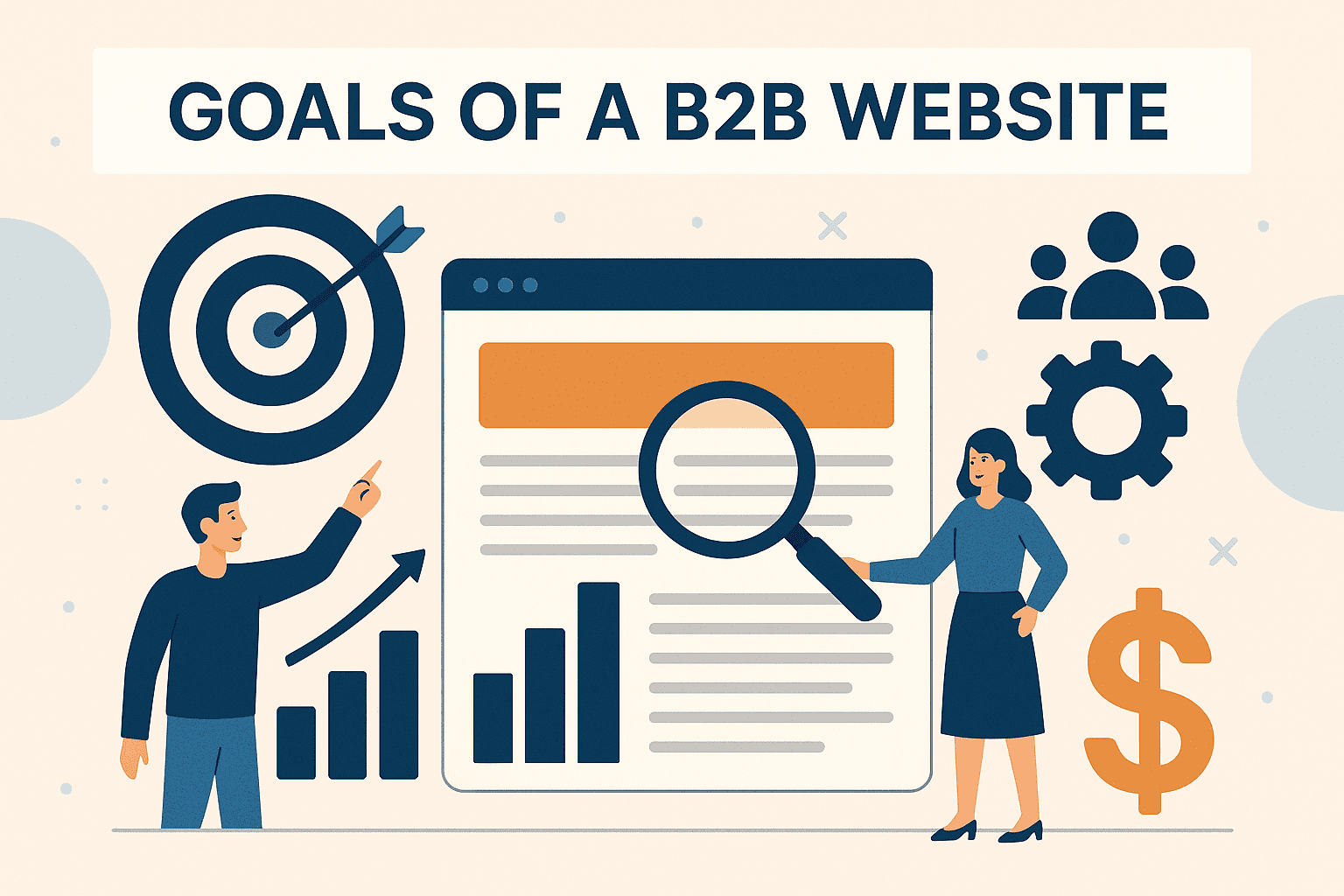

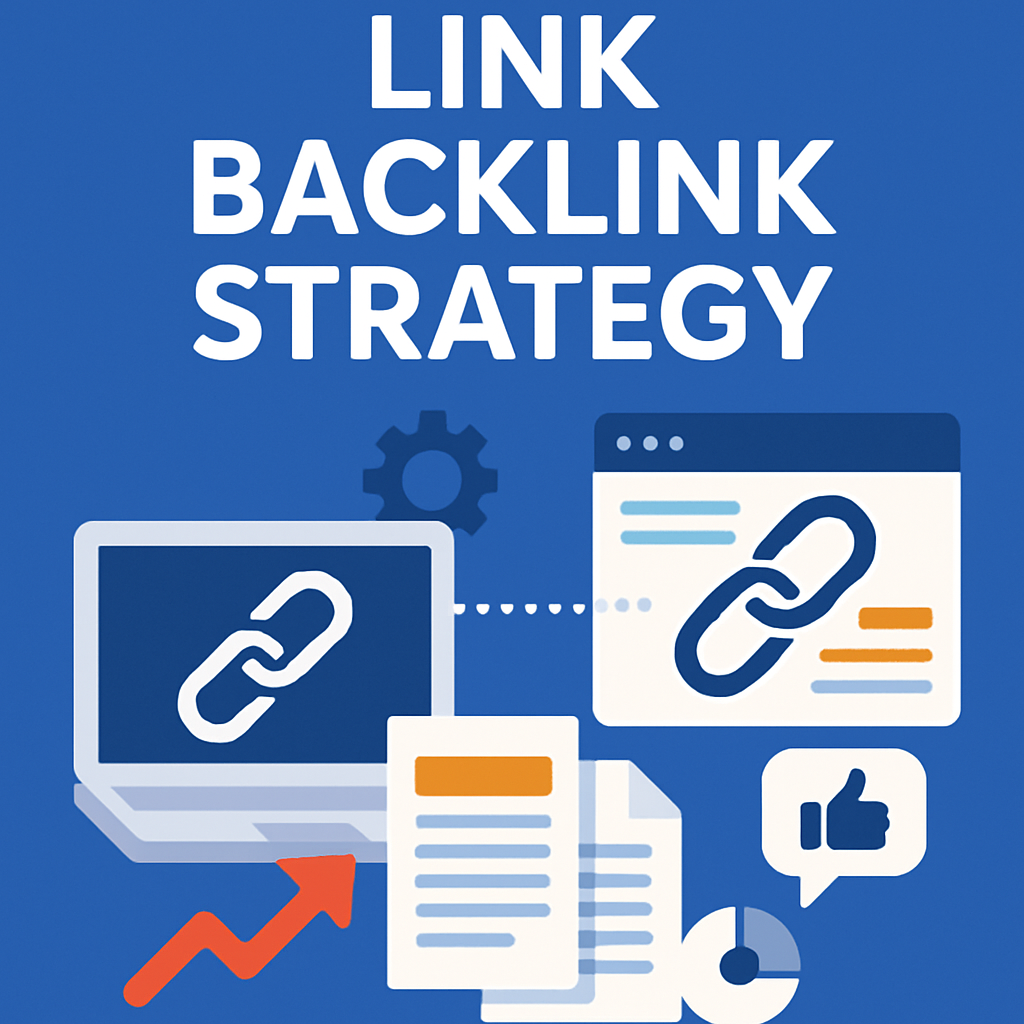
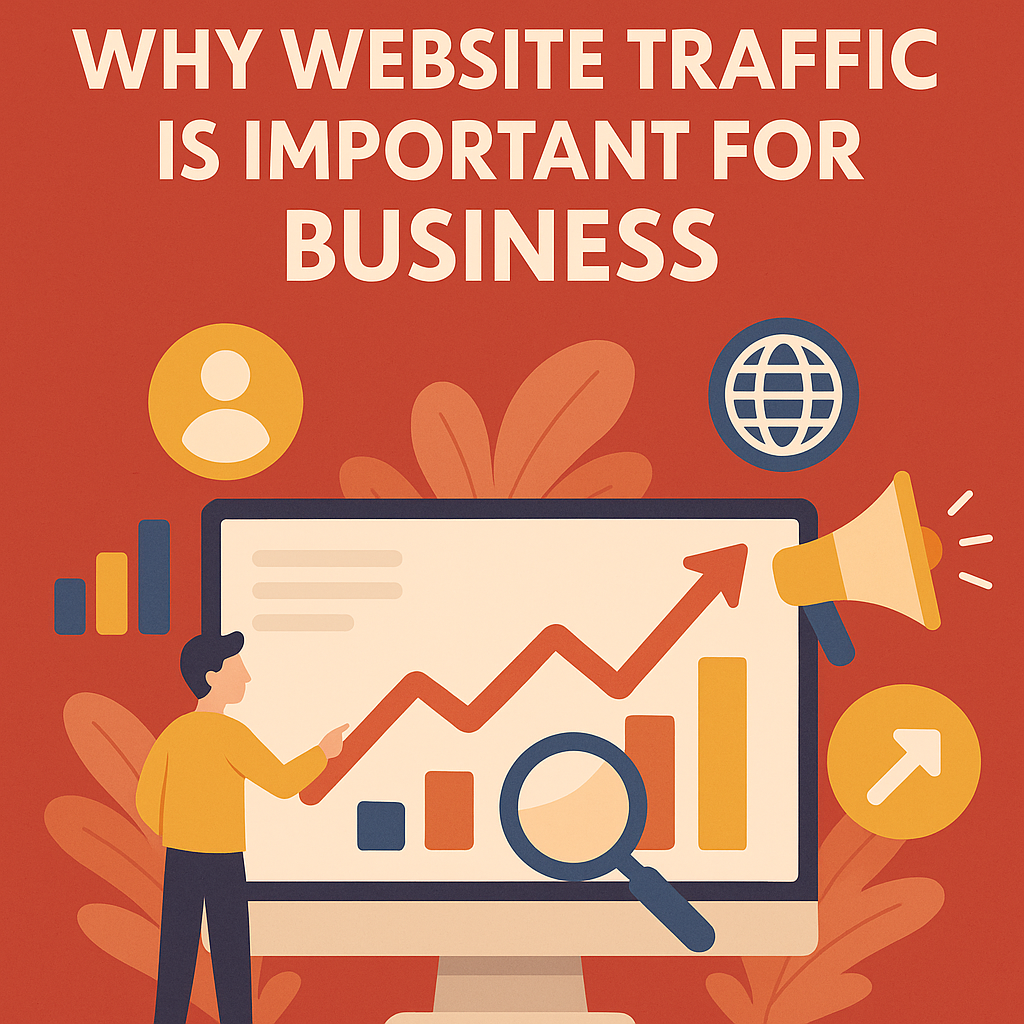
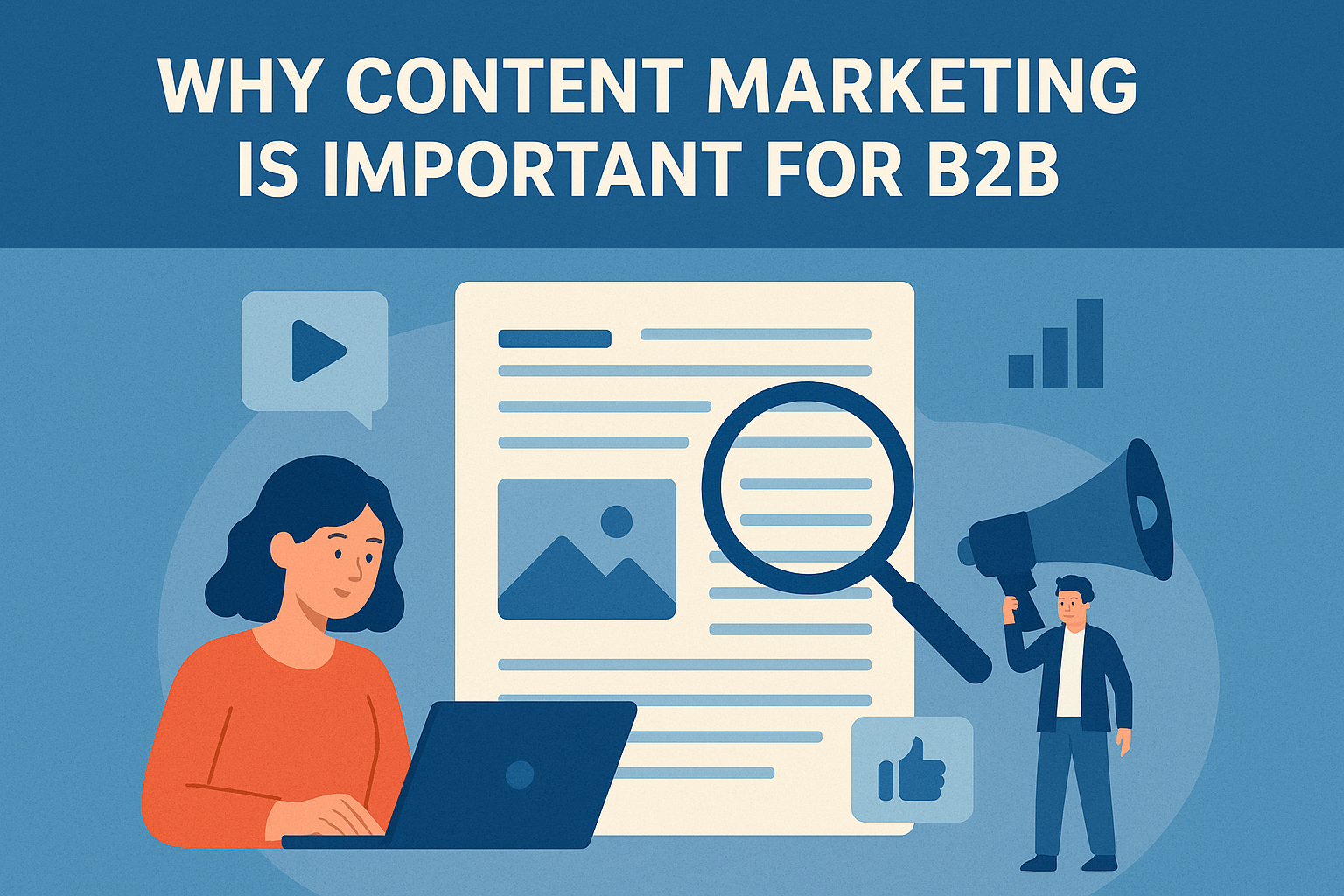
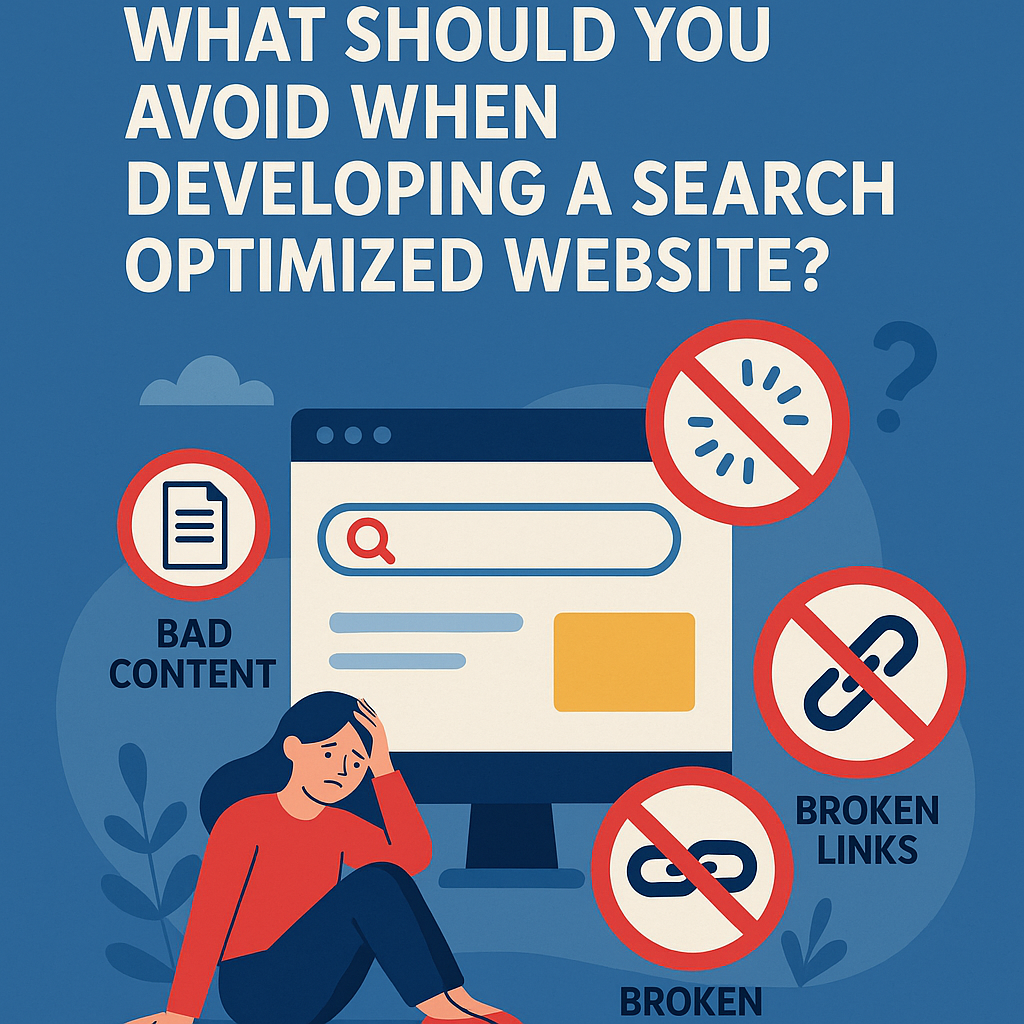

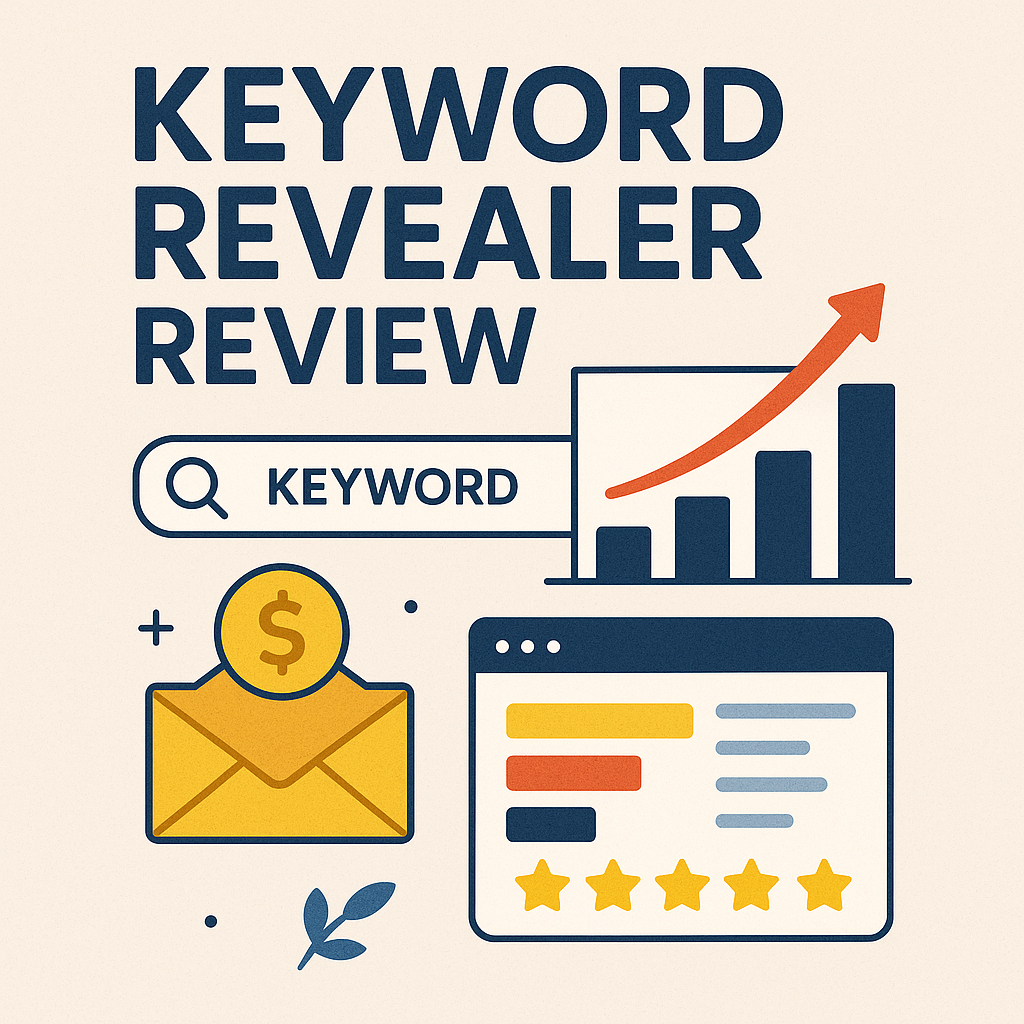
![What To Do After Keyword Research [2025 Guide]](https://backlinkmanagement.io/wp-content/uploads/2025/05/What-To-Do-After-Keyword-Research.png)
![Is Page Speed Really A Ranking Factor? [2025]](https://backlinkmanagement.io/wp-content/uploads/2025/05/Is-Page-Speed-Really-A-Ranking-Factor.png)
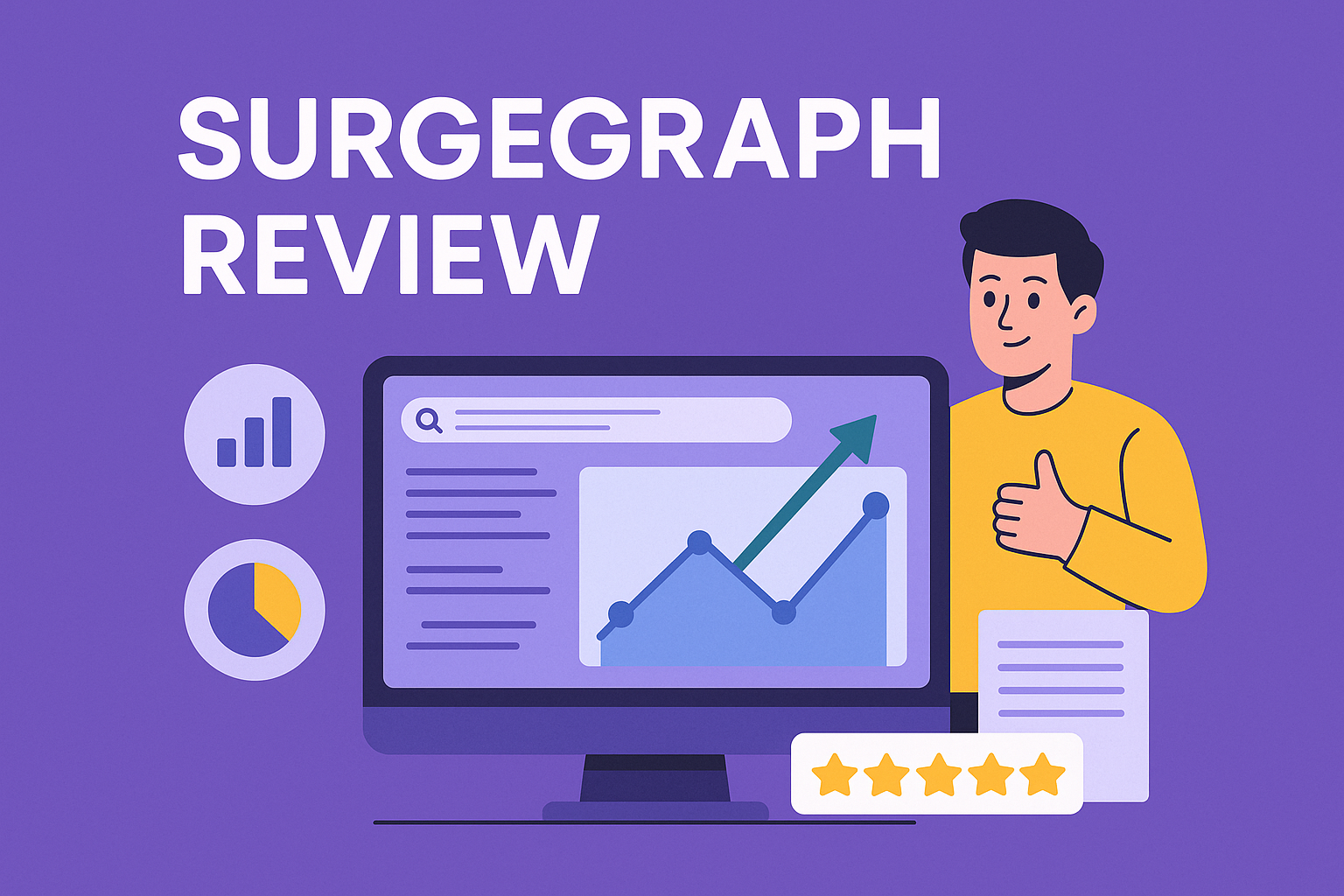
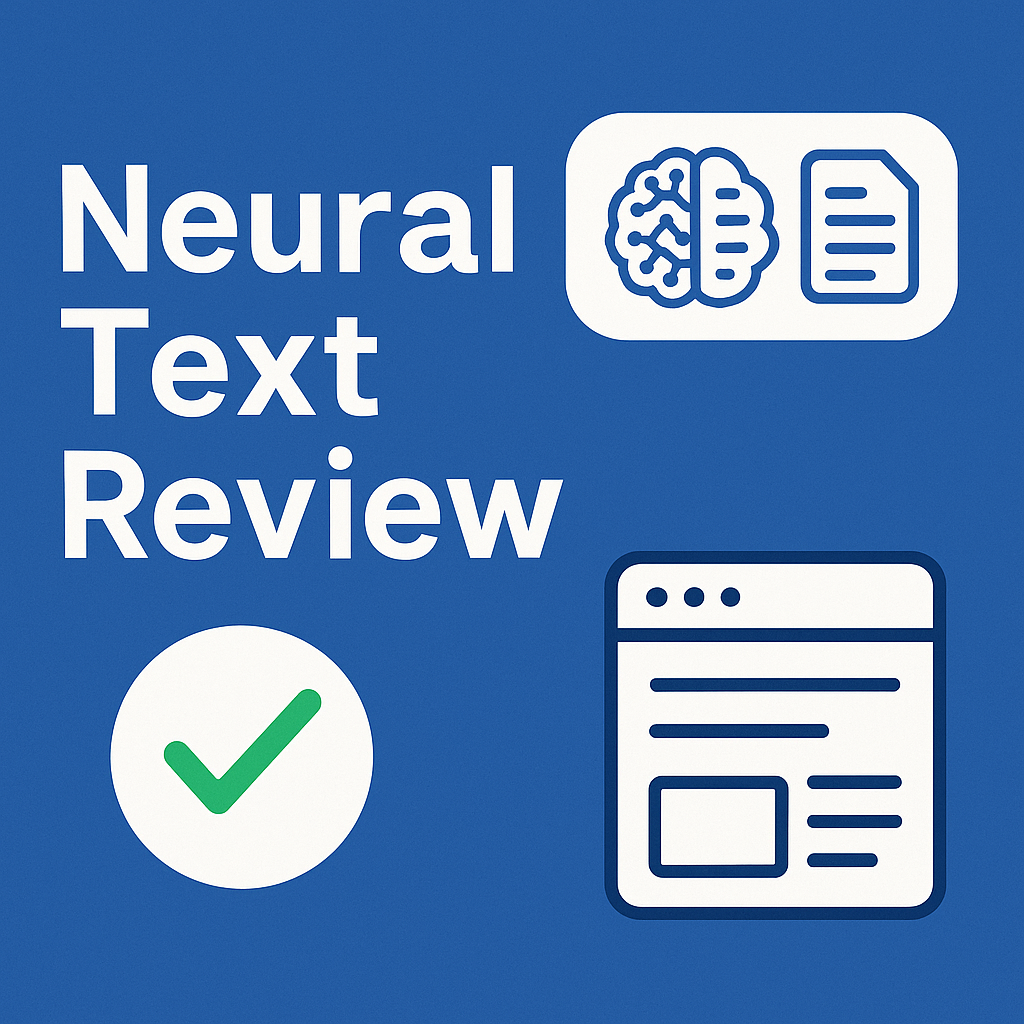

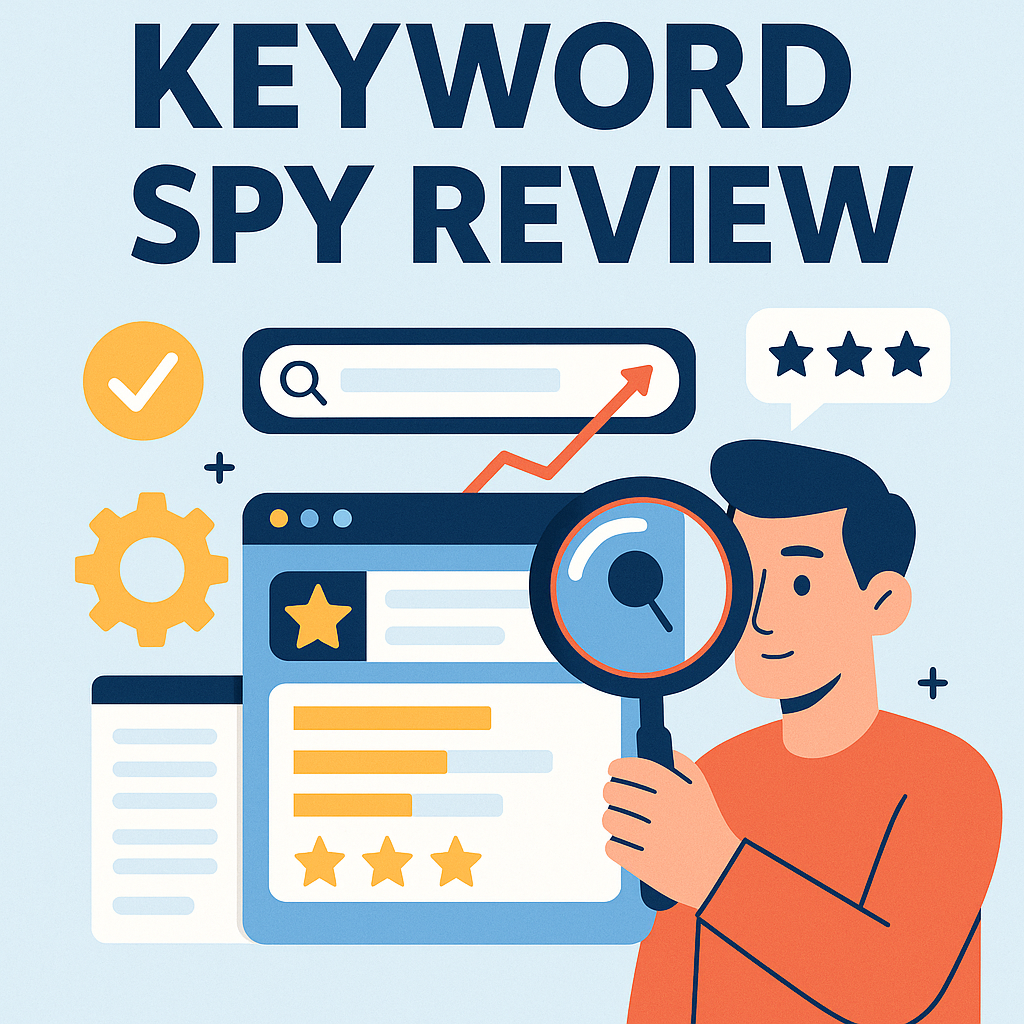




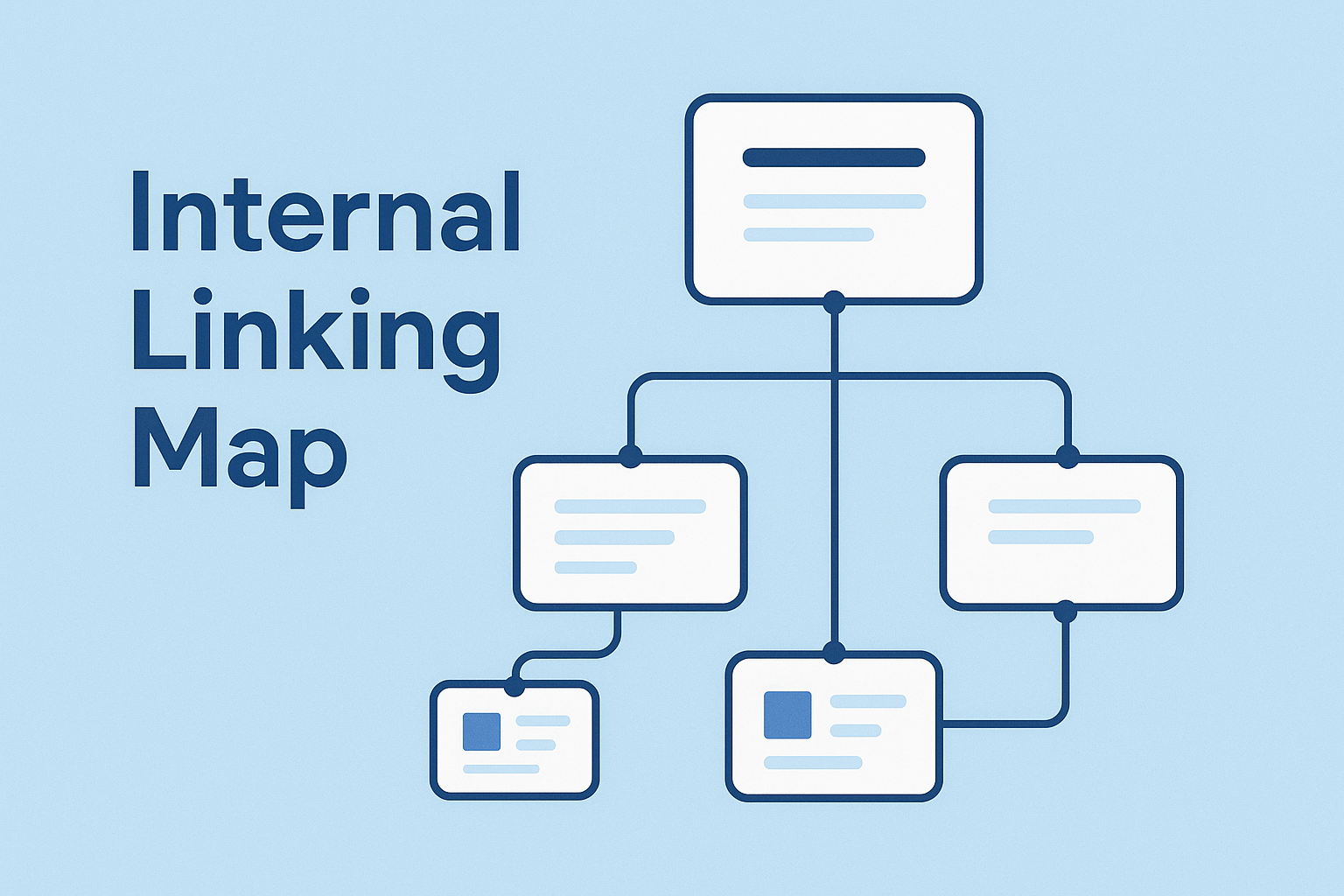

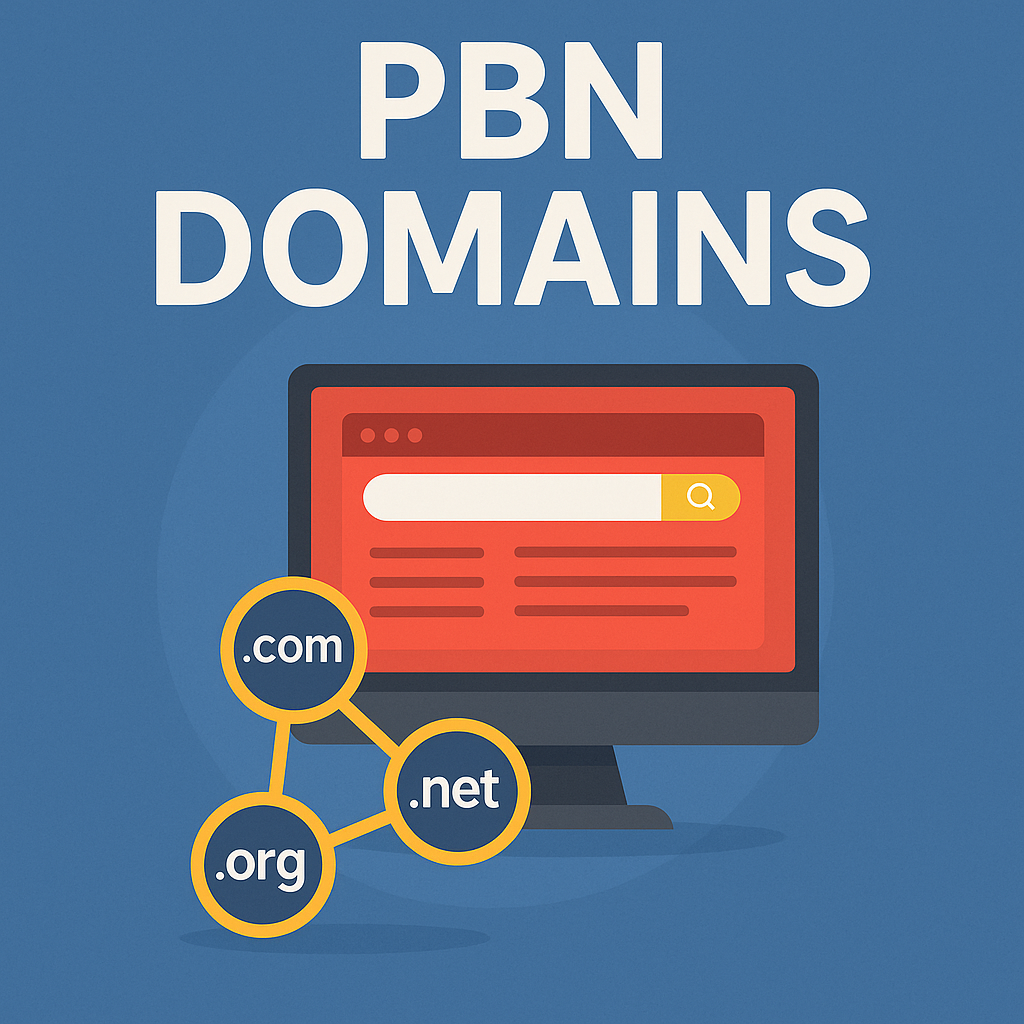
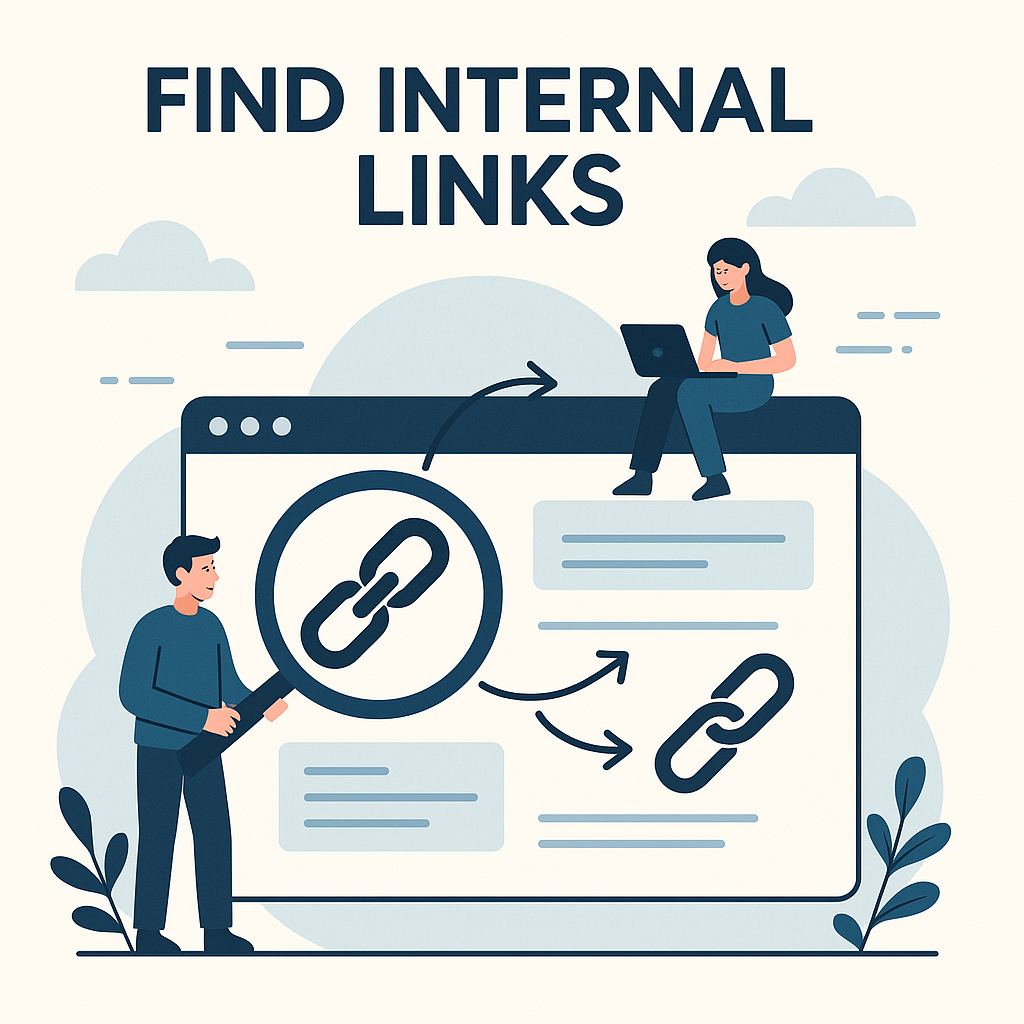
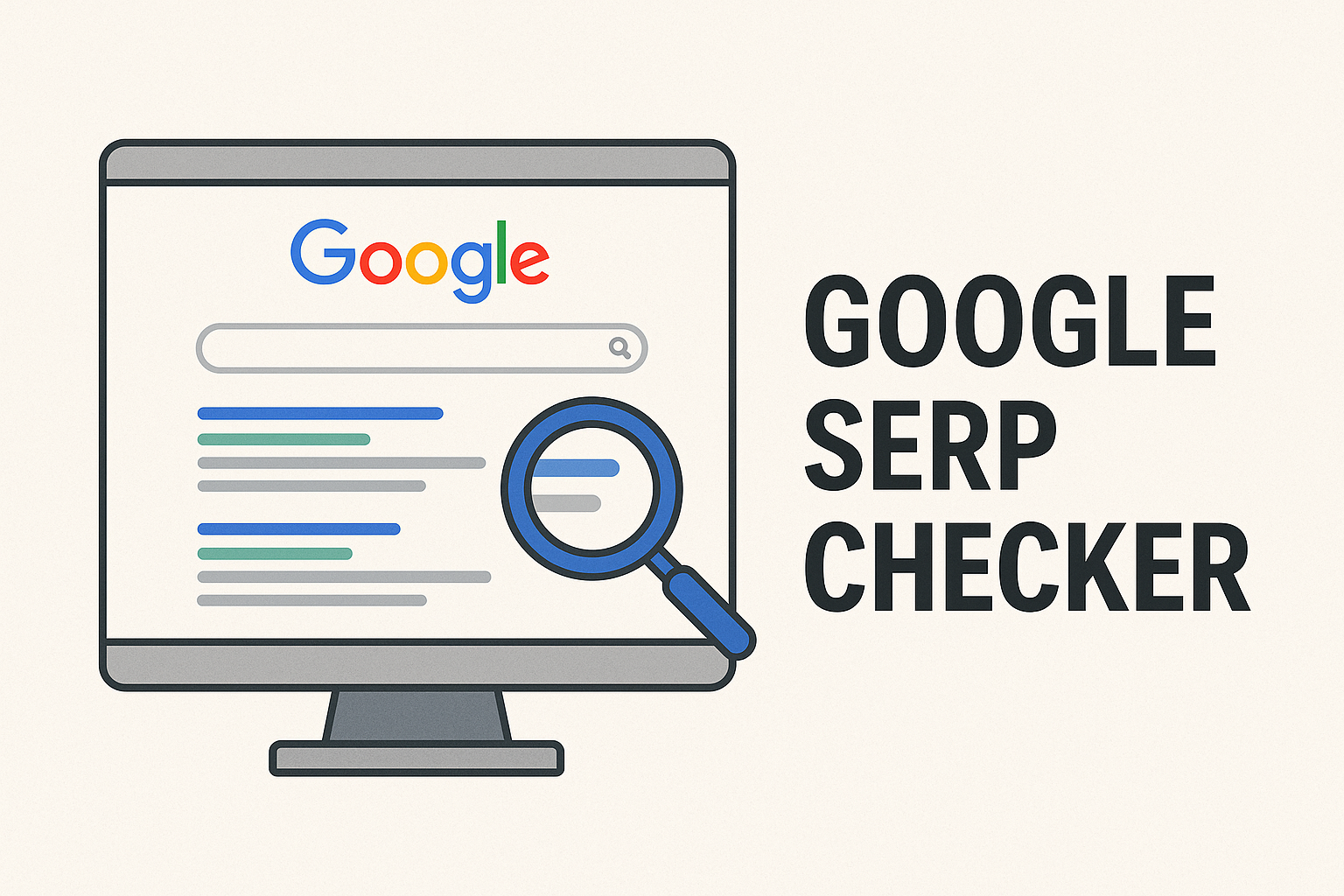
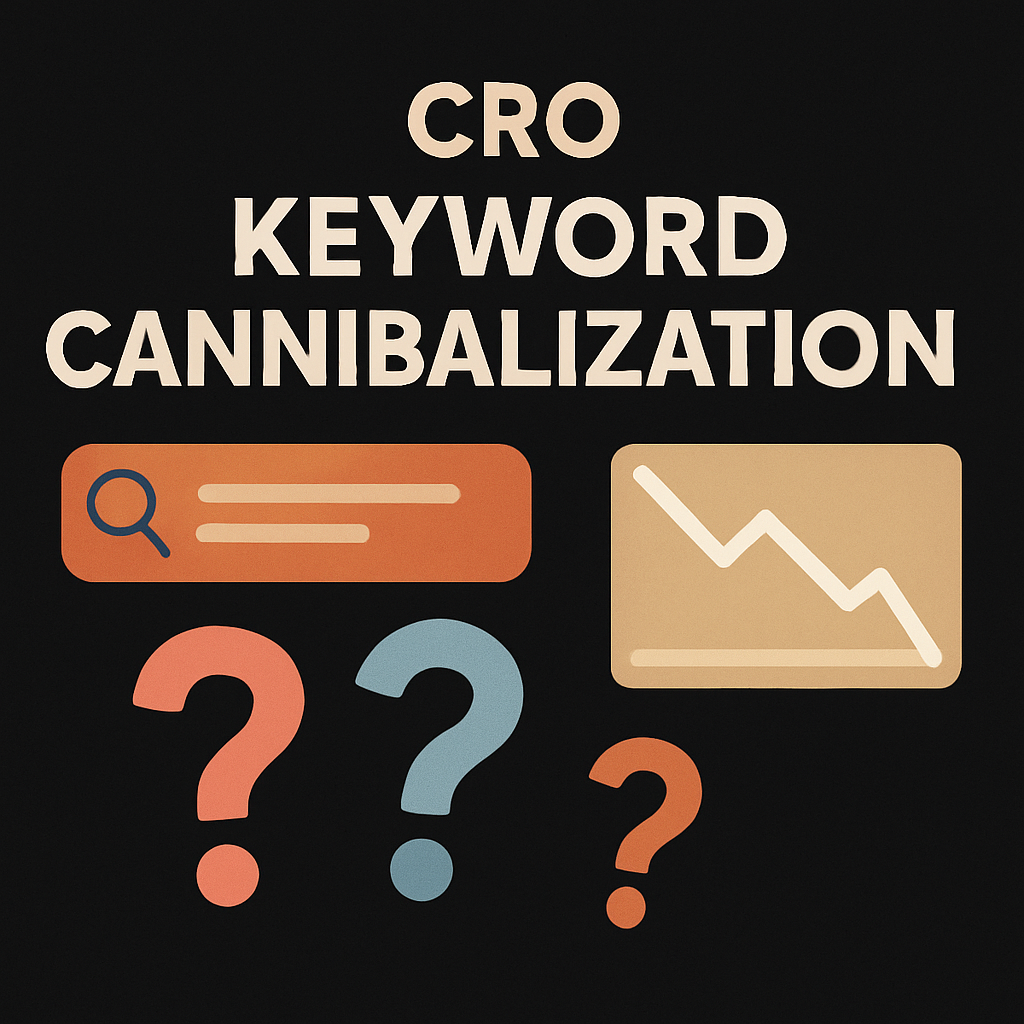
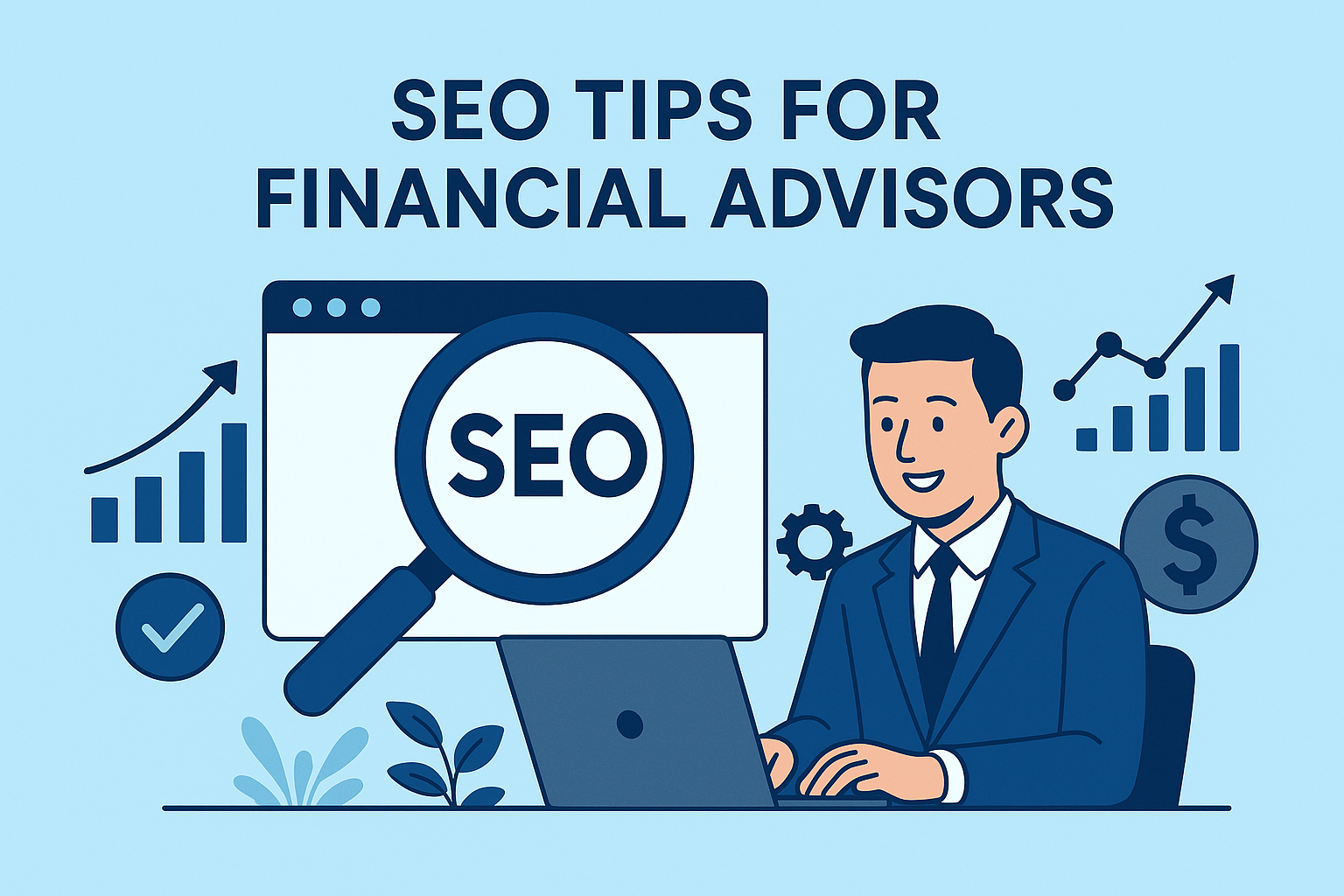

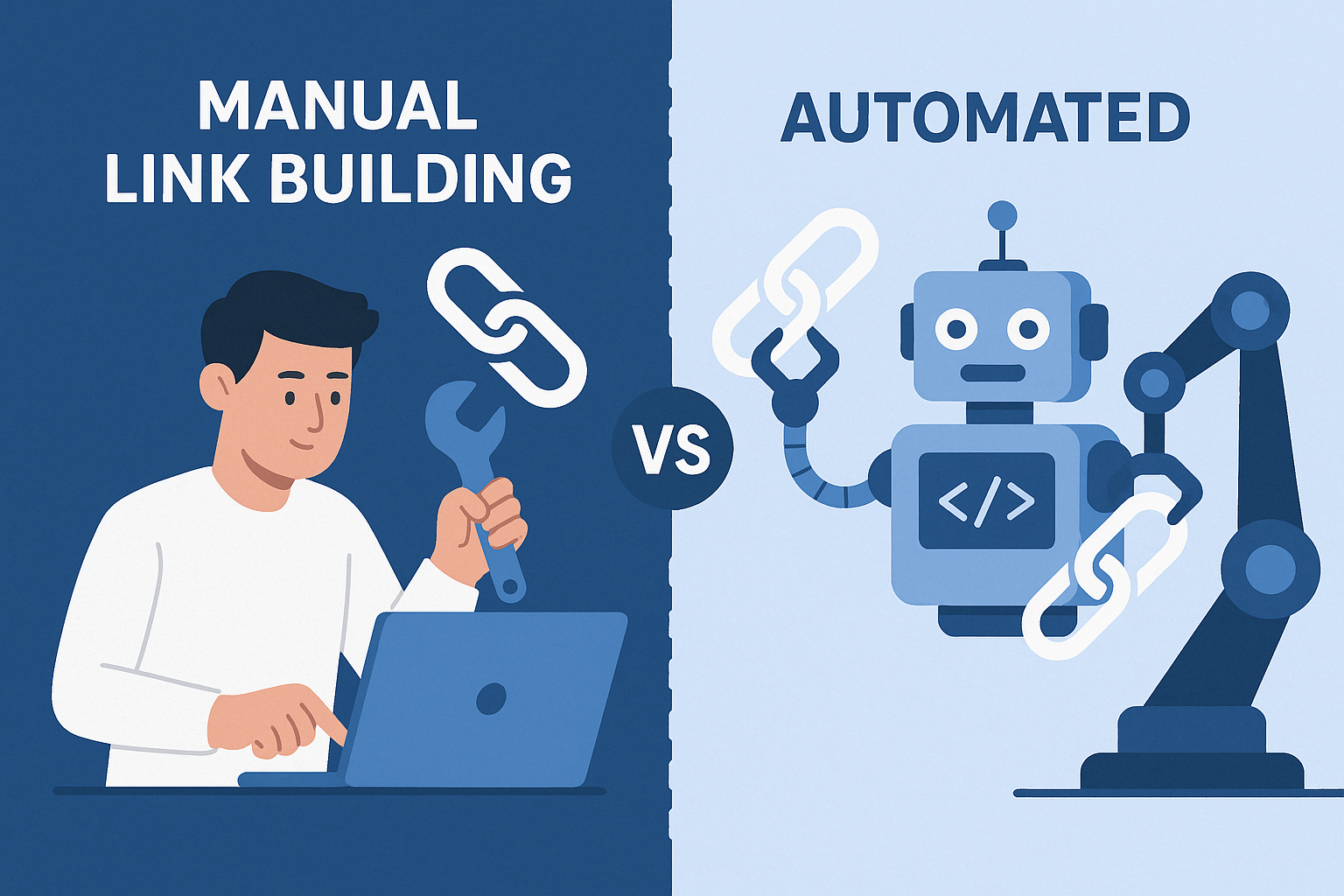



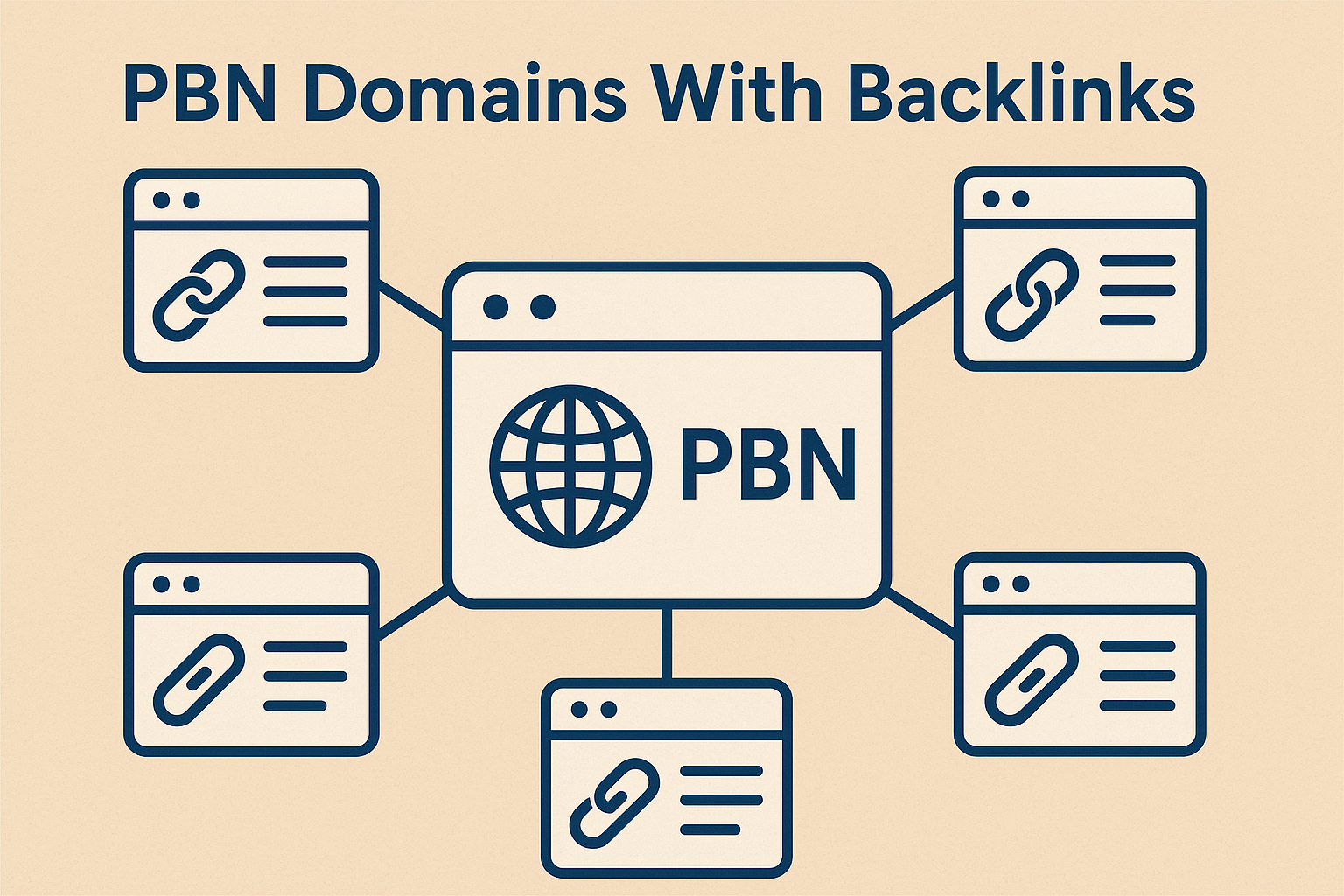
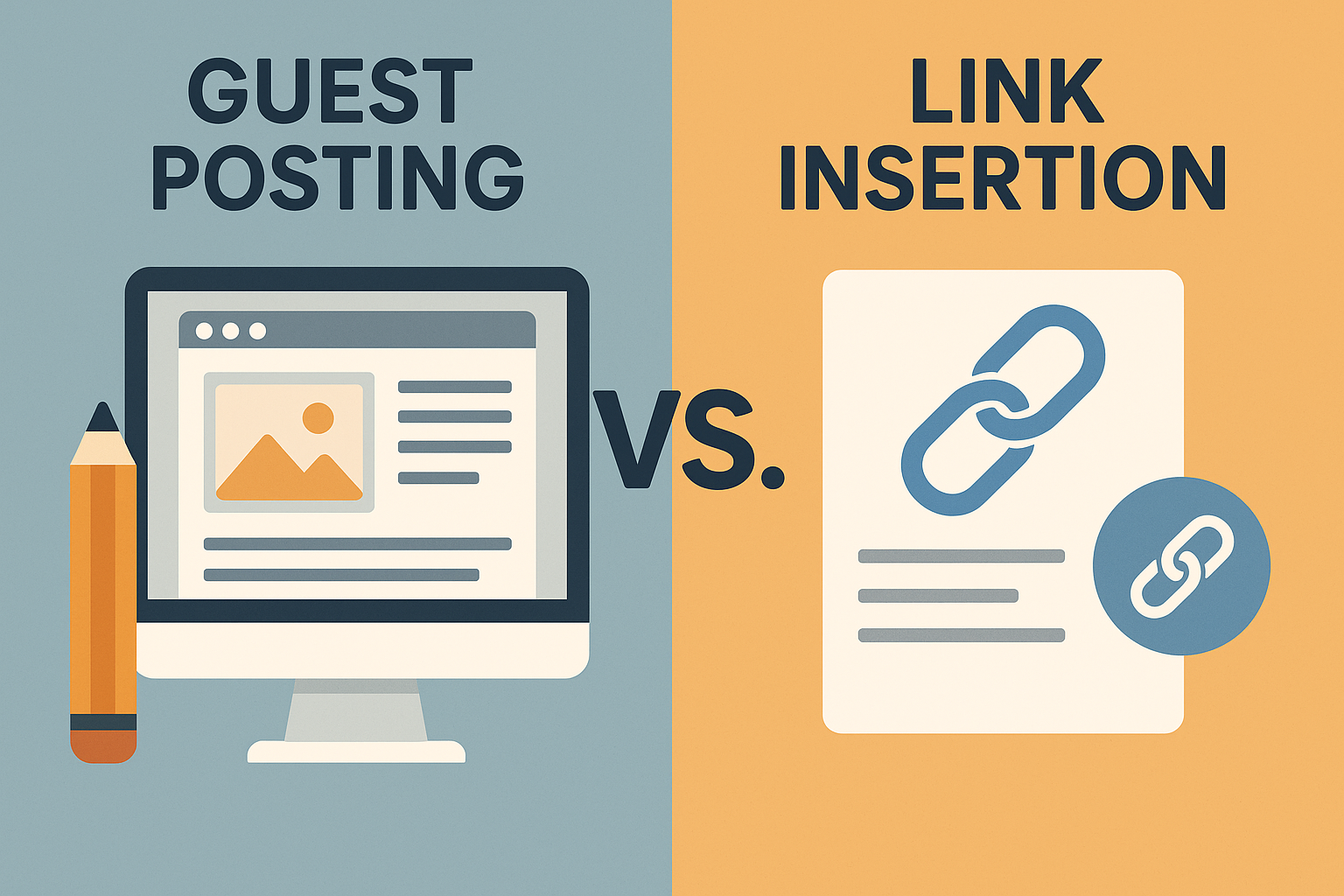
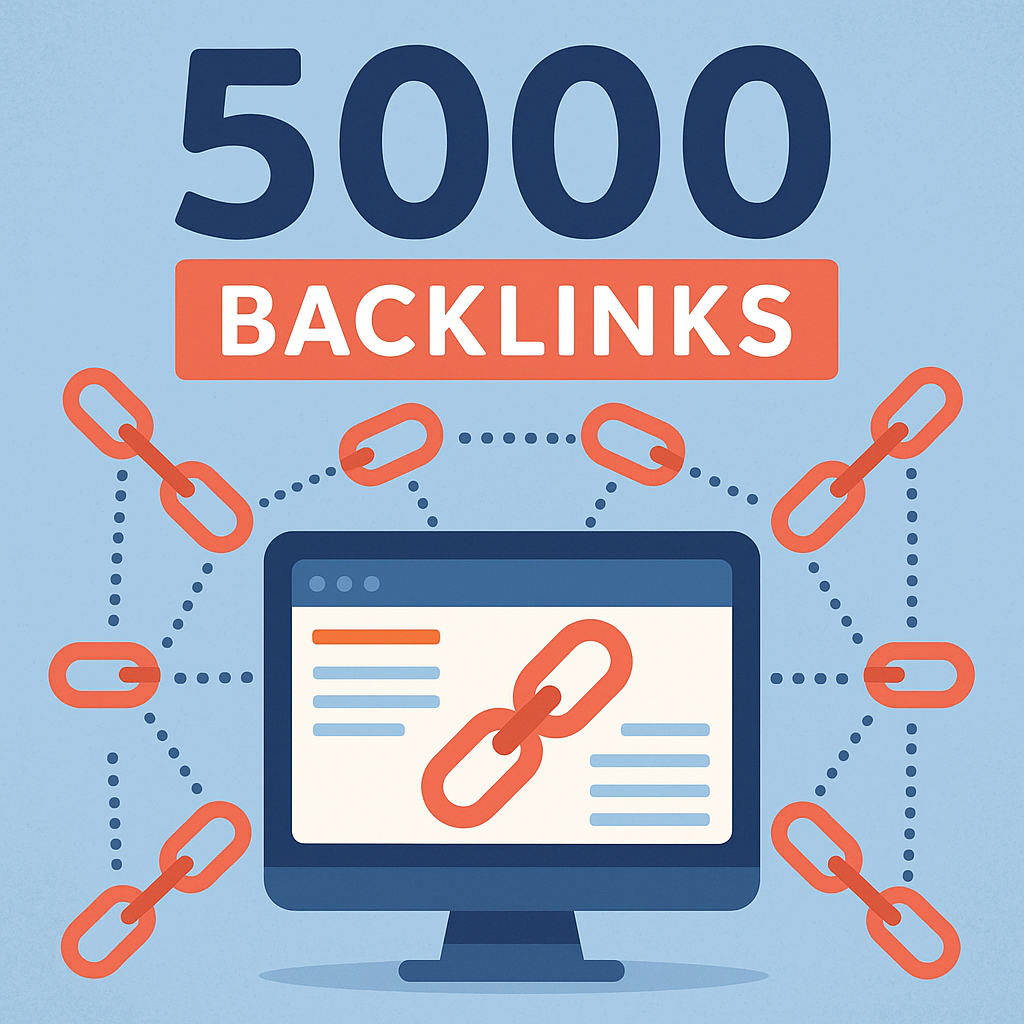
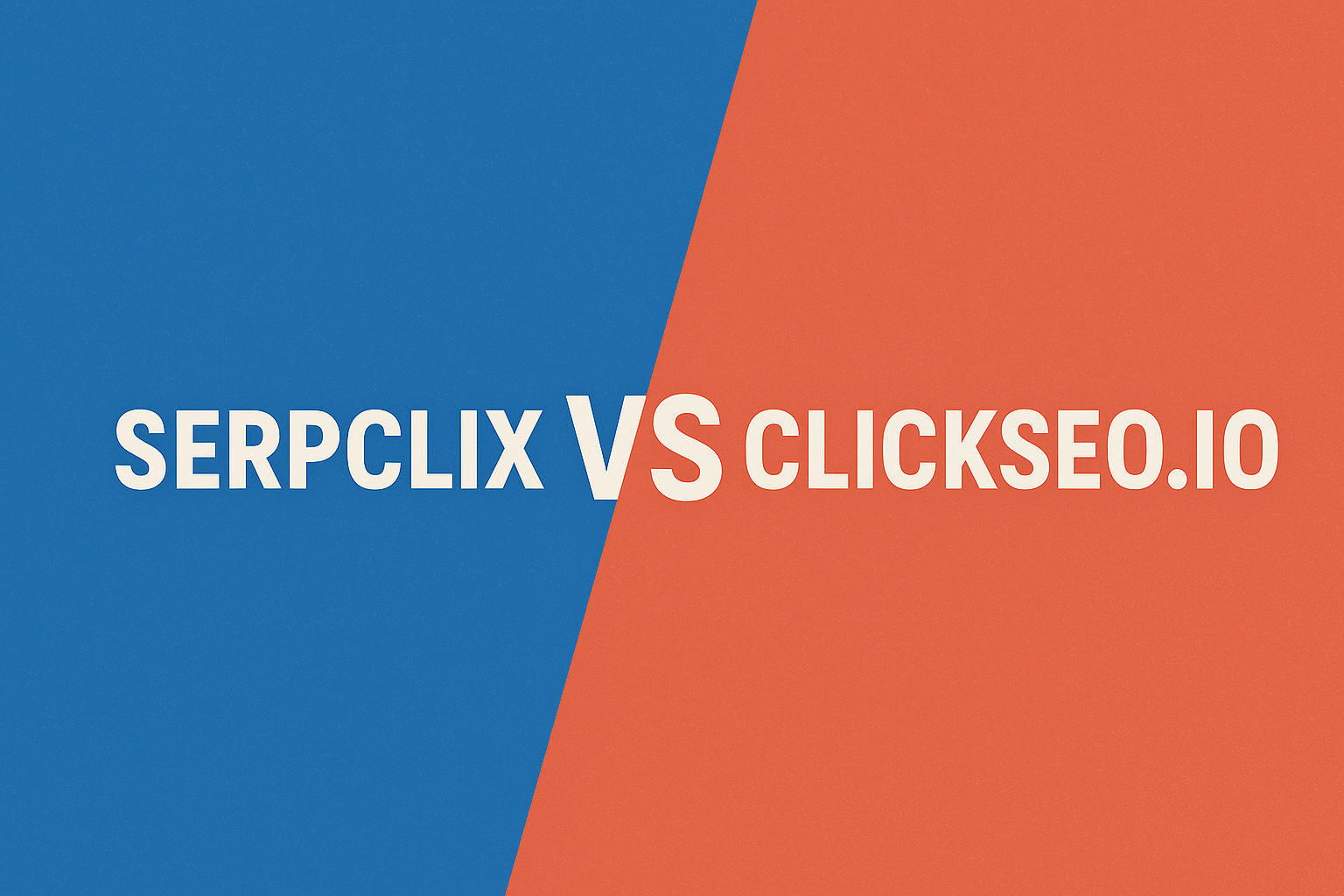

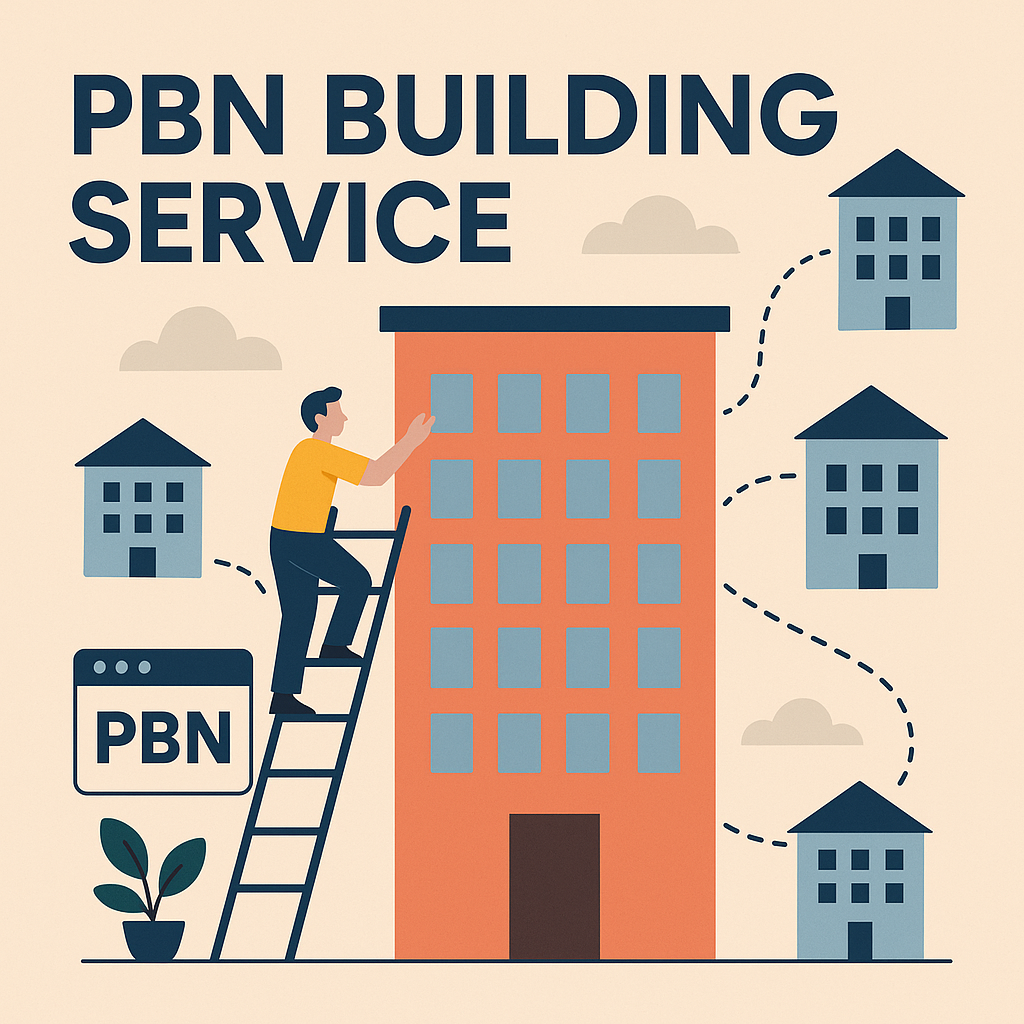
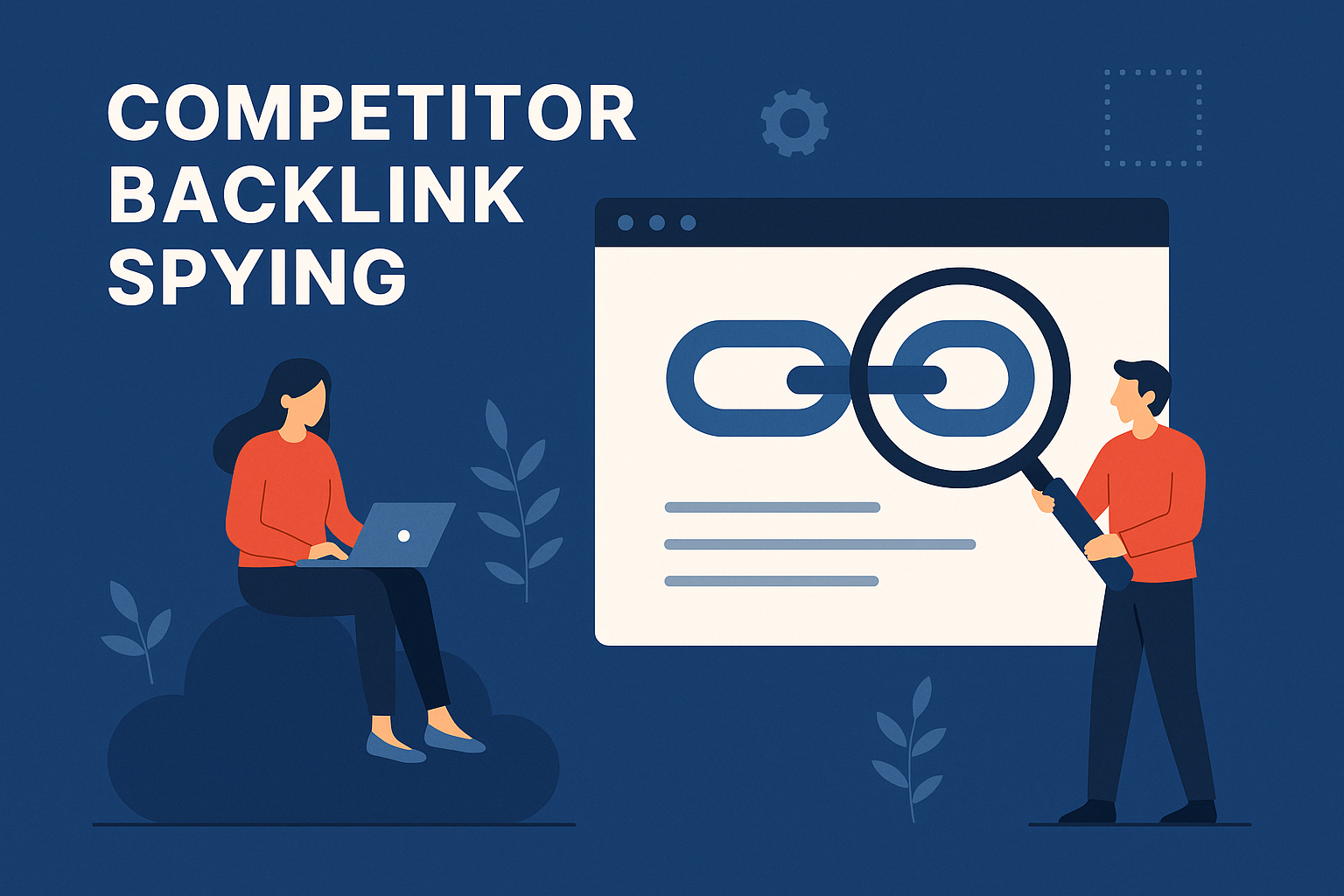

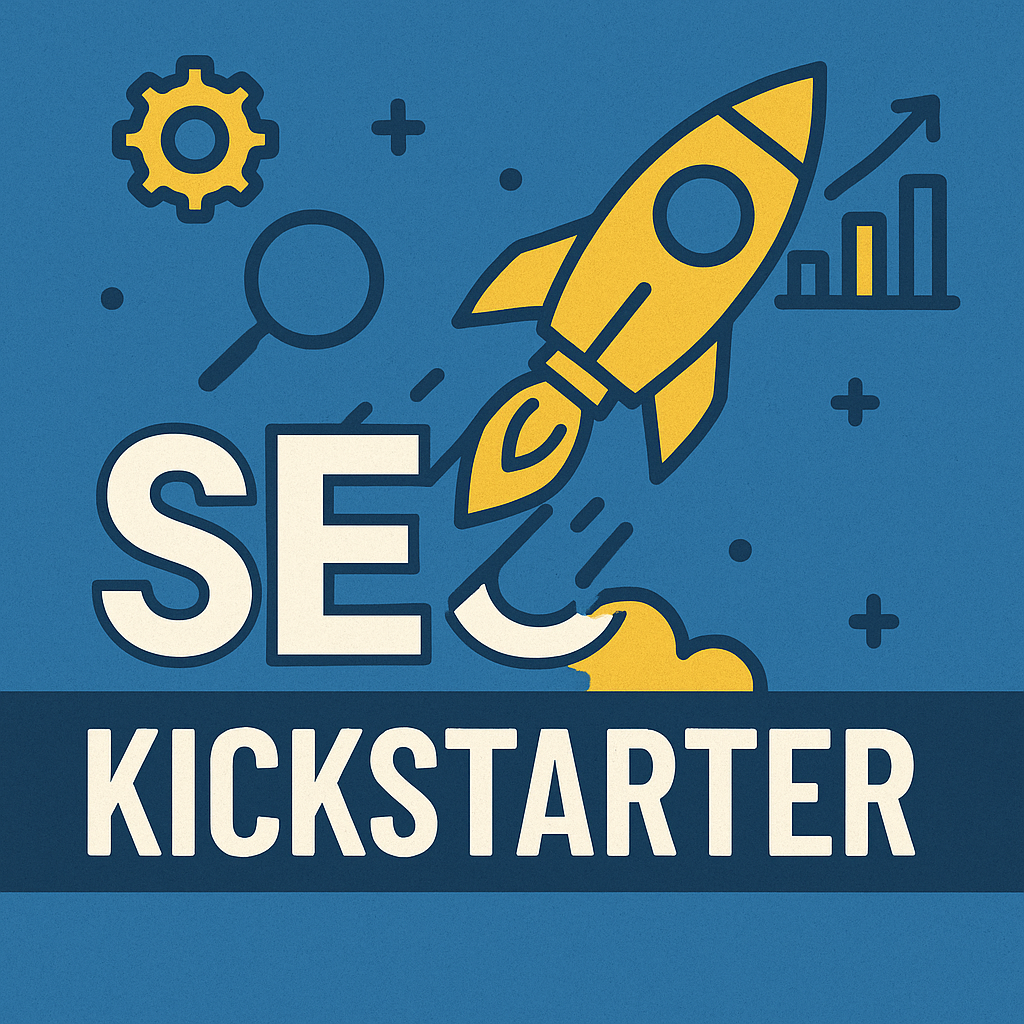
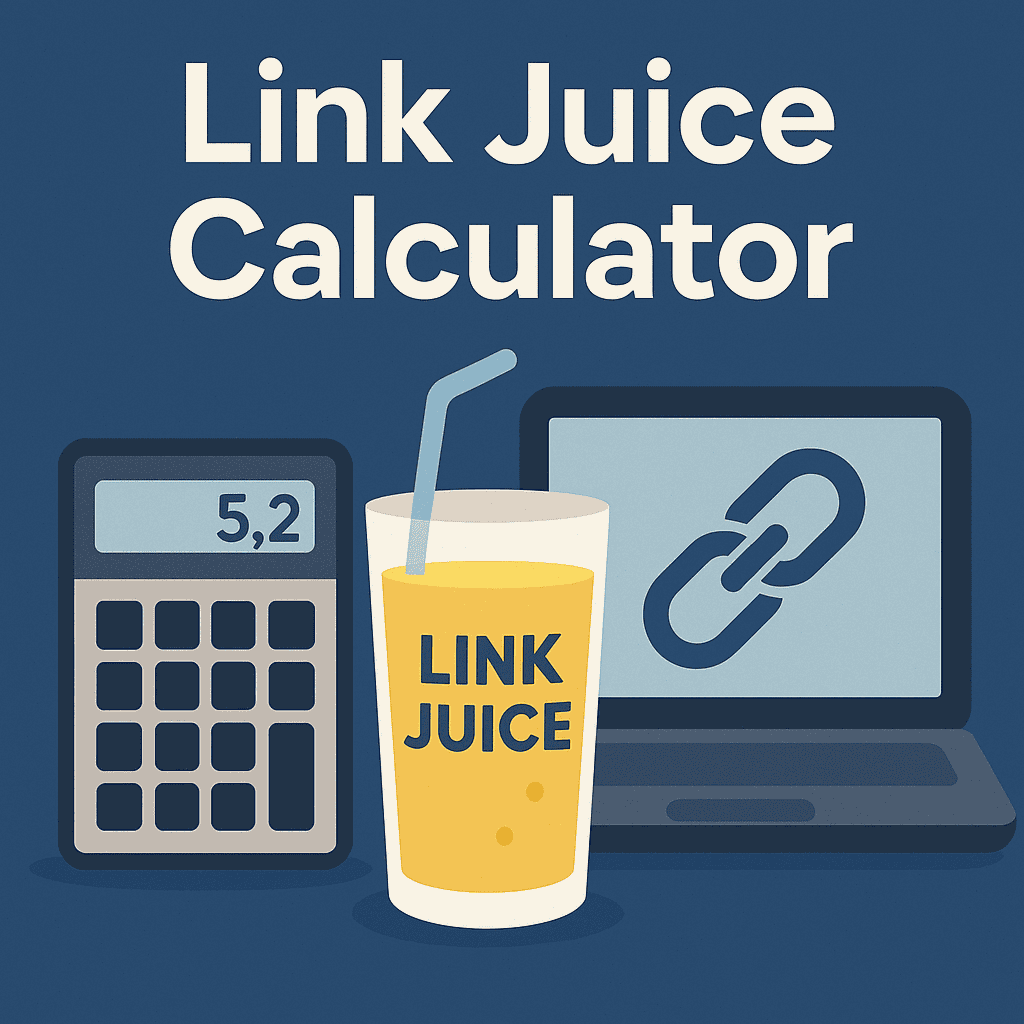
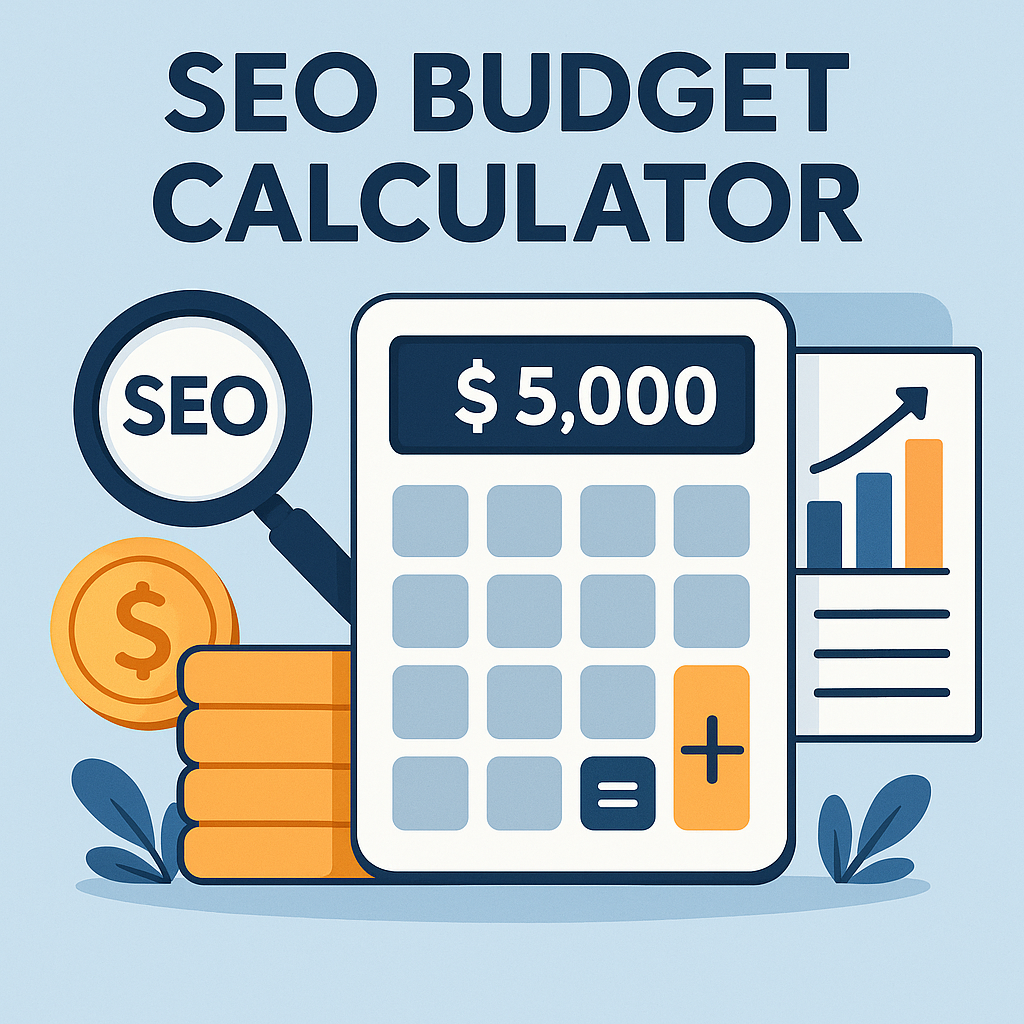

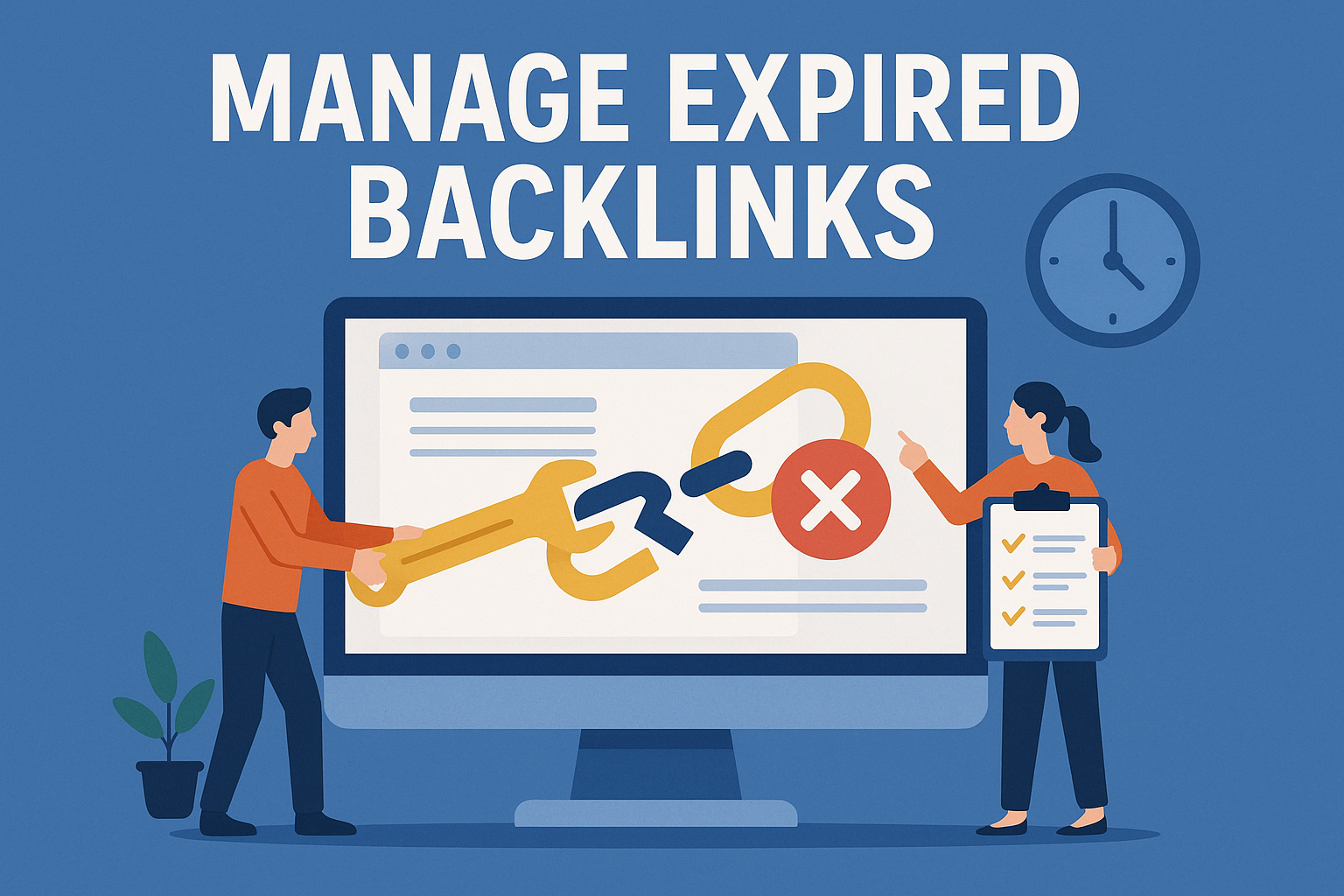
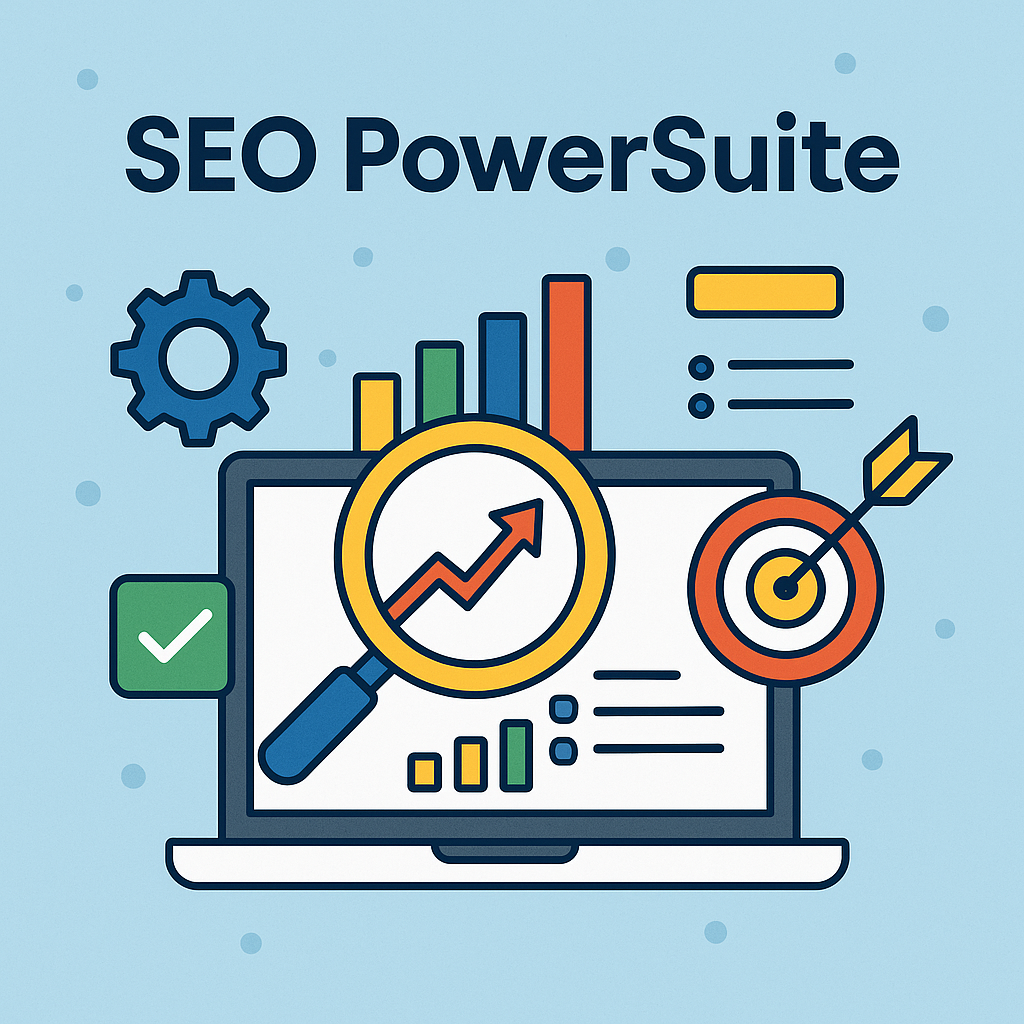
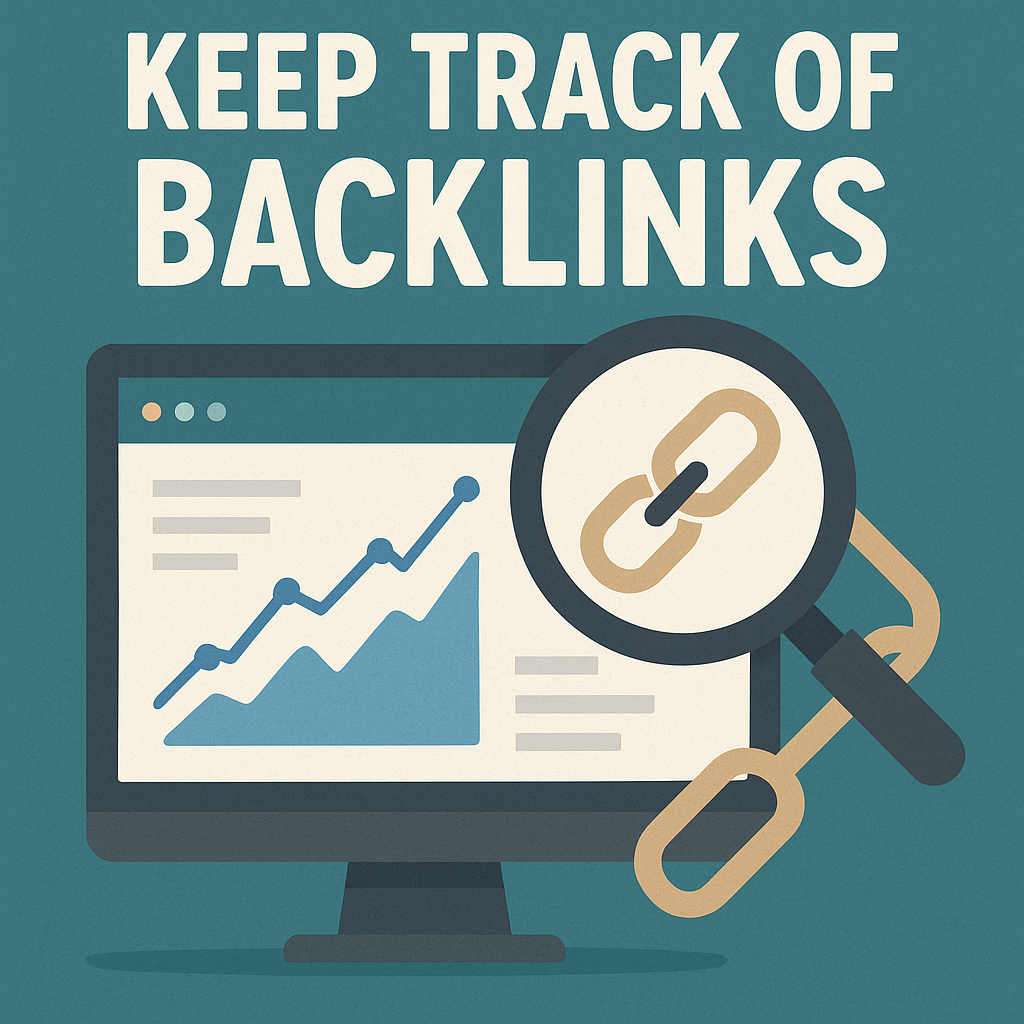
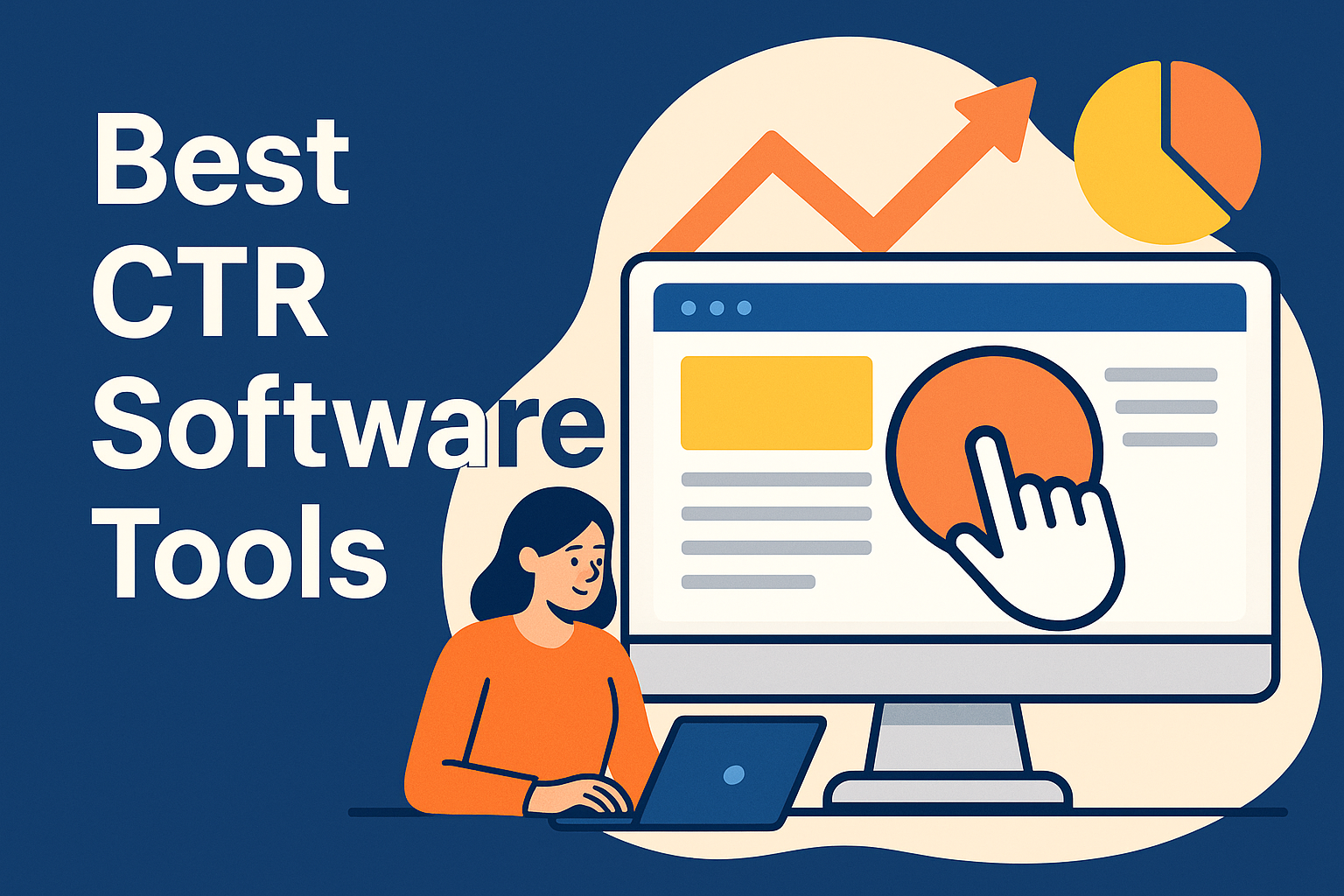
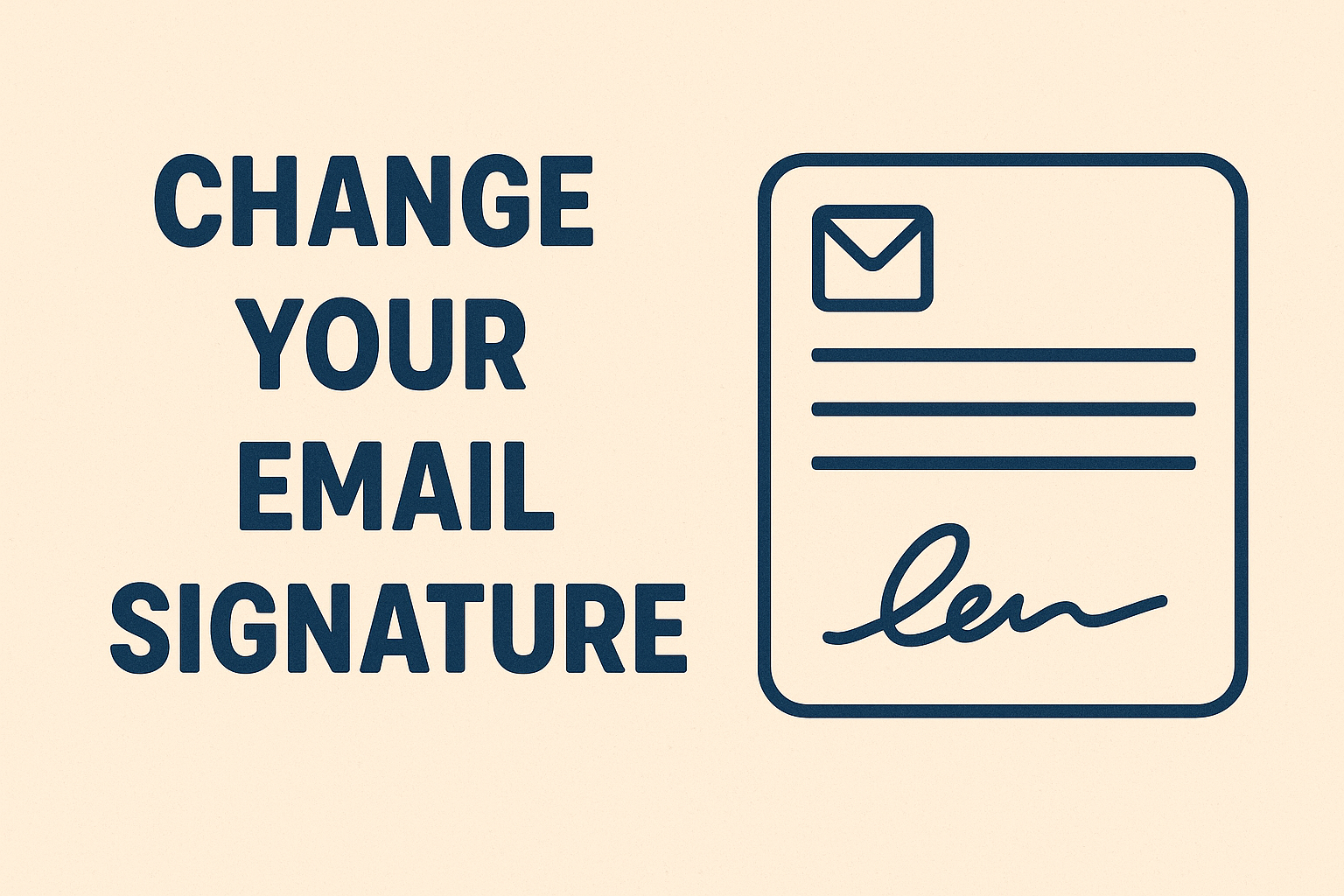
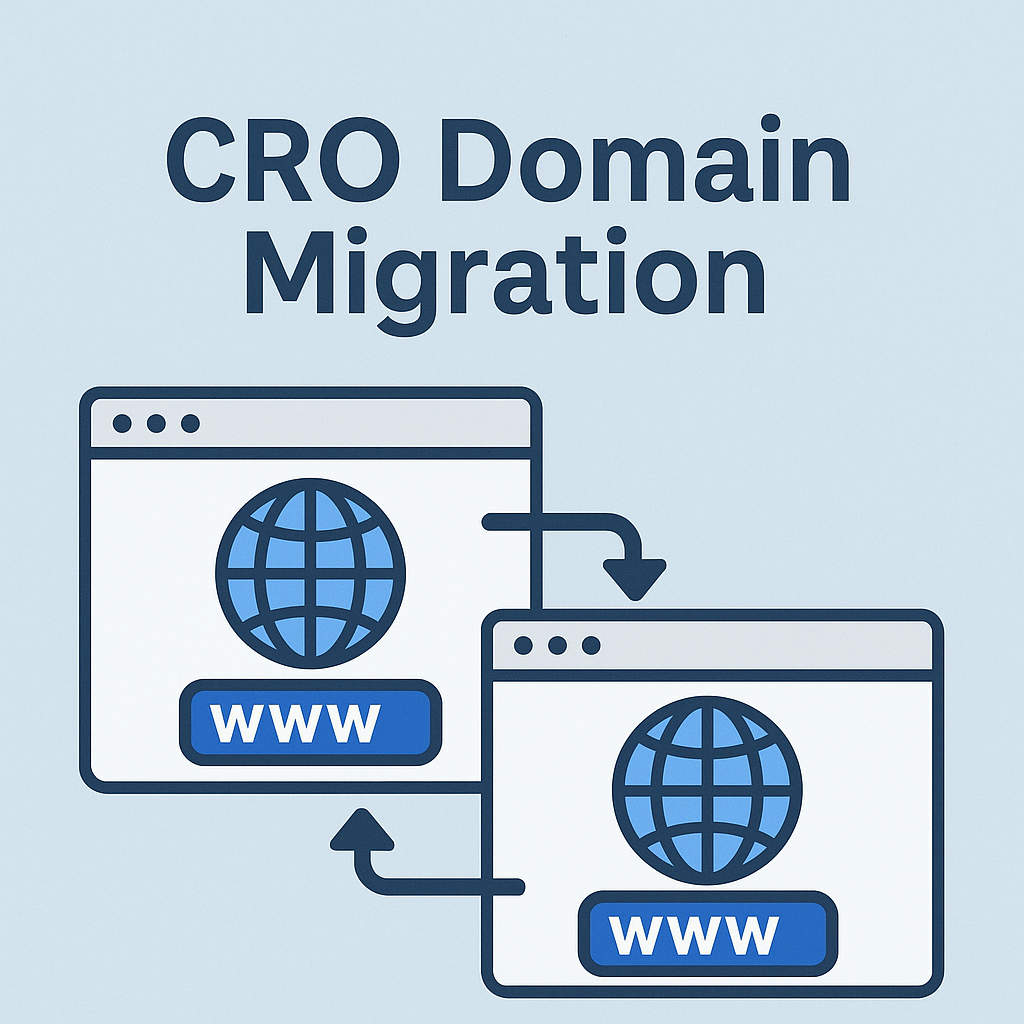


![Best Link Exchange Sites [Free & Safe] – Top 5 Picks](https://backlinkmanagement.io/wp-content/uploads/2025/04/Free-Link-Exchange.png)
